
THE ART AND CRAFT BEHIND THE CAMERA WWW.CINEMATOGRAPHY.WORLD ISSUE 021 MAY/JUNE 2024 ROBERT ELSWIT ASC•SAYOMBHU MUKDEEPROM•DOUGLAS KOCH CSC•ROB HARDY BSC ASC•DAVAANYAM DELGERJARGAL SIMON DUGGAN ACS ASC•DAVID KATZNELSON BSC•ADRIANO GOLDMAN ABC BSC ASC•POLLY MORGAN ASC BSC INSIDE THIS ISSUE








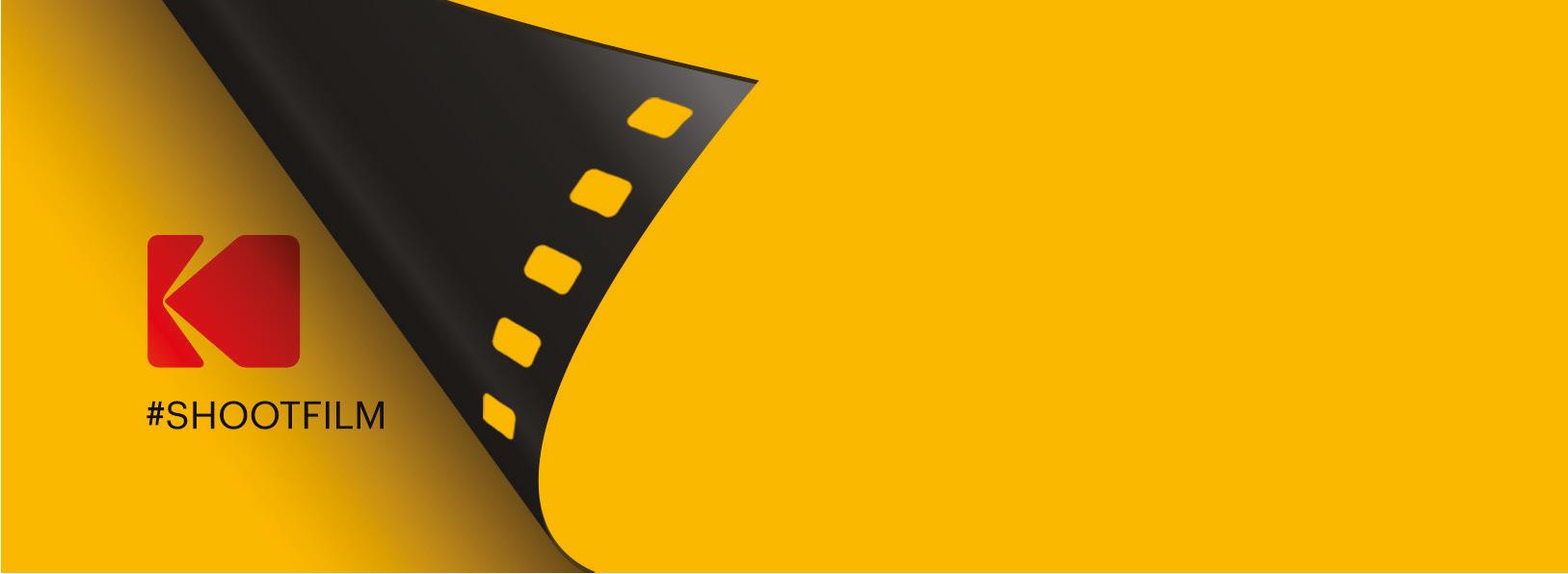



Courtesy of Focus Features. © 2023 Focus Features. All Rights Reserved. FILM MAKES A DIFFERENCE KODAK VISION3 500T 5219 KODAK VISION3 250D 5207 #THEBIKERIDERS ONLY IN CINEMAS THE BIKERIDERS ©Kodak, 2024. KODAK, VISION and the KODAK logo are trademarks of Kodak.
Rascals Publishing & Media Ltd
Red Lion Yard, Odd Down, Bath United Kingdom BA2 2PP Tel: +44 (0) 1428 746 375
Editor-in-Chief RON PRINCE ronny@cinematography.world
Special Consultant ALAN LOWNE alan@cinematography.world
Editorial Assistant KIRSTY HAZLEWOOD kirsty@cinematography.world
Advertising Manager CLAIRE SAUNDERS claire@cinematography.world
Social Media YASEMINE KAZIM yasmine@cinematography.world
Subscriptions CDT ASSOCIATES LTD
CWSubscriptions@cdtassociates.co.uk
Web Manager IAIN HAZLEWOOD iain@cinematography.world
Art Direction & Creative Kinda Stuff
JAM CREATIVE STUDIOS adam@jamcreativestudios.com tim@jamcreativestudios.com
CONTACT US
News hello@cinematography.world
Ad sales & Subscriptions +44 (0) 1428 746 377 Artwork artwork@cinematography.world +44 (0) 1428 746 375 www.cinematography.world
EDITORIAL TEAM
Ron Prince has over three decades of experience in the film, TV, CGI and VFX industries, and has written about cinematography for 20 years. In 2014, he won the ARRI John Alcott Award from the BSC. He also runs the international content marketing and PR communications company Prince PR. “Count” Iain Blair is a British writer/musician who lives in LA and writes extensively about film/entertainment for outlets including LA Times, Variety and Reuters. He interviews movie stars, as well as Hollywood’s top filmmakers.
Darek Kuźma is a film and TV journalist, translator/interpreter, and a regular collaborator/programmer of the EnergaCamerimage Film Festival. He is an ardent cinephile who has a lifelong romance with the visual language of cinema.
David Wood is a freelance journalist covering film/TV technology and production He was a former technology editor at Televisual, and is a regular contributor to Worldscreen, TVB Europe and Broadcast.
Kirsty Hazlewood has over two decades of editorial experience in print/ online publications, and is a regular contributor to folk/roots music website Spiral Earth.
Michael Burns has covered film, broadcast, VFX, animation and interactive design, in print and online, for 20 years, for publications including IBC Daily, Digital Arts, TVB Europe and Broadcast Tech.
Natasha Block Hicks is an artist/designer/maker, who spent a decade as a freelance film and TV camera assistant, and indulges her love for cinema and cinematography through research and writing.
MUNICH
We were really a bunch of inexperienced youngsters with nothing but passion to tell this story.
DP Davaanyam Delgerjargal on If Only I Could Hibernate
Roll up, roll up! Euro Cine Expo 2024, taking place on 27th to 29th June, in Munich, promises all the fun of the fair, and more.
Once again, Cinematography World is the official sponsor for the third edition of Europe’s premier cinematography expo, and you can check out some of the camera, lens, lighting and grip products that will be on display in our Great Gear Guide in this issue.
The expo organisers have gone to some lengths to surround the exhibits with a host of other unmissable events and learning experiences for people involved in moving image creation. These include a symposium that is jam-packed with a broad range of seminars, panels discussions and Q&As, led by leading members of IMAGO’s Technology committee, the International Cinema Lighting Society (ICLS), the BVK, and vendors such as Blackmagic, Sony, Dedolight and Lightbridge. Plus, there’s a chance of a lighting masterclass from an Oscar winner too.
Three presentation rooms will be dedicated to highend discussions with international speakers: directors, actors, colourists, gaffers, scientists and DPs coming from more than 12 countries. They include Dion Bebbe ACS ASC, Claire Pijman NSC, Elen Lotman ESC, Bojana Andric SAS, Miga Bar, Roberto Schaefer ASC AIC, Christian Wieberg-Neilsen FNF, Tim Kang and Maria Teresa Medina.
If those weren’t enough good reasons to attend, this show represents your chance to meet with industry friends and network like never before in a friendly atmosphere.
We look forward to seeing you there. But if our paths don’t happen to cross on the show floor, stay safe and happy filming.







 Cover Image: Andrew Scott as Tom Ripley in Ripley, directed by Steve Zaillian, shot by Robert Elswit ASC.
Cover Image: Andrew Scott as Tom Ripley in Ripley, directed by Steve Zaillian, shot by Robert Elswit ASC.
CINEMATOGRAPHY WORLD MAY/JUNE 2024 3
Photo credit: Philippe Antonello. Copyright © 2021 Netflix, Inc.
Get your free digital subscription by scanning here NOW! ISSUE 021•CINEMATOGRAPHY WORLD SUBSCRIBE You can subscribe to the print, digital, or print and digital, versions of Cinematography World. This will cover you for the six issues delivered over a 12-month period. Your email will also be added to our monthly newsletter update, unless you decide to opt out of these news feeds. Cinematography World is part of Rascals Publishing & Media Ltd. The publishers emphasise that opinions expressed within Cinematography World Magazine are not representative of Rascals Publishing & Media Ltd, but are the responsibility of individual contributors. Cinematography World is created using responsibly sourced paper. All inks used during the printing process are vegetable based and virtually free from volatile organic compounds. Waste, paper, ink and consumables are recycled. Where this is not possible waste is sent to specialist centres for safe disposal. Cinematography World is created using responsibly sourced materials RECYCLE
Ron Prince Editor in Chief
Ron Prince
photo by Joe Short www.joeshort.com
Official Media Partners
True Cinema. For All.

ZEISS Nano Prime Lenses
ZEISS Nano Primes are cinema lenses designed for modern full frame mirrorless cameras. The six focal lengths all feature a high speed of T1.5 in a small and robust real cine lens housing. Nano Primes are lenses for all cinematographers, budgets and projects. Lenses that check all the boxes when it comes to look, ergonomics, size and weight or lens data workflow. Lenses that you can afford. Lenses that won‘t let you down. Go-to cinema lenses for every day.
zeiss.com/cine/nanoprime
Meet us at Euro Cine Expo Booth 412





CINEMATOGRAPHY WORLD MAY/JUNE 2024 5 ISSUE 021•CINEMATOGRAPHY WORLD 44 BACK TO BLACK 40 CHALLENGERS 58 FURIOSA: A
34 RIPLEY INSIDE ISSUE 021 MAY/JUNE 2024 6 VIEW FROM THE TOP•LYNDSAY DUTHIE, CEO PGGB 8 PRODUCTION NEWS 18 WHO, WHAT, WHEN & WHERE 26 SMOOTH OPERATOR•AGNIESZKA ‘AGA’ SZELIGA ACO 28 STUDIO NEWS•ROUND-UP 32 STUDENT UNION•LUSÓFONA UNIVERSITY, LISBON 34 ROBERT ELSWIT ASC•RIPLEY 40 SAYOMBHU MUKDEEPROM•CHALLENGERS 42 ROB HARDY BSC ASC•CIVIL WAR 44 POLLY MORGAN ASC BSC•BACK TO BLACK 46 DAVAANYAM DELGERJARGAL•IF ONLY I COULD HIBERNATE 48 GREAT GEAR GUIDE•EURO CINE EXPO 2024 : PREVIEW 58 SIMON DUGGAN ACS ASC•FURIOSA: A MAD MAX SAGA 64 DAVID KATZNELSON BSC•THE TATTOOIST OF AUSCHWITZ 66 ADRIANO GOLDMAN ABC BSC ASC•THE CROWN 68 DOUGLAS KOCH CSC•HUMANE 70 SPOTLIGHT•LCA – LIGHTS CAMERA ACTION 74 GAFFER’S CAFÉ•SHAUN CONWAY ICLS 76 ON TOUR•PANALUX: NEW LONDON FACILITY 68 HUMANE
MAD MAX SAGA
EYES O N THE PRIZE
With summer in the air, I think we’re all emerging with feelings of hope after the profound impact of the WGA and SAG-AFTRA strikes last year, which was further compounded by a commissioning downturn from UK broadcasters. Our members in the film and HETV community have felt the full force of the fallout from this. Prior to the industrial action the UK had experienced an unprecedented rise in fullycommissioned production, and while this may have peaked, we are confident that our UK below-the-line talent can soon get back to doing what they do best – creating world class content.
A recent piece of encouraging news for both our members and the industry as a whole was the government’s acknowledgement of the success of inward investment and commitment to British film and HETV, with new measures announced in the Spring Budget. As well as positive news on business rates relief, which was hugely anticipated by studios in the UK, the new Independent Film Tax Credit (IFTC) is a potential gamechanger for the industry landscape.
Sustainability is at the heart of everything we do
Supporting our members and strengthening relationships with our business partners is always a priority for us. We have recently launched a bursary scheme to allow those affected by the challenging circumstances of the last 12 months to remain members of our community of peers and be kept abreast of opportunities as above. We are also about to launch our inaugural membership mentoring scheme, which will match accomplished, seasoned members with those needing support to move to next stage of career, allowing us to support continued professional development of our members proactively.
In a move that demonstrates the PGGB’s ongoing commitment to nations and regions, we have also hired a new Membership Talent Executive from the north-west of England, creating a full-time regional presence across that area. This is the first time we have had a staff role based in the nations and regions and this reaffirms our commitment representing and supporting our members and partners across the UK, which started with the creation of regional hubs and committees based in Bristol and the south-west, the north-west, Yorkshire, Scotland, Northern Ireland and Wales.

It’s our chance to spotlight those who contribute to the overall creative process of the first-class content that comes out of the UK. From accounts, production and assistant directing to location management, post-production and VFX, our awards acknowledge the important roles these leading lights play.
Over the past few years, we’ve endured the chaos and uncertainty of the pandemic and then
The IFTC is for films with budget up to £15million. Films that might not otherwise have gone into production will now be made. The requirement to have a UK director, or a UK writer, or to be certified as an official UK co-production will deliver increased opportunities for new as well as established UK talent. Ensuring the UK’s own pipeline of independent film through the added tax relief is a critical move for domestic film production, helping to protect a sector of the industry key in developing talent and sustaining and creating jobs across the economy. The US strikes highlighted the need, more than ever, for a mix of domestic as well as inward investment-led projects to ensure resilience.
Nurturing the next generation and creating a healthier, more conscious industry are key aims of the PGGB. Sustainability is at the heart of everything we do, both in terms of a greener filmmaking future and a more inclusive industry. Our dedicated Sustainability Committee are pushing ahead with a host of initiatives to support this, including an in-person event at Sky Studios Elstree allowing our members to meet and network with cutting-edge sustainable technology providers.
We were delighted to be able to host our annual Talent Showcase, in association with The Walt Disney Studios and honour Million Youth Media, Fully Focused with the presentation of The Duke Of Edinburgh Film & TV Inclusion Award in February. This was in recognition of their relentless endeavours to provide talented young people from under-represented communities with the tools, opportunities and knowledge they need to thrive.
This September will see us host our bi-annual Production Guild Awards, which celebrates the wealth of talent within our esteemed membership.
We never stay down for long
US strikes – but we never stay down for long. We recalibrate and find ways through. It does feel like we are coming into a ‘new normal’ though. Production levels may have peaked, broadcasters are more mindful of viewers time-shifting their viewing and creating their own streaming services, series reruns are getting new outings, AI is looming – so there’s definitely more change ahead, but we have shown ourselves as an industry to be organised and able to come together as one when needed. We need to keep eyes on the prize to navigate this next phase and we remain confident that we have some of the world’s best creative talent to lead the way.
Lyndsay Duthie, CEO PGGB
6 MAY/JUNE 2024 CINEMATOGRAPHY WORLD
CEO PGGB
VIEW FROM THE TOP•LYNDSAY DUTHIE,

2024 CANNES FESTIVAL PROVES A BIG WINNER FOR KODAK FILM
Kodak Motion Picture and Entertainment celebrated 33 productions shot-on-film at the 2024 Cannes Film Festival, including Sean Baker’s Palme d’Or-winning film Anora. Within this impressive tally, the winning films of the Best Director, Best Actor and Best First Film (Camera d’or) categories, along with four productions in Critics’ Week and the winner of the inaugural Audience Award in Directors’ Fortnight, were all shot on film too.
Along with Anora, the film-originated features Bird, Grand Tour, Kinds Of Kindness and Motel Destino, also competed for the Palme d’Or. An additional four titles featured in Un Certain Regard and seventeen titles across Directors’ Fortnight and Critics’ Week were captured on film. Kodak 16mm film continued to prove its popularity and relevance with 26 of the on-film titles at the festival using it as their chosen capture medium.
“It’s wonderful to see continued recognition of artists who prioritise film capture at Cannes,” said Vanessa Bendetti, head of Kodak Motion Picture and Entertainment. “ The shot-on-film productions at the festival this year are testimony to the medium’s
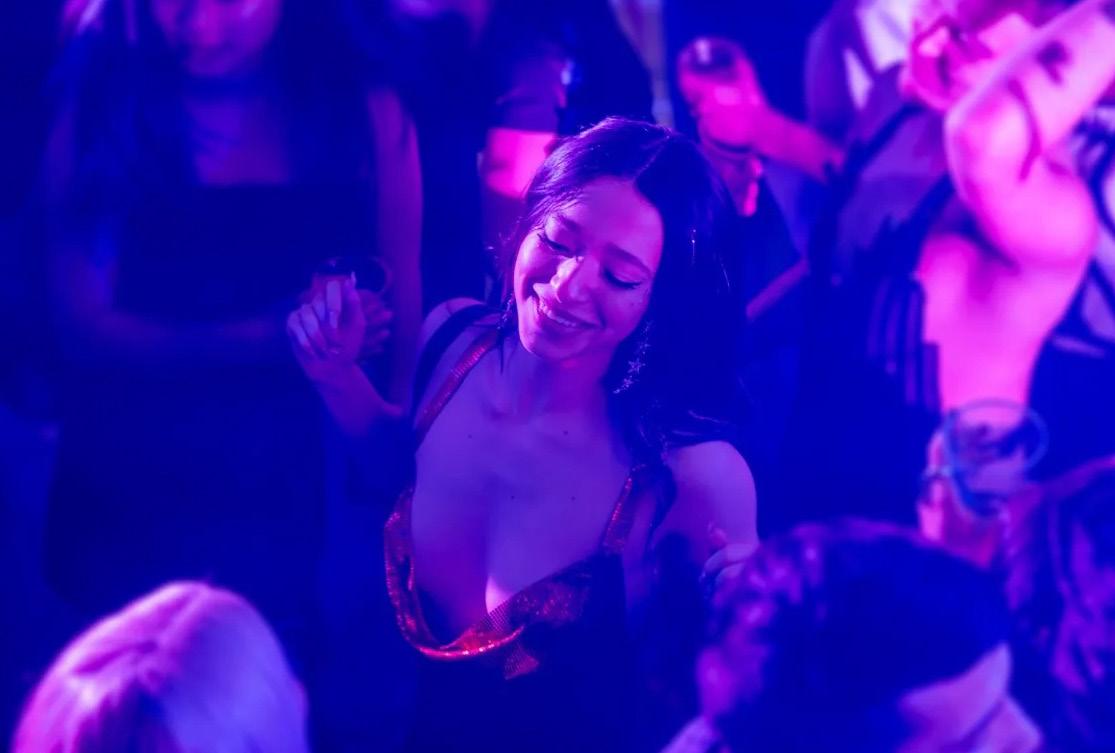
cinematic value, and show that you can successfully shoot film all around the world at varied budget levels. Congratulations to each of the exceptional analogue filmmakers selected for Cannes 2024. Kodak is proud to support your creative visions.”
The list of shot-on-film Cannes 2024 winners are:
MAIN COMPETITION – Palme d’Or
Anora, dir. Sean Baker (35mm)
Best Director
Miguel Gomes for Grand Tour (16mm)
Best Performance By An Actor
Jesse Plemons in Kinds Of Kindness, directed by Yorgos Lanthimos (35mm)
Caméra d’Or Prize
Armand, dir. Halfdan Ullmann Tondel (16mm)
Un Certain Regard
Directors’ Fortnight –Inaugural Audience Award
Universal Language by Matthew Rankin (16mm)
Critics’ Week – French Touch Prize of the Jury Blue Sun Palace by Constance Tsang (16mm)

Leitz Cine Discovery Prize for short film Montsouris (Montsouris Park) by Guil Sela (16mm) Gan Foundation Award For Distribution Jour2fête, French distributor for Julie Zwijgt ( Julie Keeps Quiet) by Leonardo Van Dijl (35mm/65mm)
SACD Award
Leonardo Van Dijl & Ruth Becquart, authors of Julie Zwijgt ( Julie Keeps Quiet) (35mm/65mm)


EURO CINE EXPO RETURNS
Euro Cine Expo is back in Munich for its third year, promising an unrivalled experience for film, television, and broadcast professionals. Scheduled from June 27th to June 29th, this unique event once again unites a global community of industry experts.
The expo offers a platform for manufacturers, suppliers, cinematographers and crew to connect, learn and explore new products, and is further strengthened this year by many partnerships, including with Crew United, the largest European online network for all people and companies involved in the audiovisual industry and their works. With comprehensive, up-to-date and transparent information and innovative tools, Crew United

enables the networking of all industry players and will be a great addition to the event.
This year’s symposium includes an abundance of sessions, including ICLS / ITC hosting ‘Gaffers & Cinematographers facing up to LEDs’ - featuring an array of gaffers and DPs who will give a series of tips and advice to help the community cope with the profusion of these tools. Register for free entry at https://eurocineexpo.com
PRODUCTION & POST NEWS 8 MAY/JUNE 2024 CINEMATOGRAPHY WORLD
Kinds Of Kindness
Photo by
Christine Gebhard.
Grand Tour
Motel
Destino
Anora

DaVinci Resolve now available for iPad
DaVinci Resolve for iPad is the world’s only solution that combines editing and color correction in one software tool. Its elegant, modern interface is fast to learn and easy for new users, yet powerful for professionals. DaVinci Resolve lets you work faster and at a higher quality because you don’t have to learn multiple apps or switch software for different tasks.
Fast Turnaround with Cut Page Editing!
The cut page is perfect for projects with tight deadlines that you have to turn around quickly. It’s also great for documentary work. Features such as source tape for visual media browsing, fast review, and smart editing tools help you work faster. The sync bin and source overwrite tools are the fastest way to edit multi-cam programs, with easy to create perfectly synchronized cut aways!
Hollywood’s Favorite Color Corrector!
The DaVinci Resolve for iPad color page is Hollywood’s most advanced color corrector and has been used to color and finish more high end feature films and television shows than any other system! The color page has an incredible range of primary and secondary color grading features including PowerWindows™ , qualifiers, 3D trackers, advanced HDR grading tools and more!
Blackmagic Cloud Collaboration
DaVinci Resolve for iPad supports the revolutionary Blackmagic Cloud, a whole new way of collaborating using cloud based workflows. Simply create a Blackmagic Cloud ID to log into the DaVinci Resolve Project Server and set up a project library for your project. You can assign any number of collaborators to a project and share projects. Multiple people can work on the same timeline!
No Subscription Costs, No Data Tracking!
DaVinci Resolve is free to download. There are no subscriptions to sign up for, no monthly license fees and no tracking of your usage or data. This means you never have to pay just to keep access to your work. Plus, DaVinci Resolve for iPad is easy to learn as it works the same way as the desktop version that runs on Mac, Windows and Linux.
Resolve Free Download www.blackmagicdesign.com/uk Learn More!
DaVinci
Anton/Bauer won a top sustainability award at NAB 2024 for its for Salt-E Dog, 9kWh sodium-powered battery. The judges selected Salt-E Dog as the winner in the Sustainable Product/Service category, highlighting Anton/Bauer’s commitment to tackling the pressing issue of carbon emissions associated with traditional fossil fuel or lithium generators.
Using sodium chemistry, Salt-E Dog offsets greenhouse gas emissions, allowing cine and broadcast productions to offset 2.6 kg of CO2 and associated NOx per litre of fuel saved, contributing to a greener future. The sodium cell is 100% recyclable and has a much lower GWP (Global Warming Potential) rating than lithium-ion batteries, at only 62.68Kg CO2 eq/ kWh.
Anton/Bauer manufactures Salt-E Dog at its factory in Cartago, Costa Rica. The factory has earned the “Essential Costa Rica” certification, focusing on excellence, sustainability, social progress, innovation, and Costa Rican participation, ensuring adherence to rigorous standards in resource management, environmental responsibility, and local workforce involvement.
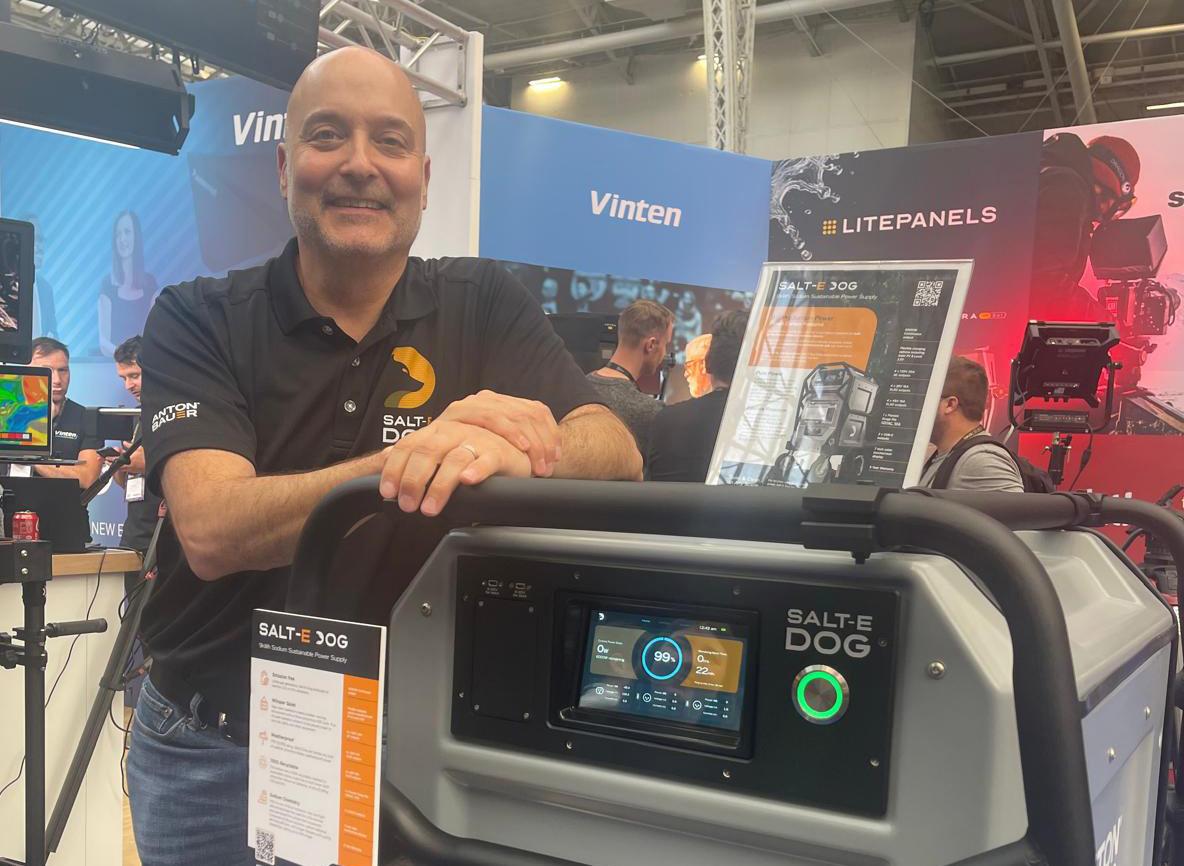
On a recent spot for TCL which planned to recreate a football stadium using an LED volume stage, DP Will Turner selected Zeiss Supreme Prime Radiance lenses to create controllable flares with the ARRI Alexa 35 camera.
“I like a high contrast lens and a cleaner look, so the Radiances were the perfect match for this production,” he said. “The Alexa 35 gave us everything we needed out of the image, and the lenses complemented it nicely.
“Lighting the LED volume offered a challenge. We mostly stayed with the 65mm Radiance, firstly because it worked for our field-of-view on the volume, but also because we just didn’t have time to make changes.”
With the Alexa 35 sensor, the lens was well-suited for the mid to close-up shots that dominate the spot. The lens set provided much-needed time for lighting.
“There’s a lot of blending creativity with the technical limitations,” says Turner. “But once you determine the best tools to use, like the ARRI 35 and Zeiss Supremes, you have a good start. What’s great about volume work, is that whatever you want to do, you can figure out a way to do it.”


Zeiss has released version 2.0 software of its Zeiss CinCraft Scenario camera tracking system, which can also be used for tracking with selected lenses from most popular cinema and broadcast lens brands.
Users can now utilise templates for over 90 lenses from more than ten lens series that allow for skipping the recording of lens distortion by offering pre-calibrated lens characteristics. With the new Lens Template Finetuner, users only need to match generic lens templates to specific real characteristics of the lenses used in the respective project. The software wizard guides users through the finetuning process step-by-step. In addition, CinCraft Scenario 2.0 allows users to load and finetune lens calibrations previously created with Ncam Reality, further enhancing their production flexibility.
“ With this release, we make our camera tracking system available to many more users including broadcasters,” said Christophe Casenave, responsible for cinematography products at Zeiss.
Zeiss has also released CinCraft Export 1.0, a standalone software for Windows PCs, that enables users to export the recorded tracking data to industry standard file format FBX, as well as OpenEXR lens distortion STMaps.
SUSTAINABILITY AWARD ZEISS RELEASES CINCRAFT SCENARIO 2.0 DP WILL TURNER PAIRS ALEXA 35 & ZEISS SUPREME PRIME RADIANCE FOR LED VOLUME SHOOT PRODUCTION & POST NEWS 10 MAY/JUNE 2024 CINEMATOGRAPHY WORLD
SALT-E DOG WINS

SET THE MOOD, SHAPE EMOTIONS
Looks like a traditional bulb, works like a professional luminaire. Designed to filmmakers’ requirements for practicals on camera, delivering perfect skin tones and the same controls as any other wireless DMX fixture. LunaBulb expands Astera’s smart ecosystem with the battery-powered PrepCase. Let your creativity shine wherever there’s a lamp socket.

Classic to Slim Look
Choose between a classic and diffused look or a slim and brighter hotspot.

PrepCase Kit
The quickest way to set up 8 bulbs: assign DMX address, pre-configure dimming and color, pair them at once.

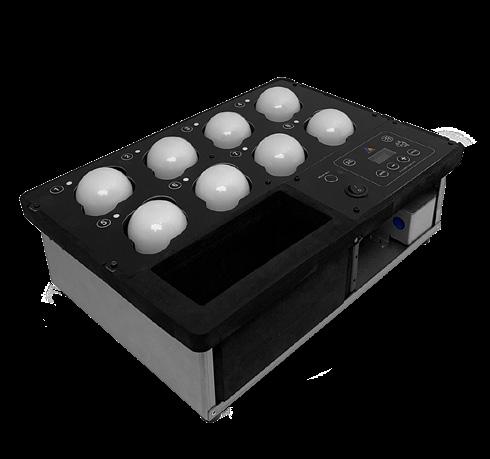
Preplnlay Kit
Simply add PrepInlays to your custom flightcase to use and prepare LunaBulbs in volume.
www.astera-led.com/lunabulb ASTERA TITAN LED ENGINE LUNABULB POWERED BY RGB+MINT+AMBER FULL SPECTRUM 1750K - 20000K WIDE CCT RANGE TLCI/CRI Ra ≥ 96 EXCELLENT COLOR RENDERING from 3.200K to 6.500K RGB, HSI, X Y & FILTER GELS App IP44 Wireless DMX
CVP APPOINTED
AS EXCLUSIVE
PARTNER FOR ANGÉ NIEUX IN BELGIUM
CVP has been appointment as the exclusive reseller for Angénieux in Belgium. This partnership empowers CVP to offer not only sales but also first-line support, lens repairs and servicing for Angénieux’s extensive lens range.
As the exclusive sales office for Angénieux in Belgium, CVP will play a crucial role in expanding its market presence in Europe, providing customers with direct access to cutting-edge optics, cinema lenses and other products, such as EZ-1, EZ-2 and new EZ-3, Optimo Ultra Compact and Ultra 12x zoom lenses and Optimo Prime lenses. The range of lenses will be available to test and demo at CVP’s Belgium showroom.
René van der Reiden, MD of CVP Belgium, said, “CVP is committed to providing the best customer service for the video and film production community, this partnership with Angénieux is the perfect example of CVP’s vision and a great milestone in our growth in the heart of Europe.”
Dominique Rouchon, deputy MD, sales-marketing & communication, Ange nieux, added, “ We are confident that this collaboration will help us to expand our growth in Belgium.”

ASTERA LAUNCHES LUNABULB
Astera has launched the LunaBulb, an innovative fixture which externally replicates the appearance of a conventional lightbulb, but internally contains all of the creative control that comes as standard with Astera’s lighting ecosystem.
Drawing just 3.5 watts, the LED-based LunaBulb is available with an E26, E27 and B22 fitting and, like a conventional bulb, screws directly into an AC-wired bulb socket. However, unlike a conventional bulb, users have the ability to adjust white levels (1,750 – 20,000K) and colour (RGB, Mint and Amber, with RGB, HIS, XY and Filter Gel colour selection options), providing flicker-free lighting for a variety of settings. This control is built upon the underlying Titan LED engine that underpins Astera products. The bulb can be converted quickly between a classic bulb, for applications such as practical lighting, and a slimline bulb, which allows it to be inserted into different lamps and spaces.
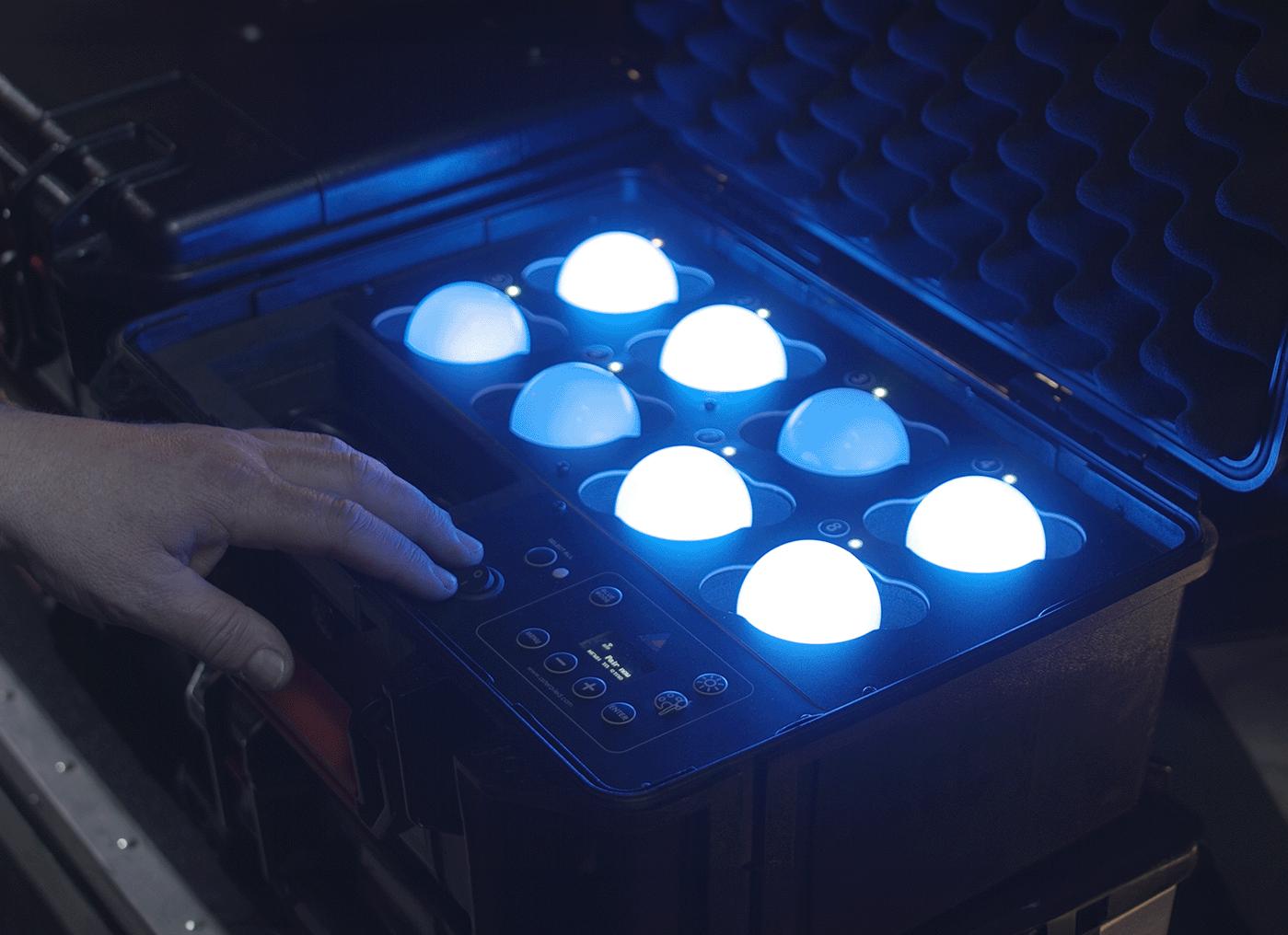
The LunaBulb can be wirelessly-controlled by CRMX, Astera’s app, through BTB link or Astera’s White and FX Remotes. Configuration is achieved using the Astera LunaBulb PrepCase. Holding up to eight LunaBulbs, the PrepCase provides an efficient way to configure the bulbs – either individually or as a group – according to the preferred control option of the user. An IP44 rating means LunaBulbs can be used outside, even in wet conditions, so long as the socket they are screwed into is also IP44 rated, making them suitable for statement lighting such as festoons.
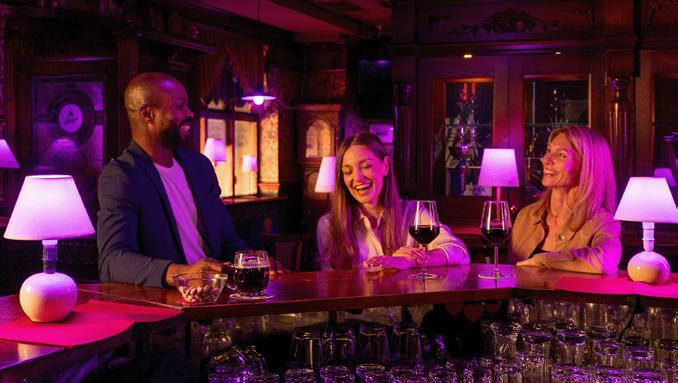
DEDOLIGHT EFLECT NOW AVAILABLE IN NEW SIZES AND SURFACES
Dedolight has released two new Eflect surfaces in Tropical Orange and Tropical Blue. Tropical Orange generates blues, greens and aqua colours and users can increase the green by minimising the angle of reflector to light, or increase the blues by increasing the angle. Tropical Blue reflects auburn reds, yellows and gold and can create unique, cosmic-looking results.

Dedolight Eflect surfaces are bendable, warpable, multi-mirror reflectors, and are available in various sizes. The large size is 18 x 18inches, the small 8 x 8inches, with one even smaller at 7 x 10cm. Eflect can be used as a background generator or to reflect patterns onto subjects and backgrounds.
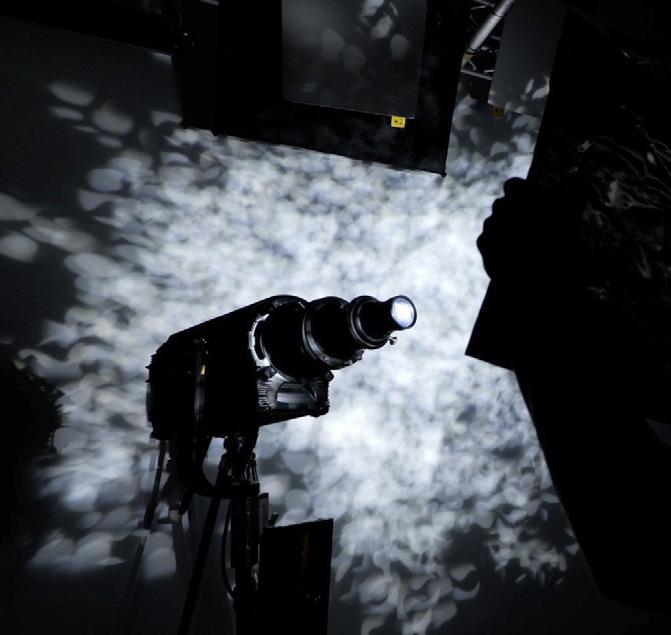

New to the market is Eflect XL measuring 31 x 31inches, available in silver and gold, as well as the new Tropical Blue and Tropical Orange colours. View the movie overview of the Dedolight Eflect at https://tinyurl. com/4hu8bvv5
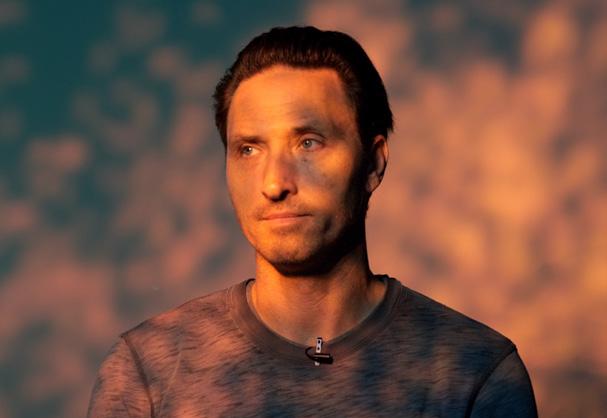
PRODUCTION & POST NEWS 12 MAY/JUNE 2024 CINEMATOGRAPHY WORLD
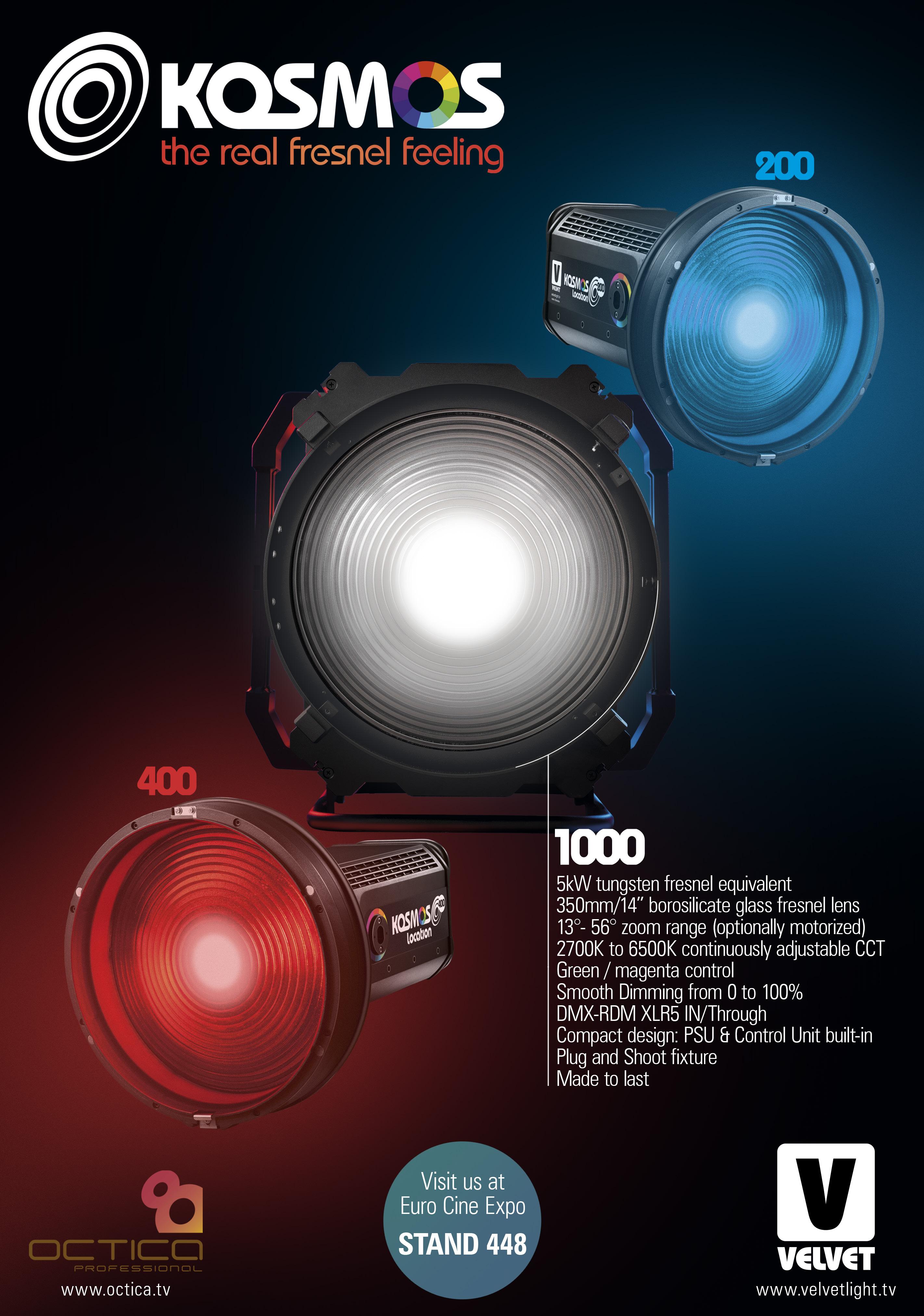
ARRI LAUNCHES NEW L-SERIES PLUS & JOHAN DE NYSSCHEN TAKES THE HELM AT ARRI AMERICAS
ARRI has launched a new generation of LED Fresnels, with the new L-Series Plus. Up to 90% brighter than the original L-Series, with direct network data input and the intuitive on-board control interface known from ARRI SkyPanel, the new L-Series Plus provides additional benefits whilst retaining features such as: continuous focusability from spot-toflood; a smooth, homogenous light field; and
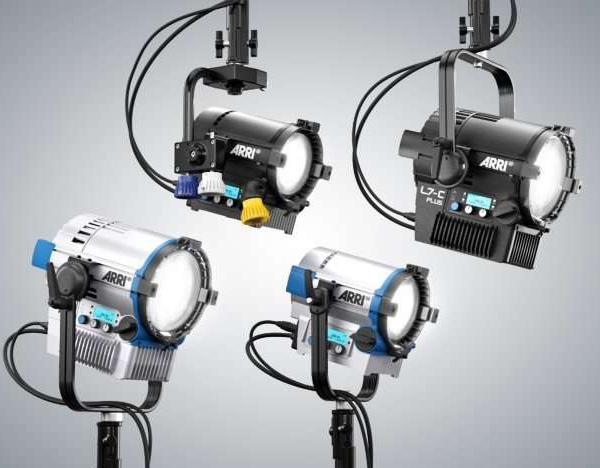
complete control over the colour and intensity of light.
The new ARRI L-Series Plus fixtures come in two sizes: the L5-C Plus features a five-inch Fresnel lens, while the L7-C Plus has a seven-inch Fresnel lens. Both provide up to 90% more light output, making them much more powerful and versatile as lighting tools.
Designed to be robust and ergonomic, L-Series Plus are suitable for a wide range of uses, from studio and location work on movies and television, to live entertainment, photography, theatre and corporate productions.
In other news, Johan de Nysschen now leads ARRI business team in the US, as president and CEO of ARRI Americas Inc. In this position, he oversees the entire region in all operational areas, including ARRI Rental North America and Illumination Dynamics. Mr. de Nysschen will report directly to Matthias Erb, chairman of the executive board at ARRI.
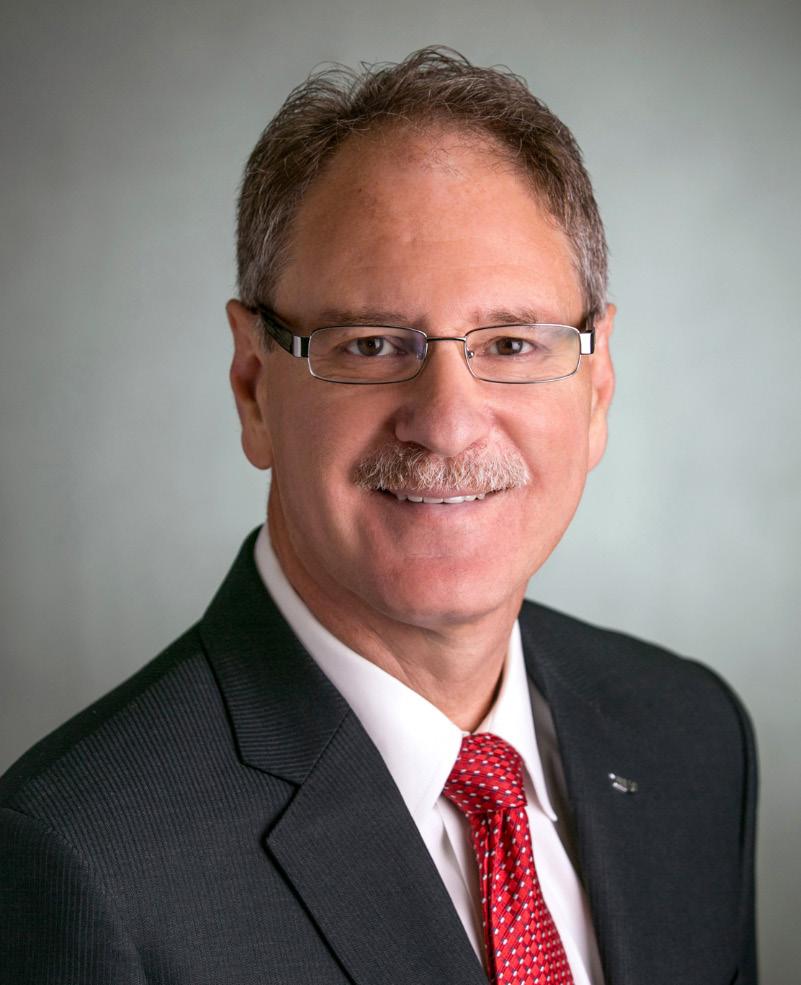
PROTON DEBUTS WORLD’S SMALLEST CAMERA
Proton Camera Innovations launched Proton Cam, the world’s smallest broadcast-quality camera during NAB 2024.
Proton Cam measures just 28mmx28mm and weighs only 24grams, but
incorporates specifications including 12-bit sensor technology and advanced FPGA to deliver unmatched high resolution and dynamic range. It also grants a wide-angle view of up to 120° and impressive low-light performance, without image distortion.
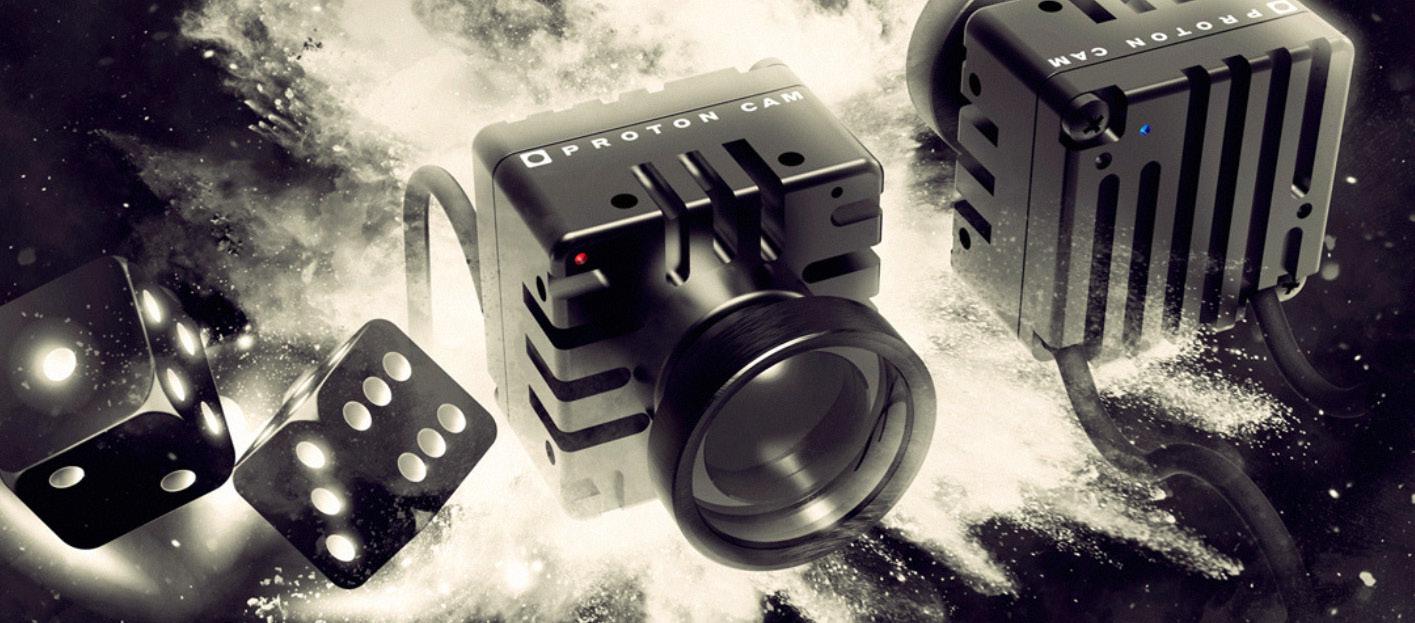
Additionally, a tally light and stereo audio functionality are integrated into the miniature unit, making it suitable not only for spontaneous action capture, but also directed productions where there is a need for synchronised audio capture and consideration of camera status.
The Proton Cam’s compact design, low power consumption and image quality represent a versatile solution for drone cinematography and sports broadcasting.
Marko Hoepken, CEO for Proton, said, “ Whilst the tiny size of the Proton Cam is, of course, a key USP, it was crucial to us that this was not a gimmick. The exceptional image quality and technical specifications are what set it apart from the market.”
PANALUX LURES MELANIE GEORGIEVA AS LONGFORM SALES DIRECTOR
Panalux has hired industry veteran Melanie Georgieva as a longform sales director. She brings over two decades of experience across production, sales and operations and will be instrumental in supporting feature and series productions throughout London and Southeast England.
Georgieva will be based out of Panalux’s new headquarters in Hayes, west London, working alongside fellow long form sales director Sandro Leone and reporting to business development director Michele Channer.

Prior to joining Panalux, Georgieva served as vice president of studio operations and client services at The MBS Group. Her previous roles have included business development director at Take 2 Films, sales manager at Pinewood Studios Group, and studio manager at 3 Mills Studios.
“ I’m honoured and delighted to be joining this extraordinary team,” Georgieva said. “ I’m excited to work with and support the amazing filmmakers who rely on Panalux for best-inclass service and shine a light on new talent entering the industry.”
PRODUCTION & POST NEWS 14 MAY/JUNE 2024 CINEMATOGRAPHY WORLD
TIFFEN APPOINTS ANDREW TIFFEN AS PRESIDENT & ANNOUNCES IPHONE FILTER SYSTEM
Andrew Tiffen has been named president and COO of The Tiffen Company. In this role he will be responsible for all Tiffen operations, overseeing manufacturing, marketing, sales, R&D and product development of the company’s brands, which include Tiffen Filters, Steadicam, Lowel, Domke, Davis & Sanford, Stroboframe and Zing.
For the first time, Tiffen has brought its professional motion picture and still lens filters to the iPhone. With the new Tiffen Smartphone 58mm Filter Mount, any user can benefit from the same tools that professionals count-on to produce outstanding images. The new Tiffen Filter Mount magnetically secures to the back of an iPhone, ready to accept any Tiffen 58mm filter. The filter then simply threads on, allowing users to capture images with enhanced creativity, light control, depth and detail.
By adding the 58mm Filter Mount, the family of Tiffen filters offers a multitude of creative choices to enhance the cameraphone. The Tiffen Smartphone 58mm Filter Mount is precision made of black anodized aluminum, built for light weight and long life. It is compatible with iPhone 14/15, 14/15 Pro, 14/15 Plus, and 14/15 Pro Max models. The Tiffen Smartphone 58mm Filter Mount is priced at $29.99 list.

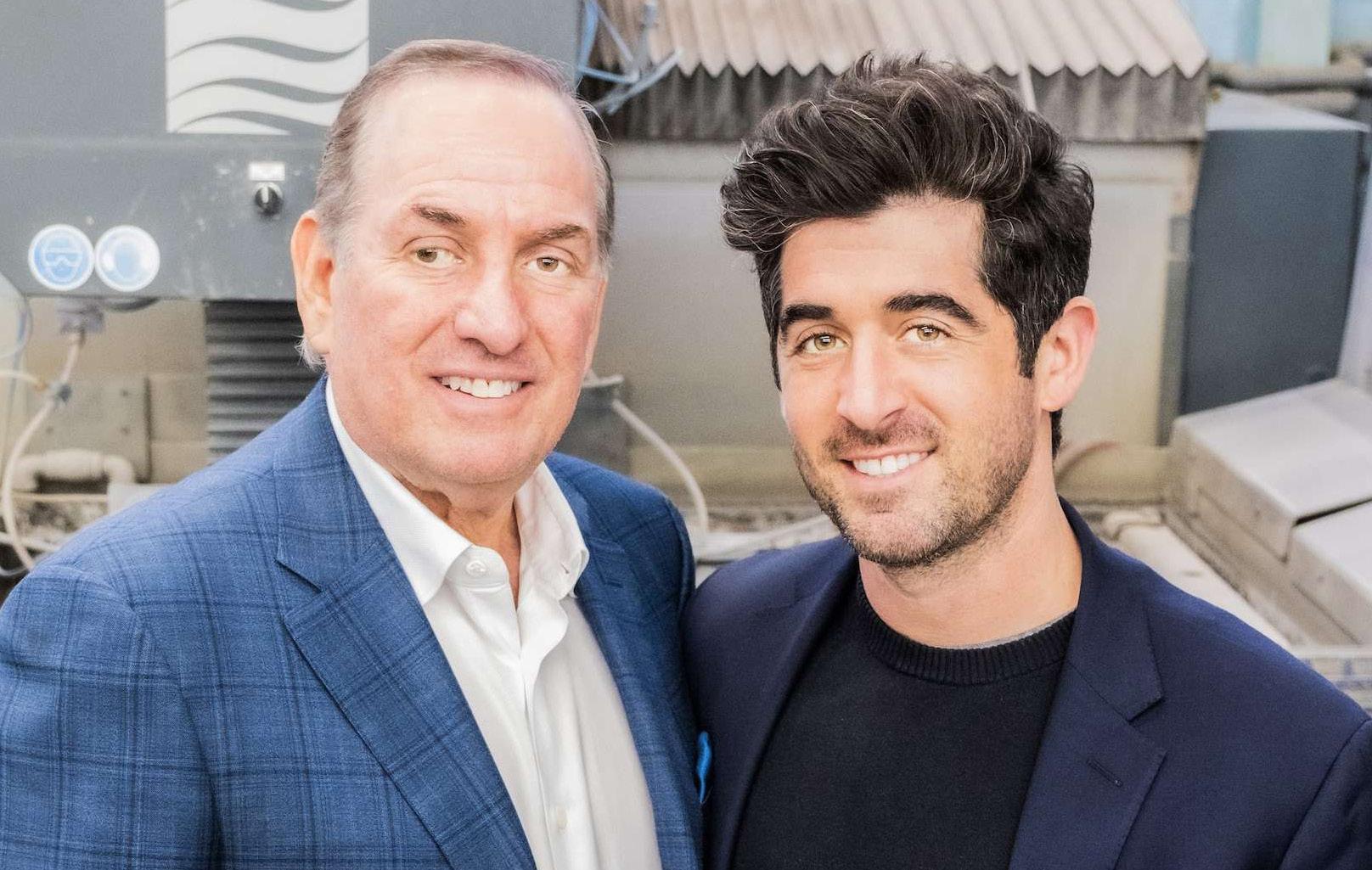
APUTURE ANNOUNCES INFINIMAT, SIDUS ONE & SIDUS PRO
Aputure has announced three new products: the Aputure Infinimat line, Sidus One and Sidus Link Pro. Infinimats add a popular new form factor to the Aputure ecosystem, building upon the popular flex light mat form factor, but adding full-colour tunability, pixelmapping, inflatable diffusion, and the ability to be connected together to make larger panels.
Likewise, Sidus One and Sidus Link Pro expand the Aputure ecosystem by giving all Aputure users console-level, cue-based actions and the ability to control non-Aputure manufactured lights through CRMX with the same app.
Aputure showcased these new products during NAB 2024, where attendees had hands-on demos of the new products as well as exclusive “Light The Set” presentations from video professionals and lighting technicians.
“ With Infinimats, we finally have the weatherproof, full-colour flexible light mat that the industry has been asking for. With Sidus Pro, Aputure users finally have the single app that allows them to control any fixture, Bluetooth or CRMX, with the same intuitive user experience that has made Sidus Link the most popular film lighting app of all time,” said Ted Sim, Aputure cofounder and president.

CINEMATOGRAPHY WORLD MAY/JUNE 2024 15 PRODUCTION & POST NEWS
Litepanels has unveiled the new Astra IP Bi-colour LED panel range, marking a significant advance in durability and weather-proofing features for its Astra line of products. With its robust construction, the Astra IP range is built to withstand the toughest outdoor conditions. Available in three different sizes for on-street reporting to studio settings.
IP65-rated for protection against dust and water ingress, Astra IP delivers powerful output to light even the brightest location. Equipped with ultra-efficient LEDs and a tighter beam angle, Astra IP provides flattering and accurate white light from 2,700K to 6,500K at any intensity level, with or without diffusion. An LCD screen provides instant confirmation for users to colour match multiple fixtures with confidence.

INTRODUCES A HOST OF NEW PRODUCTS
LITEPANELS UNVEILS THE ASTRA FOR ALL WEATHERS MATTHEWS
Matthews Studio Equipment has introduces its new Grip Rail, Black Hyper-chrome Matthellini2, Litemover and Air Climber products, all designed for holding, setting or positioning lighting and other set equipment.
The multi-purpose Grip Rail is the world’s first telescoping, adjustable grid pipe system, making it quick-and-easy to brace and hang camera and lighting rigs, backdrops and more. Designed to work with popular grid clamps, Matthellinis and standard pipe fittings, Grip Rail does not require cutting to lengths, and
provides an alternative to complicated pipe organs. Matthews also has a new spin on its Matthellini Clamp. The newly-designed Black Hyper-chrome Matthellini2 maintains the oversized, spinning handle, but now spins faster, making it quicker and easier to use. The updated hardware has been completely re-engineered and retooled for better functionality and enhanced durability.
Matthews also has new adapters to make its Litemover universal remote head system compatible with a dozen fixtures. Now crews faced with positioning lights and reflector boards weighing up
to 220lbs/100kilos, can use Litemover with lights including ARRI Skypanel, Skypanel X21, X22/X2, Orbiter and Briklok. Plus there are adapters available for Cineo R15, Powerbeam, Creamsource Vortex, SumoLight SumoMax, K5600, Filmgear and Fiilex Q10. By cutting the need to climb high ladders to aim a light, Litemover can increase accessibility, adding to on-set safety. It is the ideal companion for the Matthews Air Climber modular grip and lighting stand that reaches 25ft/7.62m and holds up to 200lbs/90kg whilst also compacting for easy transport in a standard grip truck.

LIGHTBRIDGE ANNOUNCES NEW C-MOVE CORE
Lightbridge has created a new Cine Reflect Lighting System kit, dedicated to enable artistic lighting with consideration towards the practicalities of productivity. Designed with input from DPs and lighting designers, new C-Move Core features 100% authentic CRLS components.
CRLS produces targeted, spill-free, diffused light capable of subtle nuances. Precision reflectors feature superior quality, with proprietary-coated surfaces that reflect 97% of light hitting them, and 100% colour rendering. Providing optimum control, the CRLS emulates a key light, capable of aiming
diffused light with meticulous accuracy. C-Move Core kit offers various light-shaping configurations: DIFF 1 Hard circular light ray, DIFF 2 Medium circular light ray, and Diff 3 Soft circular light ray. With a mandate for speed and weight efficiency, C-Move Core is a collection of the most requested precision reflectors and accessories to ease handling and creative options on-set. The kit comprises: 15x15cm (DIFF 1-3), 25x25cm (DIFF 1-3), 50x50cm (DIFF 1-3), two each C-Wheel Receivers and cables, two each rigging and safety wedges, a black C-Pouch, and extra cleaning aids.
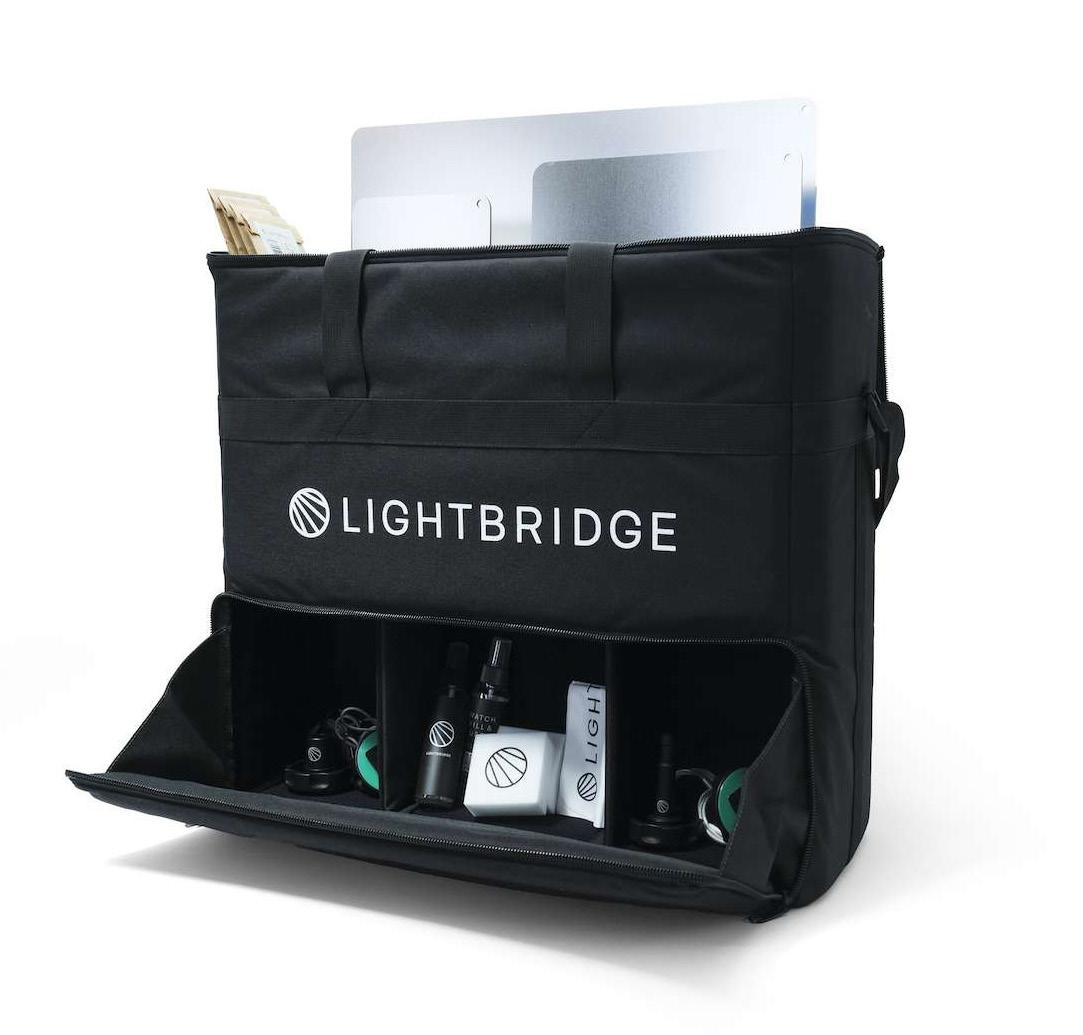
PRODUCTION & POST NEWS 16 MAY/JUNE 2024 CINEMATOGRAPHY WORLD
RATPAC CONTROLS LAUNCHES THE COMPACT SLINGSHOT 200 SINGLE-CHANNEL DIMMER
Ratpac Controls has launched the Slingshot 200, a compact single-channel dimmer that supports DMX, sACN, Art-Net and Wireless DMX, and has a maximum rated electrical load capacity of 200 watts.
Designed for use on-set with practical fixtures, it features passive cooling for silent operation. The incorporated TimoTwo chip enables CRMX in both RX or TX modes, and CRMX2 can be used with other
CRMX2-capable devices.
The Slingshot 200 has WiFi node/gateway capability using sACN or Art-Net from the control software. This feature is useful for receiving DMX control and sending out a CRMX2 wireless signal to other units on-set. It also has the option to input or output via the hardline 5-pin DMX connector and comes with two side-mounted Edison dimmer output connectors that make placement easy.

The Slingshot 200 has an internal battery that is useful for set-up and programming. Dimming is achieved with a hardline AC Edison attached via the convenient flat swivel Edison connector to powerCON TRUE1 input. Slingshot 200 can be easily rigged using the two handy 1/4-20 screw mounts on its body.
The programming process is very fast using its built-in on-screen menu system with a selection wheel/push button or via the web GUI on its WiFi connection.
MOLINARE CREATIVE GROUP EXPANDS OPERATIONS INTO LIVERPOOL
Molinare Creative Group has announced that its DIT and lab division, Notorious DIT, is expanding to Liverpool, England, part of a larger strategy to strengthen the company’s ties outside of London and support regional film and television productions.
Based at the Liverpool Innovation Park, Notorious DIT will provide its whole suite of services, including, DIT, data management, lab and on-set/ near-set services for productions filming locally in the region.
The expansion is stage one of the group’s plans for Liverpool. Working closely with the Liverpool Film Office, the Molinare Creative Group is set to
expand its offering further to include offline editorial, ADR and postproduction finishing services.
Liverpool has lent itself as the backdrop to some of the biggest dramas to hit UK screens over the past 12 months, including Paramount+’s Sexy Beast and A Gentleman In Moscow, as well as the BBC’s Time and The Responder, and the region is fast-becoming the biggest film and TV hub outside of London.

Further to setting-up operations there, Notorious DIT will work with Liverpool Film Office, which has plans to support over 1,000 diverse new entrants into the screen sector over the next three years, to increase opportunities for homegrown talent.
LIGHT IRON WELCOMES SENIOR COLOURIST ÉLODIE ICHTER
Light Iron, the post-production creativeservices division of Panavision, has lured Élodie Ichter to its roster as a senior colourist. Ichter will work out of Light Iron’s New York facility, and brings a wealth of experience in collaborating with renowned filmmakers on iconic projects.
Her recent work includes the FX miniseries Shōgun and the feature Air. Her credits also encompass: the ASC’s Spotlight Awardnominated feature God’s Country, shot by Andrew

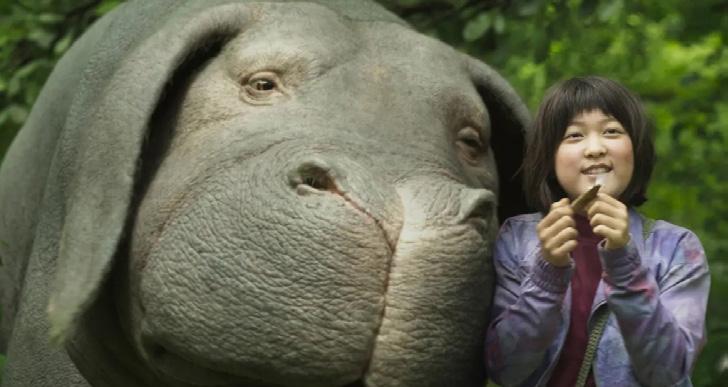

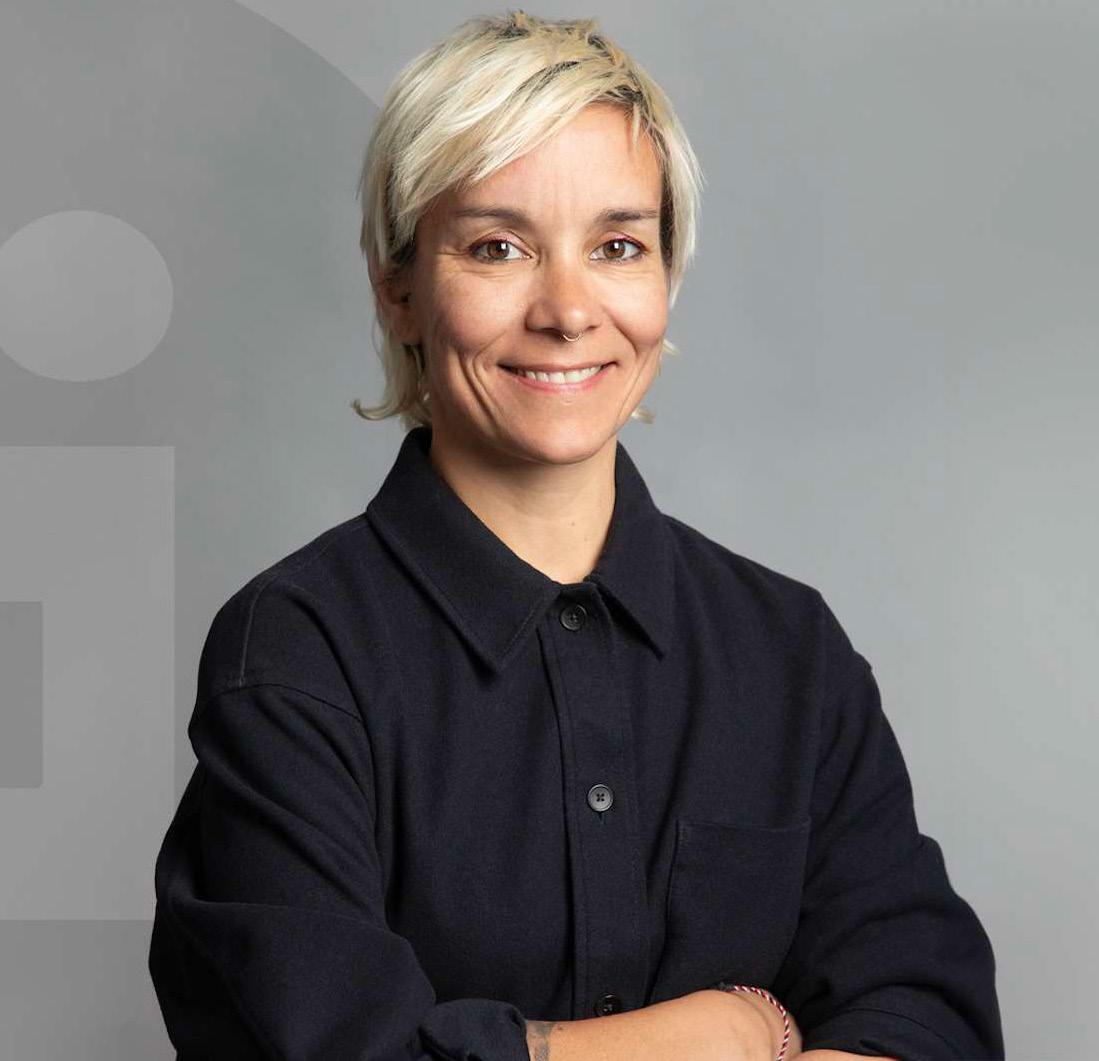
“It’s extremely
This company is
for
and
the
and features,
to support filmmakers from production through to the final finish.”
CINEMATOGRAPHY WORLD MAY/JUNE 2024 17 PRODUCTION & POST NEWS
Wheeler: Venom: Let There Be Carnage, lit by cinematographer Robert Richardson ASC; the Best Picture Oscar-winning feature Nomadland, directed by Chloé Zhao and shot by Joshua James Richards; Marshall, with cinematographer Newton Thomas Sigel ASC; director Bong Joon Ho’s Okja, shot by Darius Khondji ASC AFC; and director Justin Simien’s
Sundance Special Jury Prize-winning feature Dear White People, shot by Topher Osborn.
exciting to join Light Iron,” said Ichter. “
at
heart of post production
series
with the knowledge
ability
LIFE THROUGH A LENS

Our regular round up of who is shooting what and where
INTRINSIC:
In TV drama Michal Sobocinski PSC is shooting Hunting Wives in North Carolina. David Liddell is prepping on Shetland Tom Hines is shooting on Death In Paradise Andrew Johnson has been back at Casualty James Mather ISC finished shooting Stags and then returned to The Canaries to shoot Nine Bodies In A Mexican Morgue Gabi Norland has been shooting 2nd unit and operating on Toxic Town, while also operating on Gangs Of London. New Intrinsic client, Evan Barry, is shooting The Au-pair in Dublin. Leon Brehony operated on Lockerbie. Lynda Hall shot two documentaries destined for Netflix by 72 Films. Simon Hawken FNF, Martin Roach, Malcolm McLean and Leon Brehony have all been lensing commercials, trailers, idents and corporate films.
BERLIN ASSOCIATES:
Edward Ames is shooting Waterloo Road S12 for Wall-to-Wall/Warner Brothers TV/BBC. Al Beech lit a block of BBC’s Silent Witness S28. Will Baldy has been shooting The Sandman S2 for Warner Brothers/ Netflix. Sarah Bartles Smith recently graded the Water & Power Productions/Sky comedy Mr Bigstuff, directed by Matt Lipsey. Robbie Bryant recently shot One Two A Million for Tedium Entertainment. Claudio Cadman has graded Phoenix Rise for the BBC. Andy Clark shot a block of Casualty before working on The Good Ship Murder S2 for Clapperboard Studios. Nick Cox is also shooting on Waterloo Road S12. Annemarie Lean-Vercoe is lighting Outrageous for Firebird Pictures. Frank Madone lensed on the second block of The Wives for Gaumont/C5, directed by Claire Tailyour. Nick Martin worked on the second block of Ludwig for Big Talk/BBC. Trevelyan Oliver is shooting The Marlow Murder Club S2. Tom Pridham lensed on the third block of Ellis for Company Pictures with director Ryan Tohill. Pete Rowe is shooting And Did Those Feet… With Alan Partridge for Baby Cow. Alistair Upcraft worked on Whitstable Pearl S3 for Buccaneer. Phil Wood shot a block on Missing You for Quay Street Productions.
VISION ARTISTS:
James Blann recently graded the new series of BBC comedy Peacock, directed by Joe Roberts through Big Talk. Luciana Riso’s feature La Piel En Primavera (Summer Skin) directed by Yennifer Uribe Alzate, screened at the 2024 Berlinale. Nick Morris graded See-Saw Films’ Sweetpea series, directed by Ella Jones, based on the ‘serial
killer with a twist’ book from C.J. Kuse, and is now shooting a feature film from Harry Lighton, produced through Element Pictures. Benedict Spence recently graded Netflix series Eric, starring Benedict Cumberbatch, directed by Ben’s long time collaborator Lucy Forbes. Jack Wilkinson did the DI on The Responder, starring Martin Freeman, directed by Charlotte Regan. Jim Jolliffe has been abroad shooting S2 of the Chris Hemsworth documentary series Limitless Jonas Mortensen did the grade on the new Fudge Park series Daddy Issues, starring Aimee Lou Wood, directed by Damon Beesley. Kia Fern Little has been shooting the Apple TV documentary of a high profile music star, directed by Luke Monaghan, and dramatic reconstructions for Apple TV’s documentary about F1 driver Lewis Hamilton. Will Hanke had graded We Might Regret This for Roughcut, directed by Nick Collett, and did the DI on Amazon Studios’ Deep Cover, a feature written by Colin Trevorrow, directed by Tom Kingsley, starring Orlando Bloom.
WORLDWIDE PRODUCTION AGENCY:
PJ Dillon ISC ASC is prepping for Netflix’s Wednesday S2 with director Tim Burton. Ed Moore BSC is shooting Hijack S2 with director Jim Field Smith for Apple TV+. Ruairí O’Brien ISC BSC is lensing the A24 feature Eternity in Vancouver with director David Freyne. Stephen Murphy ISC BSC is lighting the feature Heart Eyes in New Zealand with director Josh Ruben for Divide/ Conquer and Spyglass. Simon Archer BSC has been shooting on BBC’s series with director Annetta Laufer. Catherine Derry has started the new Netflix series The Choice with director Amy Neil. Narayan Van Maele has started lensing the feature The Restoration At Grayson Manor with director Glenn McQuaid. Andy Hollis continues on the Sky Studios’ film Bad Tidings with director Tim Kirkby. Joel Devlin BSC is shooing new BBC series This City Is Ours in Liverpool with director Saul Dibb. Adam Barnett has started principal photography on new BBC series We





18 MAY/JUNE 2024 CINEMATOGRAPHY WORLD
W HO, WHAT, WHEN & WHERE
Images: (top) Stuart Bentley at the camera; (below) Frank Madone shooting The Wives; and (corner) Edward Ames taking a reading on Waterloo Road.

ELECTRO STORM

1500W | RGBWW 2600W | BI-COLOR IP65 DUST & WATER-RESISTANT DUAL ACCESSORY MOUNT OPTIONAL: F14 FRESNEL & MOTORIZED YOKE SCAN TO SIGN UP FOR FREE STAND 322 TOUCH & TRY ON

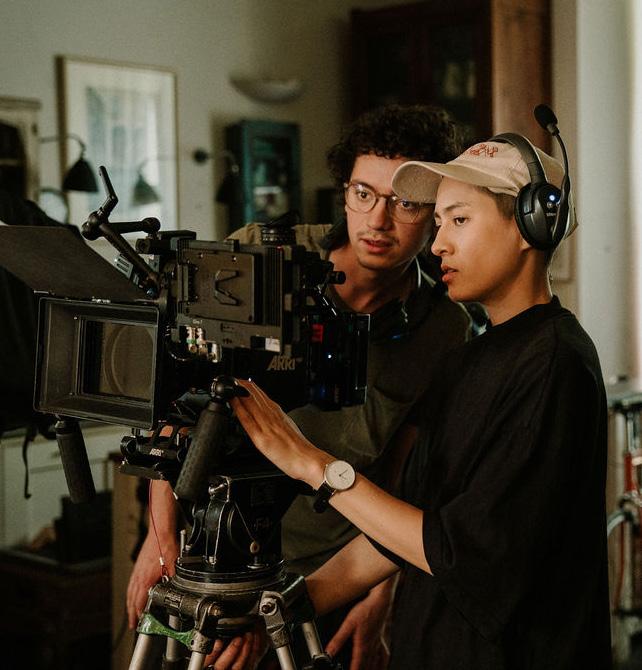
Go Again with director Nathaniel MartelloWhite. Mattias Nyberg BSC continues principal photography on the Paramount+ series The Crow Girl with director Rebecca Rycroft. Arthur Mulhern ISC is shooting on The Gone S2 with director Dathaí Keane in New Zealand. Amelia Hazlerigg shot the short Clout – A Cautionary Tale with director Jordan Murphy Doidge. Fabian Wagner BSC ASC recently wrapped main unit photography on Venom 3 with director Kelly Marcel for Marvel. Kaname Onoyama AFC has completed on the Amazon series Butterfly in Seoul with director Kitao Sakurai. Callan Green ACS NZCS shot on the Sky series Gangs Of London S3 with director Kim Hong Sun. Pedro Cardillo ABC lensed on Strike S6 The Ink Black Heart with director Sue Tully for BBC. Katie Swain shot the upcoming feature Promenade with director John Jencks. Anna Patarakina FSF has graded the sixpart series Insomnia with director Börkur Sigthorsson for Left Bank Pictures/Paramount+. Mattias Troelstrup DFF did the DI grade on Playdate with director Eva Husson, for Quay Street Productions/Star/Disney+. Marc Gómez del Moral shot with Biscuit and director Molly Manners for Koppaberg in Cape Town, and shot a spot for ISA Bank with Movie Magic International and director Guy Manwearing. Nikita Kuzmenko shot with director Rollo Jackson and Somesuch for Subway’s latest spot. Nicholas Bupp lit a Cheez-It commercial in Serbia with director Watts for Stink. Jake Gabbay shot a Newcastle United x Adidas spot with Somesuch and Dan Emmerson, and then went on to shoot an EA Sports spot with Somesuch director Rollo Jackson. Sy Turnbull lensed an Arriva spot with Girl & Bear director Zak Razvi.


Beatriz Sastre shot a spot for Amnesty with Somesuch helmer Roxy Rezvany. Edward Gibbs shot with The Production Factory for Marks & Spencer, and Monday Artists’s director Marcus Cooper for Makeup Miracle Jaime Ackroyd lit a McDonalds ad with Somesuch director Mollie Mills. Carl Burke travelled to Manchester with Agile and regular collaborator Giorgio Bruni for Rexona. Pieter Snyman lit an Altos Tequila TVC for Blink director Will Hooper, and an Airline ad with director Daniel Bruce via Popcorn Brain.
INDEPENDENT TALENT:
Ole Birkeland BSC is working with Philippa Lowthorpe on an undisclosed project. Eben Bolter BSC ASC received a BAFTA Craft nomination for his beautiful work on The Last Of Us, and is now filming block three of The Franchise Jermaine Edwards recently wrapped on My Father’s Shadow, directed by Akinola Davies Jnr. Bjorn Bratberg is prepping block one of Karen Pirie S2. Caroline Bridges shot block three of Outlander S8. Jordan Buck shot a
short with Femke Huurdeman. Director Ero Vlahos’ short Meat Puppet, shot by Miguel Carmenes, won the Audience Award at SXSW Film Festival. Chris Clarke shot with Jason Schmidt for Chanel, lit a short written/ directed by Pip (Ben Seed), and has been lensing commercials for Chessington, Iceland and P&O. Oliver Curtis BSC has been shooting The Road Trip with China Moo Young. Ben Davis BSC as finished on Ilya Naishuller’s Heads Of State Anthony Dod Mantle DFF BSC ASC is shooting Danny Boyle’s 28 Years Later Kit Fraser is shooting The Scurry with regularly collaborator Craig Roberts. Sam Goldie recently wrapped on the feature On The Sea, written and directed by Helen Walsh. Katie Goldschmidt BSC has been in Canada shooting the new series of The Last Of Us Billy Kendall has been busy shooting music videos for various artists and directors Suzie Lavelle ISC BSC is currently prepping on Bridget Jones: Mad About The Boy, directed by Michael Morris. John Mathieson BSC is prepping the new Jurassic Park film with director Gareth Edwards. Seamus McGarvey
20 MAY/JUNE 2024 CINEMATOGRAPHY WORLD
WHAT, WHEN & WHERE
WHO,
Images: (main) Edward Ames on Waterloo Road; (below) two pix of Kia Fern Little shooting the short Good Vibes Only with gaffer Joe Hunt, and with director Christopher Rogers and actor Angus Castle-Dougthy, photos by Samantha Davis; and (below right) James Rhodes on the dolly on Malice.

Euro Cine Expo Stand 320
WHO, WHAT, WHEN & WHERE
BSC ASC is in the states shooting The Accountant 2 with Gavin O’Connor Bani Mendy is shooting Crongton with director Ethosheia Hylton Andreas Neo has continued shooting various VP projects and commercials. Mark Patten BSC lit with Peter Lydon at Flipt on a multi-location shoot for Clear, and with Stink director Georges Jacques for Concern. Stephan Pehrsson BSC won a BAFTA Craft Award for an episode of Black Mirror George Richmond BSC is prepping Ruben Fleischer’s Now You See Me 3 James Rhodes is shooting Malice with Leonora Londsale Chris Ross BSC was on The Fisherwoman Ashley Rowe BSC is lighting on Flight 103 with Otto Bathurst Martin Ruhe ASC shot the recent Depeche Mode promo ‘People Are Good’, with Rich Hall via Riff Raff David Ungaro AFC is with Scott Frank shooting Department Q Michael Filocamo is shooting on Tom Vaughan’s I, Jack Wright Maja Zamojda BSC has just finished shooting block two of The Franchise Cinders Forshaw BSC is currently shooting on Vera S14. Rick Joaquim has been busy completing multiple short films, including The Forge, Stay Calm and Largo Mark Waters is shooting All Creatures Great And Small S5, directed by Stewart Svaasand.
MCKINNEY MACARTNEY MANAGEMENT:
Ben Butler, Denis Crossan BSC and Alessandra Scherillo have been shooting commercials. Sergio Delgado recently finished shooting on Surface S2 for Apple TV+. Gavin Finney BSC has completed principal photography on Wolf Hall S2 for BBC2, with Peter Kosminsky directing. Jean Philippe Gossart AFC lit Amazon Studios’ Wheel Of Time Steve Lawes has started on NCIS Europe in Budapest. Dale Elena McCready BSC NZCS is framing Doctor Who for Bad Wolf in Wales with Ben Williams directing. Sam McCurdy BSC ASC is shooting Apple TV+’s Firebug Andy McDonnell is lensing Mammoth Screen’s The Forstye Saga in Bristol. John Pardue BSC is lighting Malice for Expectation TV, in London and Greece. Mike Spragg BSC underway on The Witcher S4 for Netflix. Richard Stoddard is shooting Lazarus for Quay Street Productions/ Amazon.
SARA PUTT ASSOCIATES:
Andrei Austin continues working alongside director Lena Dunham on Too Much for Working Title/NBC Universal. Andrew Bainbridge did dailies for Silo S2 and commercials. Ben Mankin operated B-camera after a planned hiatus on The Sandman S2. Ed Clark operated on Polygon, one of the Black Mirror episodes for Netflix. Dan Evans went back
to the last series of Malory Towers as B-camera. James Frater shot on location on Frankenstein with DP Dan Laustsen DFF ASC. Ilana Garrard worked in Finland and Germany on The Fisherwoman, starring Emma Thompson. Zoe Goodwin Stuart recently wrapped on Austin and started The Franchise which is returning as a series for Neal Street/HBO. James Leigh framed on Paramount +’s Crow Girl in Bristol. Will Lyte is prepping on Gurinder Chadha’s A Christmas Karma, which stars Kunal Nayyar. Chris Maxwell did dailies on the three-part drama Fear for Netflix, and Shetland S10. Vince McGahon continues on Apple TV’s Slow Horses S4. Julian Morson has finished on Fountain Of Youth, helmed by Guy Ritchie. Rick Woollard operated AR for Iconoclast on a Pepsi ad, and then Steadicam for Zara for Bradbury & Whiting, and worked with Erin Fee on a Boss job. Giulio Biccari recently wrapped on a block of Black Doves Yinka Edward did dailies on Boarders Toby Moore shot on Call The Midwife Duncan Telford has wrapped on a Sky Arts project.
WIZZO & CO:
Congratulations to Ryan Kernaghan ISC, whose latest feature Kneecap, directed by Rich Peppiatt, won the Next Audience Award at Sundance. Ashley Barron ACS has graded Dr Who alongside director Makalla McPherson. Susanne Salavati has done the DI on The Crow Girl, directed by Charles Martin. Aaron Reid recently completed the grade on Supacell Jan Richter-Friis DFF is shooting a drama. Karl Oskarsson IKS has wrapped on Cheaters S2 directed by Elliot Hegarty. Adam Gillham has begun prepping an Amazon



Original drama. Fede Alfonzo has completed the grade on Jamie Rafn’s feature, Near Miss Matthias Pilz is shooting an embargoed documentary. Sverre Sørdal FNF graded the feature Sister Midnight, directed by Karan Kandhari, for its premiere at Cannes. Scott Coulter is shooting The Feud, directed by Andy De Emmony. Gary Shaw has wrapped on the period drama Coolie, shot on location in Panama, and is currently prepping an Amazon Original drama. Nicola Daley BSC ACS recently wrapped on Gangs Of London S3. Nick Dance BSC has graded Dr Who Charlie Goodger is prepping for Big Boys S3. Simon Stolland has graded Nick Love’s feature Marching Powder Christophe Nuyens SBC has done the DI on Disney+’s Andor S2. Oli Russell continues to shoot The Gold S2, alongside director Patrick Harkins. Steven Ferguson is prepping an embargoed drama. Tim Sidell BSC wrapped on Apple’s Surface S2, and is now prepping an embargoed drama. Franklin Dow is shooting a documentary directed by Orland von Einsiedel and will shortly start prep on a Sky Original drama. Chas Appeti has graded the feature Heavyweight Luke Bryant is prepping a drama for Netflix. Hamish Anderson shot with director J Marlow, Will Bex with Scott Lyon and Carmen Pellon Brussosa with Callum Lloyd-James. Joe Douglas lensed with That Jam, Theo Garland with Fatal Fam and Henry Gill shot with Jack Foreman. Arran Green lit for Dumi Siwo, Ben Magahy for director Finn McGough. Molly Manning Walker continues on the festival circuit. Dmytro Nedria shot with Joe Pelling, Antonio
22 MAY/JUNE 2024 CINEMATOGRAPHY WORLD
Images: Ilana Garrard on The Fisherwoman with focus puller Caspar Mullers; Tony Kay with DP Pedro Cardillo having a brew; Zoe Goodwin Stuart and the crew after wrapping Austin.

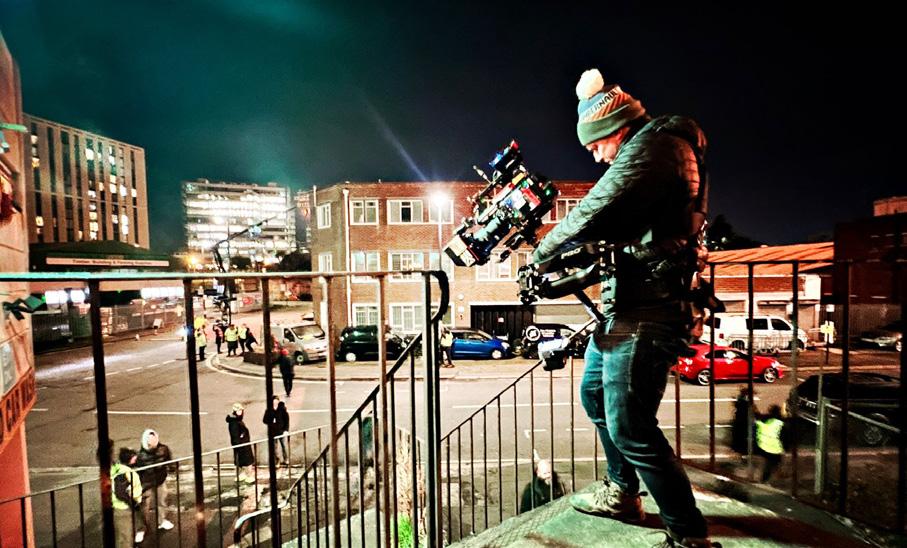
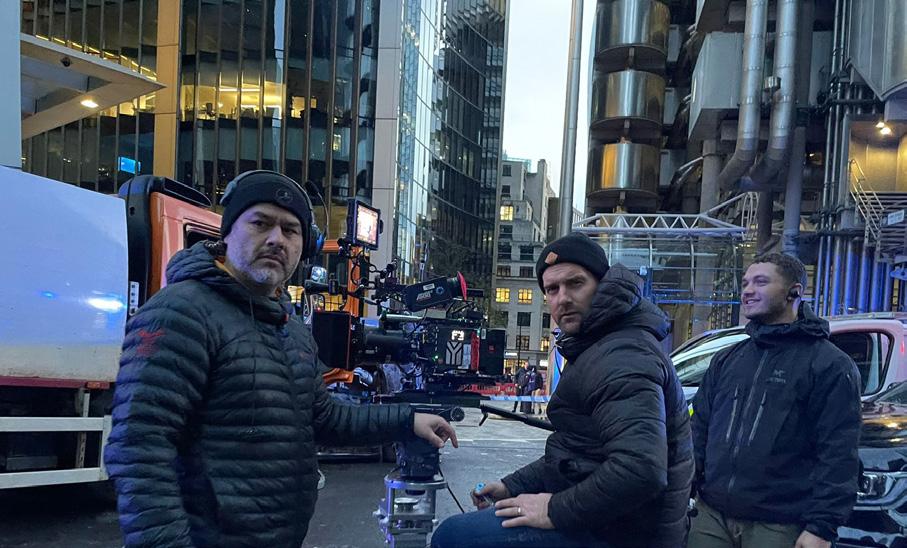


WHO, WHAT, WHEN & WHERE
Paladino with James Rouse, and David Procter BSC with Joe Connor. Darius Shu will shortly grade his latest short film and is shooting second unit on an embargoed feature. Murren Tullett shot with Harry Cauty.
LOOP TALENT:
Ryan Eddleston is prepping for BBC HETV original series Death Valley Paul MacKay is second unit DP on MMP Levons Trade Olly Wiggins has been shooting Toads for Val with Tommy Forbes. Denson Baker ACS NZCS wrapped on the feature Permitted Target Matt North has been shooting a BBC drama. Martyna Knitter lensed second unit on the feature Promenade Tom Watts is prepping a pilot. Emma Dalesman graded The Grey in India. Dave Miller is shooting on location in Europe. Iikka Salminen has been taking meetings, following the success of Sebastian Jon Muschamp is reading scripts. Tom Turley lensed Hack Your Health documentary for Netflix. Natalja Safronova recently shot a documentary project. Ali Asad is in prep for a documentary. Jerry Amadi-Pradon has been meeting directors in France. Chris Fergusson, Kyle Macfadzean, Bertrand Rocourt, and Nick Bennett and Chris O’Driscoll have been shooting commercials. Lorenzo Levrini lensed for the Royal Opera House. James Anderson
Images: (top three) Michael Carstensen shooting on Gangs Of London; 2nd AC Holly Murray-Smith, DP Martyna Knitter and location manager Joel Norcross, shooting additional unit on a feature; Bertrand Rocourt on a KFC commercial in Paris; and DP Dave Miller on-set in Slovakia.
Mimica Gezzan, starring Henry Cavil, Freya Allan and Anya Chalotra. Matt Fisher ACO has been lensing on Ballerina in Budapest with DP Chung-Hoon Chung ASC and director Len Wiseman, starring Ana de Armas and Keanu Reeves, and will soon start prep in Gran Canaria on Nine Bodies... for Eleventh Hour Films. Rob Hart ACO is currently filming Missing You, a TV miniseries for Netflix, starring Rosalind Eleazar, Paul Kate and Steve Pemberton, directed by Isher Sahota and Sean Spencer. Tony Kay ACO operated on the new series of Strike with director Sue Tully and DP Pedro Cardillo ABC. James Layton Associate BSC ACO recently finished shooting on Black Doves for Sister Pictures/ Netflix, with DP is Mark Patten BSC and director Alex Gabassi, starring Keira Knightly. Nic Milner Associate BSC ACO has been shooting Bimini in Egypt, directed by Guy Ritchie, with DP Ed Wild BSC. Dan Nightingale ACO recently finished lensing on the live-action feature How To Train Your Dragon with DP Bill Pope ASC and director Dean DeBlois in Belfast, and is now prepping for The Night Manager S2. Peter Robertson Associate BSC ACO has been filming on The Department, with director Joe Wright, based on the French series The Bureau, starring Michael Fassbender. Joe Russell ACO worked on Sky Studios’ Haven with director Sam Miller

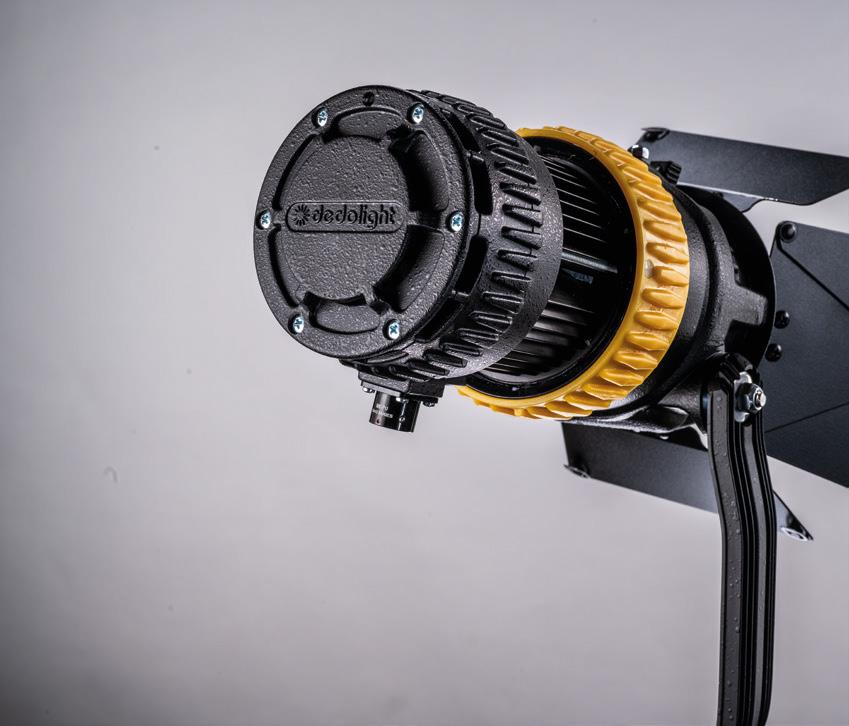

UK and Ireland Rental and Sales Distribution: www.cirrolite.com Visit the dedolight website: www.dedoweigertfilm.de NEO ballast serves all dedolight LED 20 to 90 Watt. Mono-, bicolour, UV, IR, battery or AC operation Dimming smooth to 0.2% High Speed Video mode up to 50.000 fps All DMX on board (8/16 bit) Option wireless The ultimate solution ANZ_CineWorld_05-22_final.indd 1 05.05.22 20:42
WHO, WHAT, WHEN & WHERE

Dower’s docu-feature, produced by Rise Films, about the first aeronauts to circumnavigate the world in a hot air balloon. Edgar Dubrovskiy’s Klitschko: More Than A Fight played on the opening night of Sheffield DocFest. Toby Leary, Noel Schoolderman, Sean Price Williams and Patrick Meller have all been shooting commercials.
UNITED AGENTS:
Remi Adefarasin OBE BSC has graded Mr. Loverman for BBC Studios/Fable Pictures. Søren Bay DFF is lighting Outlander prequel Blood Of My Blood with director Matthew Moore. Mark Nutkins is shooting Vertigo/Paramount+’s Curfew with director Joasia Goldyn. Philippe Kress DFF is lensing The Summerdahl Murders S6 for director Kenneth Kainz. John Lee BSC has graded Band Of Spies for Archery Pictures. Kelvin Richard BSC is a new client. Danny Cohen BSC is lighting Slow Horses S4. Damian Paul Daniel’s documentary Fearless is on the festival circuit. Martin Fuhrer BSC is reading for his next project. David Higgs BSC is in Edinburgh shooting Department Q Matt Lewis is prepping Jack Thorne’s Adolescence, directed by Philip Barantini. Kieran McGuigan BSC is meeting for projects. Laurie Rose BSC was on Midwinter Break. Bet Rourich AEC is prepping the Spanish feature Los Aitas John Sorapure is second unit director/DP on Project Hail Mary. Simon Tindall is shooting Sally Wainwright’s series Riot Women. Ollie Downey BSC is lighting The Fires, directed by Ugla Hauksdóttir and prepping for the series Reunion, directed by Luke Snellin. Laurens De Geyter SBC is prepping the Belgian feature Foley Man with director Frank van Passel David Rom is shooting on The Devil’s Hour S3. Álvaro Gutiérrez AEC is lensing a Spanish series with Netflix. Sam Heasman is shooting Lazarus with director Nicole Volavka. Si Bell BSC is lensing What It Feels Like For A Girl, a new series by Hera Pictures with director Brian Welsh. Sam Chiplin, Charlotte Bruus Christensen ASC, Milos Moore and Neus Ollé AEC BSC have been shooting commercials, reading and meeting. James Friend BSC ASC is prepping Edward Berger’s next feature Ballad Of A Small Player Anton Mertens SBC is lighting the series Bookish, written by and starring Mark Gatiss. David Raedeker BSC is shooting Butterfly, a feature produced by Quiddity Films with director Itonje Guttormsen. Niels Reedtz Johansen is lighting Christmas Karma for Gurinder Chadha. Kate Reid BSC was on Silo S2. Ed Rutherford BSC is mid-shoot on Mandrake with director Lewis Arnold for ITV. Juan Sarmiento G. is prepping Simón Mesa Soto’s next feature. Anna Valdez Hanks is lighting Missing You with director Sean Spencer for Quay Street. Ben Wheeler BSC is with director Jeremy Lovering on The Undertow for Netflix. Barry Ackroyd BSC lit a Nike campaign for Aneil Karia in Barcelona. Alex Barber shot a spot for Skoda in Lisbon with Alex Boutell for Rogue. Alfie Biddle is shooting Shetland S9 with director Andrew Cummings in Scotland for BBC. Simon Chaudoir shot
a Dior spot for director Alex Morin through Division, Paris. Sara Deane is prepping All Creatures Great & Small S5 for director Andy Hay. Lasse Frank shot a Telekom ad for Andreas Nilsson via Czar in Vienna. Tim Maurice Jones BSC lit a British Gas spot for Traktor through Stink. Alex Melman lensed an Old El Paso TVC for Big Red Button via Degaulle, Paris. Diana Olifirova graded We Are Lady Parts S2 and shot additional photography on Toxic Town with director Euros Lyn. Sebastian Pfaffenbichler AAC lit an M&S ad for director Michael Downing at The Sweetshop. Jake Polonsky shot second unit for upcoming series Flight 103 for director Otto Bathurst. Chris Sabogal lit a British Airways TVC for Charlotte

Reagan, with Knucklehead. Glynn Speeckaert ASC AFC lensed a Le Clerc ad for Hafid F Benamar in Brussels via Sovage. Gavin Struthers BSC ASC has wrapped on director DJ Caruso’s feature Mary Simona Susnea has started on Apple’s new series of The Buccaneers with director Will McGregor in Glasgow.




24 MAY/JUNE 2024 CINEMATOGRAPHY WORL D
Images: (top) Peter Wignall shooting on The Covenant; three photos of Tony Jackson in action; B&W photo of Toby Leary on the set of Grandma’s Grillz, shot in the City of London; and a frame from the documentary about Ukranian boxer Wladimir Klitschko entitled Klitschko: More Than A Fight, shot by Edgar Dubrovskiy.

OPENING DOORS
By Natasha Block Hicks

It’s Monday morning and Aga Szeliga ACO is keen to catch a 10:45am showing at her local community cinema: the independent, crowd-funded Castle Cinema in Hackney.
“When I’m not working, I’m often at the cinema,” she states, “I get so excited about going to watch films; it’s a luxury.”
This thrill stems from Szeliga’s childhood in a working-class family in rural, communist Poland, where a small B&W television was her only exposure to the moving image.
“I was a dreamer and an escapist,” she relates, “I remember being hypnotised by what I saw on the screen.”
It was a photograph of a crowd gathered around a camera in 1940’s Hollywood that first alerted Szeliga to filmmaking as a potential career path.
“I wanted to be one of those people,” she recounts. “I felt like the camera must be at the heart of filmmaking, though I know now that it’s an equal collaboration between all departments.”
Szeliga taught herself photography with a borrowed stills camera, and eventually left Poland to travel. She fell in love with the UK and, while supporting herself with cleaning and catering jobs, plundered Mandy and Shooting People for work experience as a DP on low/no budget productions, eventually boosting her education with an MA in Cinematography & Post Production at Greenwich University.
Szeliga had almost completed her first paid trainee position on a TV movie when she was offered a place on the Guild Of British Camera Technicians (GBTC) Camera Trainee Scheme, and decided to take her chance.
“The crew thought I was crazy,” recalls Szeliga, “but I went with my gut, and it was the right thing to have done.” Szeliga went on to gain roles as a trainee on features such as The Imitation Game (2014, dir. Morten Tyldum, DP Óscar Faura AEC), and subsequently as a 2nd AC.
Szeliga also worked as an assistant in Poland, and it was DP Bogumil Godfrejów PSC who gave her her first break as an operator on the Polish comedy feature Kochaj! (2016, dir. Marta Plucinska).
“I was relatively inexperienced, but it was an
environment where I felt nurtured and supported,” relates Szeliga “and I just fell in love with the role.” Szeliga shot further independent features with Godfrejów in Mexico and the United States.
Back in the UK, Szeliga was still known as a 2nd AC. With the encouragement of colleagues, she plucked-up the courage to sell her assistant’s gear and start promoting herself as an operator. But just as she was gaining some traction, along came her daughter Apolonia, and her ambitions had to take a back seat.
When Apolonia was 18 months old, DP Vanessa (Ness) Whyte offered Szeliga an operator position on TV miniseries A Confession (2019, dir. Paul Andrew Williams). Szeliga accepted, but the two-year pause had knocked her out of her groove.
I love the human element of operating – being there to support my DP, the director, actors and crew

“It was overwhelming driving to set the first day,” recalls Szeliga, “I felt so lost, sleep deprived and emotional. The first scene involved the whole cast, and I was scared I would disappoint everybody. Although I told Ness everything, she still believed in me.”
Szeliga confesses that, by lunchtime, she had quite forgotten her other role as ‘mum’.
“In that moment, I realised everything was going to be okay,” she relates. “I had a good chemistry with Ness, who was herself pregnant at the time. It was wonderful to have an HoD who was so understanding and supportive.”
Around this time Szeliga joined the ACO as an associate member, and with fellow operators Lucy Bristow ACO and Ilana Garrard ACO set up the web platform Women Behind The Camera, to showcase, network and train women working in the camera, grip and lighting departments.
It was a frenetic time. Szeliga was juggling her own commitments – including lots of short contract dailies work – with the career needs of her boom operator husband and the demands of parenthood.
“As freelancers we put so much pressure on ourselves,” she states. “We cancel holidays, we cancel grandma’s birthday. It’s not just about the money, it’s about not wanting to lose that opportunity.
“I had this moment with my husband when I wanted to call off our plans to go away. I said, ‘but this is the job that might open the door!’ And he said to me, ‘Aga, in a way, every single job opens a door’.
“I reflected on it and realised it was so true. Then I relaxed, and allowed myself to go with the flow, unafraid to put my family first and take time off to explore the world.
A break from the “rocky road” of short contract freelancing came when Mike Eley BSC hired Szeliga as B-camera operator on Netflix archaeological
SMOOTH OPERATOR•AGNIESZKA ‘AGA’ SZELIGA ACO 26 MAY/JUNE 2024 CINEMATOGRAPHY WORLD
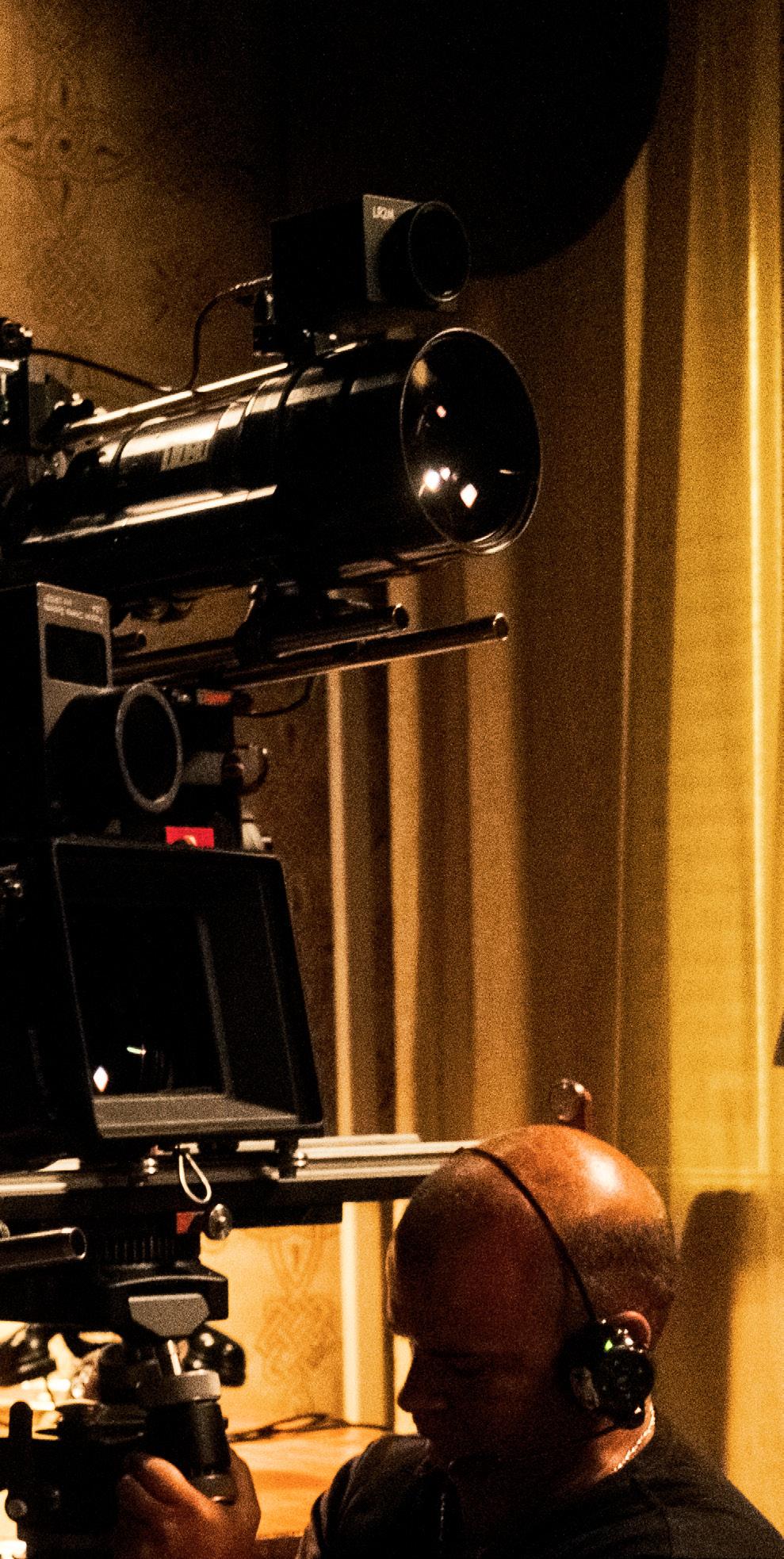



drama The Dig (2021, dir. Simon Stone).
“Mike trusted in me, and I felt like I could flourish because he gave me that creative freedom,” recounts Szeliga. “It was a lovely opportunity and beautiful project to be on. We were in the earth every day and I remember the smell of the mud and that excitement of being on-set, doing what I loved. I felt like it was really beginning.”
Soon after, Szeliga was offered ten months of B-camera work on House Of The Dragon (2022, DPs Fabian Wagner ASC BSC, Pepe Avila del Pino AMC, Alejandro Martinez, Catherine Goldschmidt BSC), at which point she and her husband made the joint decision that he would park his career for a time to stay at home with Apolonia.
First Steps won the BSC Special Achievement Award in 2024.
Because of her involvement with WBTC and First Steps, Szeliga tends not to collaborate repeatedly with the same team. She recalls having five different 1st ACs during the House Of The Dragon production.
When I’m not working, I’m often at the cinema
“It meant I could be fully engaged with my job knowing she was safe at home with her dad,” Szeliga reveals.
Fantasy-level scenery was a major feature of the shoot, with Cornwall standing in for some of the sweeping coastlines of Westeros.
“I would look away from the camera at this beautiful landscape and pinch myself with excitement,” recalls Szeliga.
“Joining House Of The Dragon was a great
“I like to explore and work with lots of people to provide opportunities,” she explains. “I’m also getting to know the other women from the WBTC database.”
There are a couple of exceptions, notably DP Catherine Goldschmidt BSC who Szeliga operated for on House Of The Dragon S1 Ep8 (2022, dir. Geeta Vasant Patel) and A Discovery Of Witches S3 Eps3-5 (2022, dir. Debs Paterson) and Wagner and Payne with whom Szeliga collaborated for a second time on Venom: The Last Dance (2024, dir. Kelly Marcel).
“It’s really nice to work with someone you understand without words and who you can count on as a friend,” contemplates Szeliga.
When Szeliga arrived in Italy to take B-camera on the set of Ferrari (2023, dir. Michael Mann, DP Erik Messerschmidt ASC), she didn’t know a soul.
“Ferrari was quite a highly-pressured and stressful

opportunity, but it was about more than my craft. Shared values with Fabian Wagner meant that I had the privilege of working alongside him to promote diversity in the camera department.”
Szeliga’s early dreams of becoming a DP herself were beginning to dissipate.
“I still occasionally light a splinter unit,” she divulges, “but I’ve fallen in love with the role of camera operator and that’s where I want to be. My ambition is to become very good at what I’m doing.
“It’s so much more complex than I thought, and I love the human element: being there to support my DP, the director, actors and crew.”
This nurturing instinct led Szeliga to join Wagner and 1st AC Mitch Payne in running First Steps Cinematography, a mentoring scheme founded by Wagner with a focus on making entry into the industry more accessible to those from diverse backgrounds.
job, and often quite lonely,” admits Szeliga, “but I could always turn to Erik, and he was always so calm, kind and encouraging. He had a great sense of humour and taught me how to own my space. I will always remember his example when I’m under pressure.”
Having completed principal photography on Venom only recently, Szeliga is enjoying the chance to relax at home with her family, reconnect with friends and give lots of custom to the Castle Cinema.
“I go every week, sometimes twice,” she beams, “if there’s a film festival, I’ll be in the cinema every single day.
“I have a hundred favourite films,” she continues, “but if I had to choose just one, I think it would be Federico Fellini’s 8½ (1962, DP Gianni Di Venanzo AIC). I rewatch it every few years and the excitement gets me each time. It’s a very special film.”
AGNIESZKA ‘AGA’ SZELIGA ACO•SMOOTH OPERATOR CINEMATOGRAPHY WORLD MAY/JUNE 2024 27
Images: Aga shooting on Ferrari, variously pictured with Michael Mann and DP Erik Messerschmidt ASC, photos by Lorenzo Sisti; together with the Venom 3 crew, photo by Laura Radford.
STUDIO NE WS
Reporting by Kirsty Hazlewood.
BOVINGDON AIRFIELD STUDIOS REVEALS ITS MASTER PLAN
Bovingdon Airfield Studios is to start the second of its three-phase master plan development into a full-scale filming complex, featuring extensive facilities including 240,000sq/ft of sound stages, 200,000sq/ft of production offices, 100,000sq/ft of workshops, 60 acres of multi-surface backlots, and three runways with set-build planning permission, all within an hour of Central London.
In phase one, the North Hub facilities have already been constructed and are available to use, featuring four high-specification sound stages, 12 workshops, on-site café, and extensive parking throughout the site.
Further expansion during phase two will take place throughout 2025 to build the Central Hub area between the North and South sites. This central communal area will include offices, amenities such as a gym, canteen and car park. The iconic WW2 Bovingdon Airfield Control Tower will be reconstructed to serve as the new head office.
Phase three will expand the southern facilities,
SHINFIELD STUDIOS WELCOMES GOVERNMENT MINISTER
In March, Shinfield Studios, welcomed Minister for Employment, Jo Churchill MP. She spent the afternoon at the studios and met some of the participants of one of Screen Berkshire’s most recent programmes to help people train and start careers in the film and TV industry.
Together with partners in Screen Berkshire, Resource Productions, University Of Reading and Bedlam Film Productions, the team provided an overview of the Sector-based Work Academy Programme (SWAP) and, with the support of the Berkshire Job Centre, this initiative is designed to equip
MARLOW FILM STUDIOS PLANS REJECTED BY COUNTY COUNCIL
Proposals to construct a brand-new studio complex on the outskirts of Marlow, Buckinghamshire, have been rejected by council planners. Although Marlow Film Studios had submitted plans for the facility, Buckinghamshire County Council denied permission for the build during a meeting at the start of June 2024.
potentially introducing water filming spaces. Its development will flex and adapt based on evolving industry needs in the coming years.
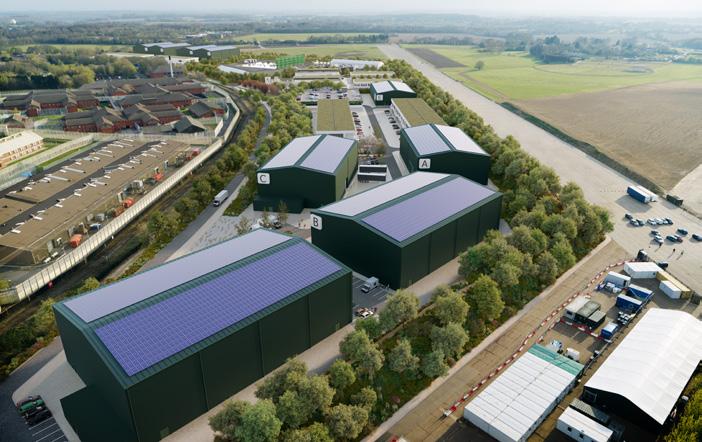
The master plan is underpinned by a long-standing family ethos prioritising the end-user requirements, and is designed to cement Bovingdon as a key player in the British film and TV industry.
Additionally, the Bovingdon Airfield Studios’ team is growing with the appointment of Jo Lawlor as studio sales manager. Lawlor is experienced in film and TV client liaison, having spent over 14 years at Elstree Studios and the 18 months at Stage Fifty.
participants with the knowledge, skills and contacts to access work in film and the wider creative industries.
Churchill joined trainees on Stage 2 where they spent the afternoon filming and gaining invaluable experience working on a set. The Screen Berkshire team is looking forward to seeing them take their next steps in the industry.

The moves comes despite the facility receiving support from Andy Serkis, Paul Greengrass, Richard Curtis and Jeremy Irons. Most recently, The Terminator, Titanic and Avatar film-director James Cameron also delivered a letter of support for Marlow Film Studios, writing about his predictions that demand for British filmmaking facilities will grow, and that he viewed Marlow Film Studios as the potential UK and European base and training centre for his company Lightstorm 3D.
“I predict UK filmmaking capacity will be in evergreater demand as the 2D-to-3D revolution unfolds, and the 22.5% of total global box office the UK delivered in 2023 will grow,” wrote Cameron.
“The next iteration of screen storytelling requires a purpose-built working space of exceptional quality, and trained professionals to grow the 3D market. Marlow is tailored to the needs of filmed media in the 21st century
and beyond, and I see it as a potential UK and European base and training centre for Lightstorm 3D.”




Lucy Frazer, UK government Culture Secretary added to this, saying, “It’s brilliant to see James Cameron recognise the UK’s technical expertise in film and TV production, which brings-in billions for our economy and creates thousands of skilled, well-paid jobs.
However, in a statement issued after the decision to reject the studio plans, Robert Laycock, CEO of Marlow Film Studios, said, “Despite many members on the committee crediting the quality of the application, and acknowledging the very significant social and economic benefits it would bring to Buckinghamshire, we are disappointed the committee was not able to support this

extraordinary proposal. It is one of the most significant investment opportunities in the future of Buckinghamshire and its residents, and we are now considering the next steps for the development.”
STUDIO ROUND-UP•BOVINGDON•SHINFIELD•MARLOW 28 MAY/JUNE 2024 CINEMATOGRAPHY WORLD






Delivering Solutions to Fuel
Technical Consultation | Used Marketplace | International Showrooms Accredited Service Centers | Tailored Finance | Events and Training Leading independent reseller CVP is home to the latest range of cameras, lenses and accessories – ready to test, combine and evaluate. It has the largest available stock in Europe, as well as a state of the art ProRepairs centre and a network of dedicated advisors and technical consultants. Personalise your camera with the perfect combination of accessories to suit your operating style, from monitors and lenses to cages and rigging; we have a solution for every project and every budget. Talk to us +44 (0) 208 380 7400 Learn more cvp.com
Creativity
STUDIO ROUND-UP•DISTORTION•BOTTLE YARD•BRISTOL
DISTORTION STUDIOS ENHANCES BRISTOL’S UNESCO CITY OF FILM STATUS
Visual content production company, Distortion Studios, has acquired and fitted-out brand new studios in Bristol. The 200sq/m studios will enable producers across all disciplines – TV, film, advertising, music, corporate and events – to create original IP utilising the cutting-edge technology of virtual production and the power of Unreal Engine.
This initiative, supported by funding from Creative UK and in partnership with iMAG Displays, will see the first permanent virtual production studio in Bristol and the South West. The new studio is run by a multiple awardwinning creative team, including a group of highlyexperienced Unreal Engine Experts and specialists in immersive digital arts.
Distortion Studios is decked-out with state-of-the art equipment including 11x4m curved LED volume,
THE BOTTLE YARD STUDIOS EXCELS IN SUSTAINABILITY
In Bristol, The Bottle Yard Studios’ new TBY2 facility has been rated ‘Outstanding’ by BAFTA Albert’s 2024 Studio Sustainability Standard. It is one of just two studios to receive this highest rating achievable, awarded for the first time in the latest round of the industry scheme.
The Studio Sustainability Standard is a global, voluntary scheme designed by BAFTA Albert and Arup to help studios measure and reduce the environmental impact of their facilities. Participating studios commit to making year-on-year improvements to their sustainability going forward.
Matt Scarff, managing director, BAFTA Albert, said, “I am hopeful that this collaboration indicates a positive future towards decarbonisation for the industry.”
Steve Smith, project manager for Studio Sustainability Standard, BAFTA Albert, added: “Congratulations to The Bottle Yard’s TBY2 facility. The 29 studios who participated in this year’s Studio Sustainability Standard are setting the pace for sustainable innovation in the studio sector.”
Laura Aviles, head of film at Bristol City
BRISTOL WINS CITY OF FILM AWARD AT CANNES
Bristol won the coveted City Of Film Award at the 2024 Global Production Awards, presented during the Cannes Film Festival. The awards celebrate outstanding and sustainable work in the world of film and TV production, locations and studios. Bristol saw off competition from fellow shortlisted cities Limerick, Sofia, Tulsa and Zagreb.
Judges said that Bristol had “ticked the boxes for significance to film and TV in all forms from the past to the present day”, citing in its pitch Stephen Merchant’s crime comedy TV series The Outlaws, the BBC Natural History unit, Sir David Attenborough, Aardman Animations, Bristol-born actor Cary Grant and 19thcentury motion-picture pioneer William Friese-Greene.
Natalie Moore, Bristol UNESCO City Of Film manager, said, “What an incredible achievement for the many companies, organisations and individuals working in different screen sector fields across the city. We were already a designated UNESCO City of Film, now we are proud to be an award-winning City Of Film. Our work continues to strengthen the local sector,

Roe Black Pearl 2 V2 LED panels, 2x2x3m wild wall mobile LED panels, 2x Stype RedSpy tracking system, Stage Precision, Pixera Media Servers and Brompton
processing.
Jonathan Brigden, managing director of Distortion Studios commented, “We’re thrilled to have set-up our studios in this great city in the South West. We can’t wait to show how our topof-the-range technology, highly-skilled team of engineers and artists and this unique space, can change productions and their budgets forever.”


Council, said: “At TBY2, we were able to embed sustainability into design and build from the outset. Lowering our main site’s carbon footprint presents a different set of challenges and The Bottle Yard’s business and operations manager, Katherine Nash, has worked tirelessly to progress a range of decarbonisation improvements. We are fully-committed to continuing this work going forward.”
The Bottle Yard Studios offers 11 stages across its two sites. Sustainable measures put in place for
focusing on skills and workforce development, regional storytelling and on-screen representation, environmental action and climate content and international engagement and collaboration.”
The combined work of Bristol Film Office and The Bottle Yard Studios was noted by judges for an ability to attract a steady flow of film and high-end television productions to the city.
productions include a comprehensive sustainability toolkit, including a local green suppliers directory and accommodation list, full waste management strategy, EV charging and cycling facilities on-site, single-use plastics policy, and active links with community and industry partners to repurpose and reuse everything from sets and office furniture to work clothing.
TBY2 also boasts a 1MW solar array funded by Bristol Energy Cooperative, believed to be the largest community-owned rooftop PV installation in the UK and one of the biggest solar arrays on any UK studio.
In other news, season three of hit spy-thriller Alex Rider, was one of the first productions to film at The Bottle Yard Studios’ TBY2 facility. Sets were built for the roof of a major local landmark and a variety of smaller settings needed for VFX shots, whilst production headquarters were based in the studios’ offices.

“Bristol is doing all the right things,” said one judge. “While it remains a destination for lower budget or regional projects and there is room for crew and infrastructure to expand, the work at The Bottle Yard is a high point.”

30 MAY/JUNE 2024 CINEMATOGRAPHY WORLD


































Leading independent reseller CVP is home to the latest range of cameras, lenses and accessories – ready to test, combine and evaluate. It has the largest available stock in Europe, as well as a state of the art ProRepairs centre and a network of dedicated advisors and technical consultants. Personalise your camera with the perfect combination of accessories to suit your operating style, from monitors and lenses to cages and rigging; we have a solution for every project and every budget. Talk to us +44 (0) 208 380 7400 +32 2 828 1111 Learn more cvp.com
STUDENT UNION•LUSÓFONA UNIVERSITY, LISBON
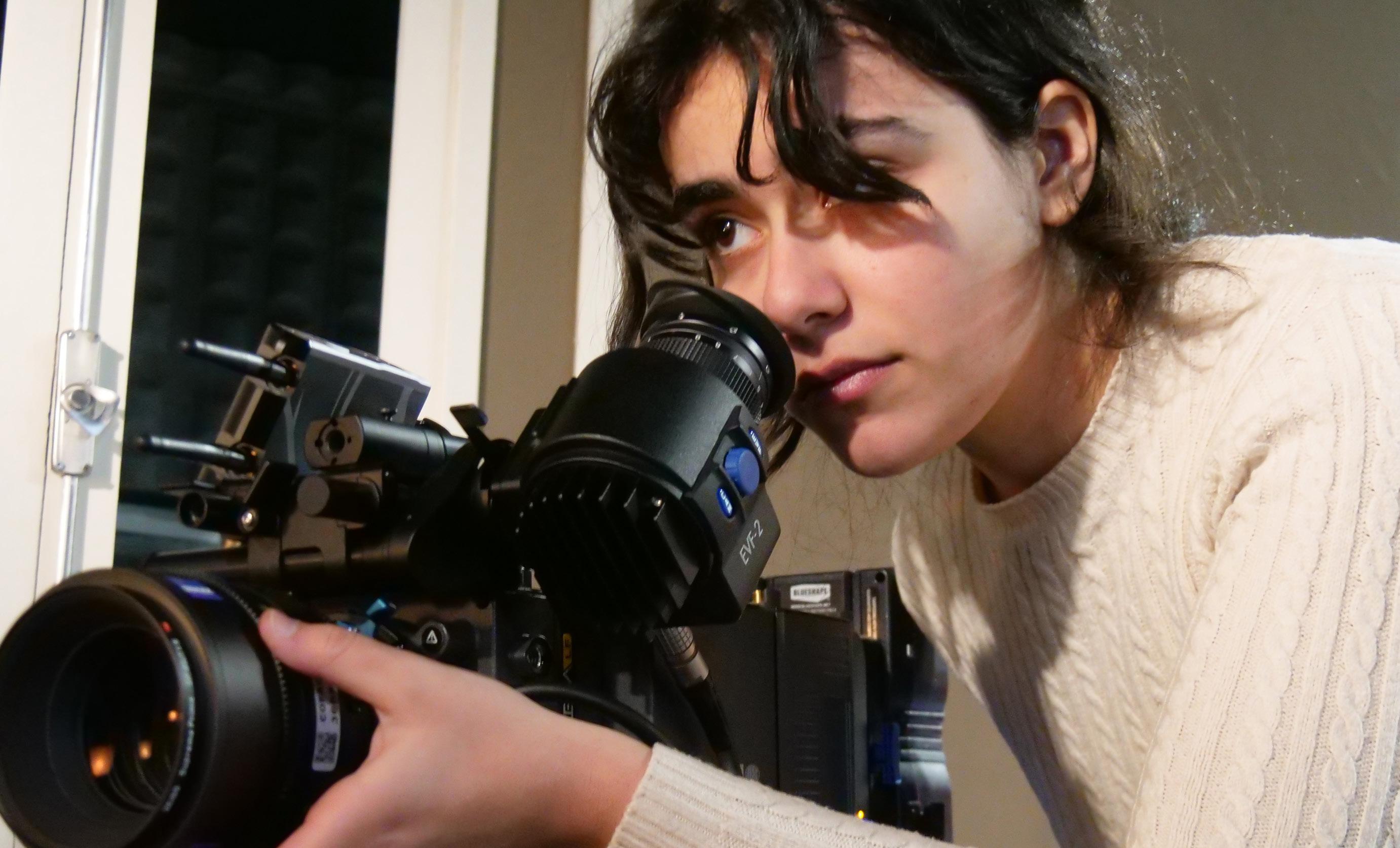
TO THE HIGHEST DEGREE
By Natasha Block Hicks
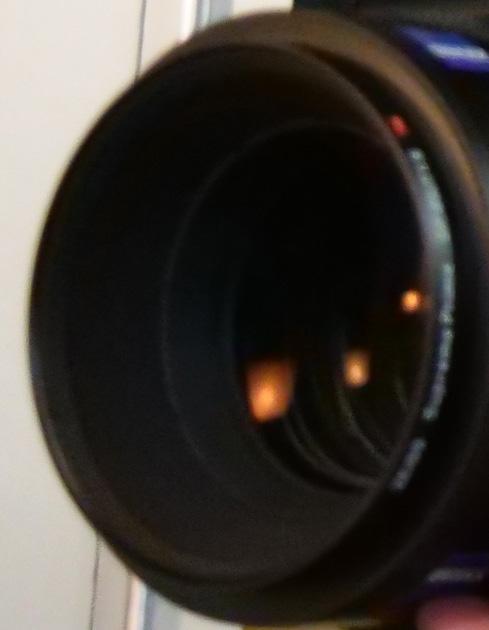

TAround 80% of our students get jobs in the first couple of years after they graduate
ony Costa AIP, head of cinematography at Universidade Lusófona, Lisbon, has a unique insight into the media courses offered by Portugal’s largest private university. He has stood before the students as a professor, sharing the knowledge he garnered during 35 years in the industry, but also mingled among their number as a postgraduate.
As a working DP, Costa received – among other accolades – a Golden Eye Award at the 2014 Tbilisi International Film Festival for his lighting of Lápis Azul/ Blue Pencil (2012, dir. Rafael Antunes). He co-founded the Portuguese Society Of Cinematographers (AIP), serving as its president twice: 1998-2008 and 2016 to the present. Costa also sat on the board of IMAGO for many years, serving as its vice-president from 20042008. In 2017 he co-founded the cinematography research initiative Cinematography In Progress (CITO).

Costa first joined Lusófona University as a visiting tutor in 2004, then took its MA in Film Studies in 2014 and a PhD in Communication Sciences in 2022. He is now a committed full-time professor. In 2023 he was awarded the AIP’s Prémio Fernando Costa in recognition
of his career in the visual arts.
Lusófona’s main offering for nascent cinematographers is the three-year BA in Cinema & Media Arts which accepts 80 students per yearly intake, costing €450/semester in tuition fees. Registration to the degree is open to all, with places awarded on secondary education grades.
“The term ‘Media Arts’ means that students learn across a broad range of disciplines,” explains Costa.
The course has a ‘Common Core’ of studies, weighted 90% practical to 10% theory, which are undertaken by all students. There are four programmed Audiovisual and Film Creation Workshops in the Common Core, such as Workshop III: Serialised Content, which involves the creation of a TV pilot.
“The students divide themselves into departments,” explains Costa, “those most interested in cinematography lead the camera department. We invite the TV channels to come and see the pre-production pitches, then again later for a screening of the finished films.”
feedback, and entered into film festivals and awards with the aid of Lusófona’s dedicated film festival department.
This year, BA graduate Gonçalo Barreto won the Best Cinematography in a Student Film category at the 2024 AIP Cinema Awards for his lighting of Penrose (2023) and BA alumnus Miguel Faustino claimed it for Vanette (2022) the year before. In 2021, when Duarte Rodrigues and Dan Ilco won with O Copo (2021), Lusófona graduates had secured the award four years running.
Costa also hosts cinematography modules on Lusófona’s postgraduate courses, including the two-year MA Film Studies, which accepts 12 students per year, costing €348/semester in tuition fees.
“The MA is an academic degree,” Costa emphasises, “there is one practical exercise where we shoot a narrative two ways with the students and then analyse it, otherwise it is mostly on the art and philosophy of cinematography.”

From the second year, students must also choose from a range of options, such as the Cinematography Workshop in Option III, delivered by Costa. All common core modules and options are worth ECTS credits which count towards a Bologna-compliant bachelor’s degree.
The programme culminates with a Final Course Project in the last semester: a short film which is internally assessed, presented to industry professionals for their
By contrast, the two-year MA Kino Eyes – Film Directing and Production, funded by Erasmus+, is an intensive fiction filmmaking master’s degree, taking four students per year in each of the disciplines of directing, screenwriting, producing, cinematography, editing and sound.
Students move between three EU universities: Lusófona, Dún Laoghaire Institute of Art, Design and Technology (IADT) in Ireland and Baltic Film, Media, Arts and Communication School in Estonia. The course is geared towards final thesis films that “will be expected to perform at first-tier international film festivals” according to Lusófona’s literature.
Kino Eyes graduate short Fado Menor (2022, DP Bornil Anurag) adhered loyally to this directive by qualifying for 16 international film festivals, including UCL’s Festival of the Moving Image where it won Best Short Film, and Leidsin (2021, DP R.M. Ramprasad) the year before was shown at nine festivals, including the Oscar-affiliated Foyle Film Festival in Northern Ireland.
Lusófona also participates in another international masters, the Doc Nomads Erasmus Mundus Joint Master Degree (EMJMD) in Documentary Filmmaking, a two-
32 MAY/JUNE 2024 CINEMATOGRAPHY WORLD
LUSÓFONA UNIVERSITY, LISBON
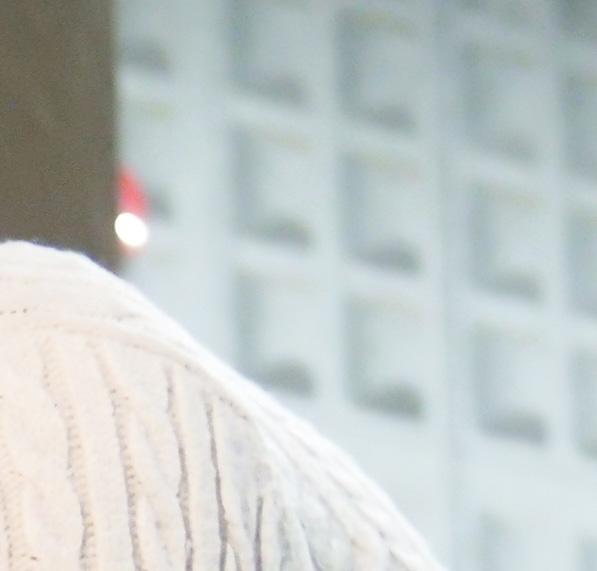
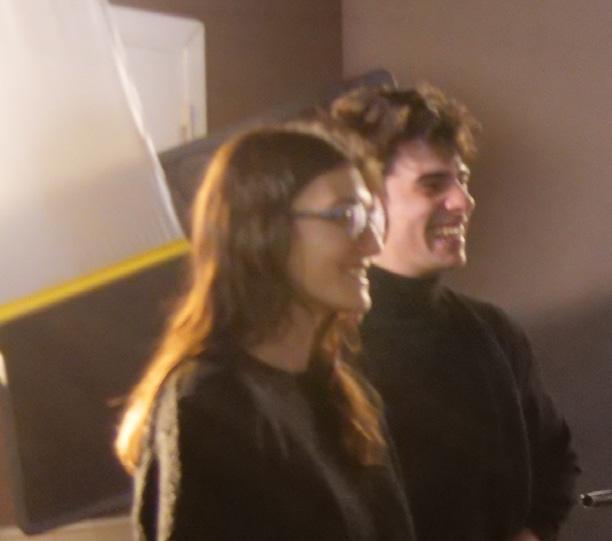
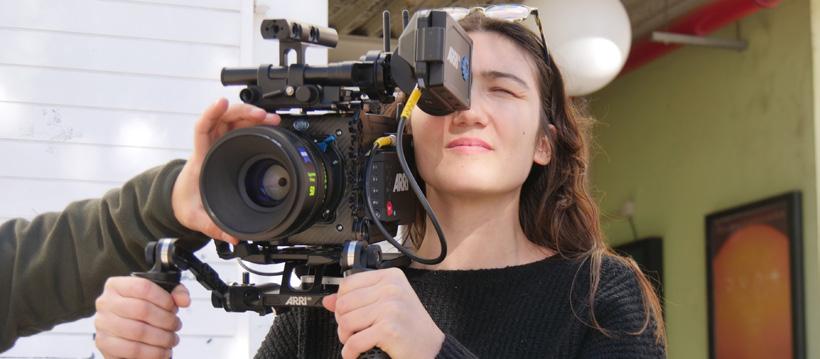
year graduate programme which has modules on cinematography taught by Costa. Doc Nomads acts as a school in its own right, with a unified curriculum held simultaneously in Lisbon, Budapest and Brussels. Like Kino Eyes the students move between the countries, benefitting from differences in location and culture, and their films feature at documentary festivals worldwide, such as Mum (2023, dir./DP Siddhant Sarin), which secured the Festival Prize at the Brussels Independent Film Festival this year.
Postgraduate places across all media courses are offered on the basis of the applicant’s CV, portfolio and/or showreel – whichever is most applicable – plus an interview.
To support all filmmaking students resident at Lusófona, the university offers industry-standard kit such as ARRI Alexa LF, Alexa Mini LF and Alexa Classic cameras, Sony’s Cinema Line FX cameras, ARRI Master Prime lenses, ARRI and Astera lighting, dollies, grip and sound equipment, plus access to two vans that productions can borrow for location shoots. There are two small studios, but plans are being considered for

renovations that will open-up space at the Lusófona campus for a larger stage in future.
“We have an ambition to invest in an LED wall,” discloses Costa.
Costa and his closest colleague Danilo Cares, a talented Kino Eyes cinematography alumnus from Chile who Costa poached for the teaching staff at Lusófona, are both certified to run an annual three-day ARRI Academy workshop on the Alexas and other ARRI kit for up to five bachelor student DPs who have demonstrated exceptional aptitude and commitment.
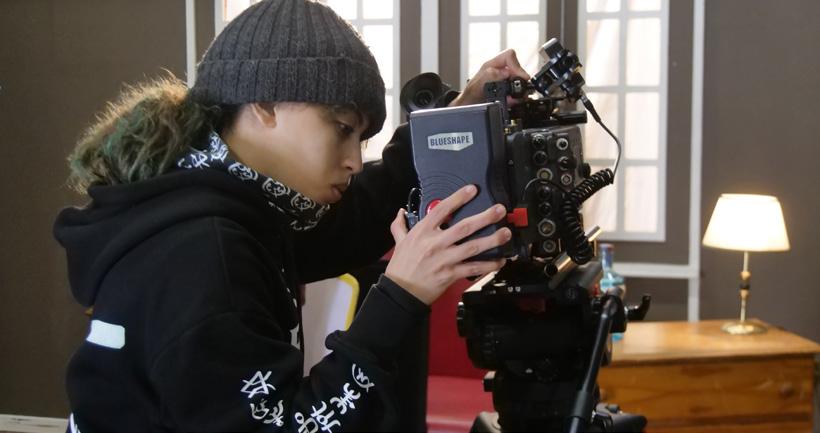
“It’s a very intensive workshop,” illustrates Costa, “if they pass, they get the certificate which can help them get a job as a camera assistant.”
Cares continues to shoot alongside his teaching post at Lusófona, as do Lusófona PhD postgraduate DP/ photographer Emilia Loret and NFTS alumnus Bruno Grilo AIP, both of whom Costa recruited to help him in the cinematography department.
“We appreciate having tutors with that experience component in the school,” he comments.
Working DPs and other filmmakers regularly visit Lusófona to deliver workshops and masterclasses,

Students learn across a broad range of disciplines
such as Peter Zeitlinger ASC who presented L’Angelo Dei Muri/The Angel In The Wall (2022, dir. Lorenzo Bianchini), and Fabian Wagner ASC BSC who came to talk about Game Of Thrones (2011-2019).
International Audiovisual Weeks see manufacturers fill Lusófona’s studios to show their kit, with demonstrations and talks from the professionals who use it.
“I also run a Cine Club,” describes Costa of the gathering he hosts five time a year. “I invite a colleague from the AIP to come and discuss one of their movies with the students.”
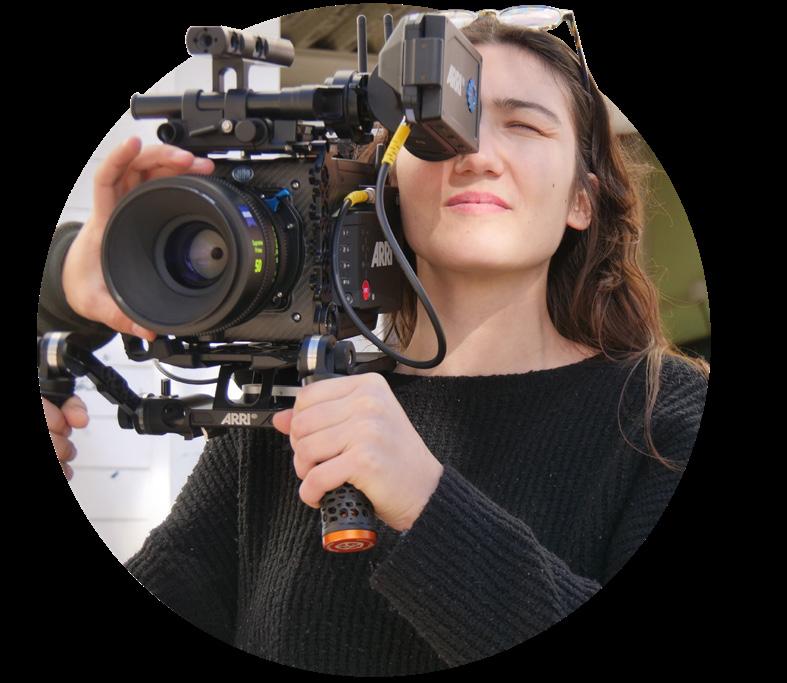
These meetings help when BA final year students

come to undertake the mandatory 300-hour internship at the end of their degree, which for student cinematographers could be in a rental house or shadowing a DP.
“They’re all already very nervous to look for a place,” Costa reveals of the current cohort, “with a positive result, they will gain their certificate and industry connections.”
Lusófona alumni who are enjoying success the industry include 2009 BA graduate Leandro Ferrão AIP, who won the Best Cinematography in a Short Film category at the 2021 AIP Cinema Awards with History Of Civilization (2020, dir. Zhannat Alshanova).
Another AIP member, prolific in commercials, is Lusófona alumnus David Marques. 2008 BA graduate Pedro Ribeiro, based in Australia since 2018 and the UK before that, has operated on factual TV episodes for the BBC and C4 such as Grand Designs and lensed commercials for clients such as Johnny Walker.
The film industry is a tough nut to crack, and university gateway courses such as the BA offered at Lusófona reflect this.
“Of the 80 students we enrol every year, only 40 will
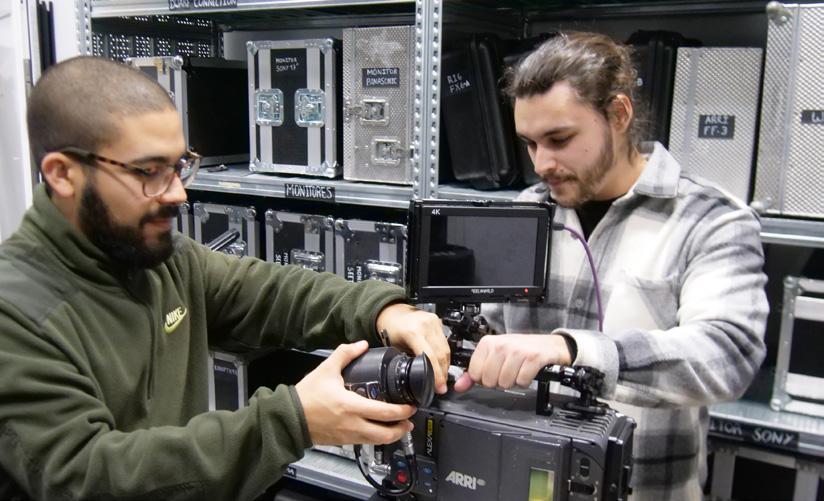
arrive at the end,” illustrates Costa.
“Many students realise that being a filmmaker is just not what they imagined. Of those that graduate, we might have just one cinematographer, so it could appear like we are only educating a small number of people.
“Fortunately, from some recent research,” Costa continues brightly, “we have discovered that around 80% of our students get jobs in the first couple of years after they graduate, and 64% percent continue in the profession, which is really good. We were happy with that.”

Further details of application DATES and FEES can be found at:
https://www.ulusofona.pt/en
https://www.kinoeyes.eu/
https://www.docnomads.eu/

CINEMATOGRAPHY WORLD MAY/JUNE 2024 33
•STUDENT UNION
Images: photos courtesy of Tony Costa AIP.
MURDER IN MONO
By Ron Prince

Ripley, director Steve Zaillian’s lavish neo-noir adaptation of author Patricia Highsmith’s 1955 psychological thriller, The Talented Mr Ripley, is quite something to behold.
Streaming on Netflix from early April 2024, the eight-part series immediately won plaudits for its moody and masterful monochrome depiction of Tom Ripley, a down-at-heel New York conman and sociopath, who is hired by a wealthy man to travel to southern Italy in a bid to convince his prodigal son, Dickie Greenleaf, to return home to the US. But Tom’s introduction to Dickie’s leisurely life abroad turns out to be the first step in a complicated story of deceit, impersonation, fraud and murder.
The series was written and directed by Zaillian, with sumptuous B&W cinematography conducted by American DP Robert Elswit ASC across all episodes. The show stars Andrew Scott as Tom Ripley, Johnny Flynn as Dickie Greenleaf, and Dakota Fanning as Dickie’s girlfriend Marge Sherwood.
During the first week of its release, Ripley debuted at number six on Netflix’s Top 10 TV English titles with 16.9 million hours viewed. It remained at the same position the following week, but garnered 18.4 million viewing hours.
Along with stellar viewing figures, the series received critical praise for its writing, direction, production design, score and performances, particularly Scott’s portrayal of Tom Ripley. Critics also gained profound pleasure from watching Elswit’s cinematography. The esteemed DPs credits include: Good Night, And Good Luck, (2005, dir. George Clooney), There Will Be Blood (2007, dir. Paul Thomas Anderson), for which he won Oscar and ASC Awards, Mission: Impossible – Rogue Nation (2015, dir. Christopher McQuarrie), The King Of Staten Island (2020, dir. Judd Apataw), and Bob Marley: One Love (2024, dir. Reinaldo Marcus Green).
RIPLEY•ROBERT ELSWIT ASC
34 MAY/JUNE 2024 CINEMATOGRAPHY WORLD

Words like ‘chiaroscuro’ and ‘tenebroso’ became part of our dialogue
CINEMATOGRAPHY WORLD MAY/JUNE 2024 35 ROBERT ELSWIT ASC•RIPLEY Images: All images Copyright © 2024 Netflix, Inc.

“I had worked with Steve once before, on several episodes of The Night Of (2016) crime series. We had such a good experience together that he called me about shooting Ripley,” recalls Elswit.
“However, I wondered why he wanted to make yet another adaptation of Patricia Highsmith’s story, following Purple Noon (1960) and especially after the success of Anthony Minghella’s The Talented Mr. Ripley (1999), but he asked me ‘Have you actually read the original novel?’, and had to admit that I had not.
“So I read the book and then Steve’s script, which was some 860 pages, and realised that he wanted to focus much more Highsmith’s original Tom Ripley – the narcissist and predatory conman, who you meet running tricks in New York and immediately understand his talent for reading human behaviour, spotting a sucker and preying on them. Ripley can manipulate people, by pretending to be somebody he’s not – always two different people pretty much all the time. He’s also in love with Dickie, classical Italian paintings and culture, all of which was detailed in the book and the script and Steve wanted to be reflected in the imagery of the series.”
Elswit adds, “As we were going to shoot eight hour-long episodes, I really liked that we would have plenty of space to show how Ripley’s mind worked and his emotional connection with the art, architecture and lifestyle in Italy.”
As for the decision to shoot in B&W, Elswit explains, “The edition of the Ripley novel that Steve had on his desk featured an evocative B&W photograph on the cover. As he was writing the script, he held that image in his mind. I agreed that it fitted the story, and we went from there. I had not shot B&W for a long while, and it automatically creates a ‘wow’ factor, so it was an exciting challenge.”
Fleshing-out the visual aesthetics Elswit says he voiced some concerns that the look might become overly-theatrical and distracting for the audience when Zaillian suggested paying homage to the dramatic use of lighting in the works of Italian Baroque artist Caravaggio.
“Steve said he wanted to take the audience to the same kind of moments of extreme tension and drama that you see in great works of Italian art, and he felt that these would really correlate with Ripley’s emotions. He was quite adamant about that, so words like ‘chiaroscuro’ and ‘tenebroso’ became part of our dialogue as to how certain scenes should look and feel to people watching the show.”
Production on Ripley got underway in 2021, midpandemic, and saw shooting take place in Rome, Venice and Naples, on the island of Capri, and around
the
city of
on
southwestern Italian the province of Salerno. Filming also look place in New York.
Elswit remarks that shooting during Covid proved advantageous in the fact the locations were free of both locals and tourists, and that any delays due to illness and pandemic protocols gave him extra time for scouting and planning the camera and lighting set-ups. He estimates that all-in – from reading the script and scouting through to wrapping production in New York and then finishing the series in the DI grade – he was occupied on Ripley for around a year and a half.
“This production had the longest scout I’ve ever been on, and it gave me the opportunity to really
Steve wanted the same moments of tension and drama that you see in Italian Baroque art
consider shooting in B&W – which is all about the tone, texture and quality of light in how you structure the image, and very different to working in colour. I took hundreds of stills of our locations using my B&W Leica camera and printed them out later to study, as it had been such a long while since I had shot in B&W.”
Along with these photographs, plus the evocative use of ‘chiaroscuro’ and ‘tenebroso’ in Baroque paintings to create atmospheric light and shadow, Elswit also considered classic Italian movies such as Rome, Open City (dir. Roberto Rossellini, DP Ubaldo Arata), Bicycle Thieves (dir. Vittorio De Sica, DP Carlo Montuori), and many films made by director Federico Fellini in the 1950s and ‘60s. He also says the B&W cinematographic works of Gordon Willis ASC, on director Woody Allen’s films such as Manhattan (1979), Stardust Memories (1980) Zelig (1983) and Broadway Danny Rose, are permanently ingrained inspirations.
“Steve and I had many conversations about what B&W does, how it works on people’s emotions. Unlike colour, in B&W the emphasis is on tonality, highlights and shadows, and that’s really true if you want to create a feeling of anxiety and tension, or a general atmosphere of menace, especially how you
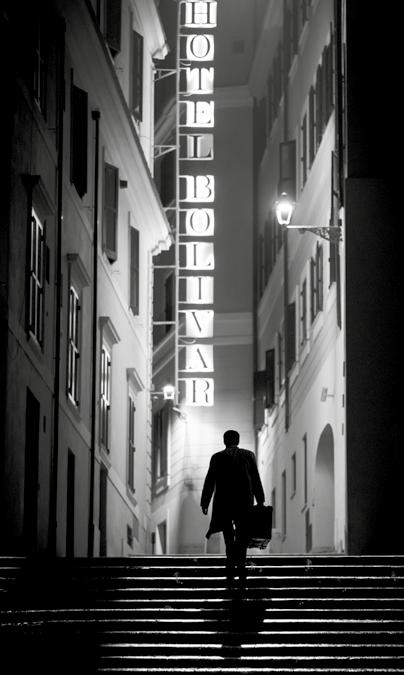
exaggerate them at night,” he says.

“We discussed how we would use the light to reveal truths about our characters and their inner worlds – Dickie would often be depicted in a half-light, Marge would be more open and honestly exposed, but Tom’s lighting would often involve more tenebroso, with exaggerated highlights and shadows, sometimes quite abstract and a long way from a realistic look.”
Elswit shot Ripley using ARRI Alexa LF and Alexa Mini LF cameras plus Panavision VA large-format spherical prime lenses, in a package supplied by Panavision, London, wrangled for the production by Elswit’s 1st AC Erik Brown.
During prep, Elswit worked with lens guru Dan Sasaki, at Panavision Woodland Hills, to fine-tune the lenses to his particular liking, as he explains. “Dan has either custom-built or tweaked lenses for me for many, many years. He is a genius in the way he listens to what you want and then translates that into the visual language of the optics.
“The Panavision VA large-format spherical
RIPLEY•ROBERT ELSWIT ASC 36 MAY/JUNE 2024 CINEMATOGRAPHY WORLD
seaside
Atrani,
the Amalfi Coast in
When you shoot in B&W the emphasis is on tonality, highlights and shadows

primes have a softer look than Panavision Primos or Panaspeeds, and whilst they have vintage characteristics, I wanted them to have more of a look from the 1970s, for their innate distortion, aberrations and vignetting to be just a touch more pronounced.
“The VAs are compact on the camera, and the images they deliver are sharp, with excellent close focus. The wider end of the range, between 21mm and 50mm, have fast T1.4 apertures, which I knew would be helpful in some of our more darkly-lit scenarios,” he says, adding, “I have to say that, when we arrived in Rome during the latter stages of prep, the team at Panalight were really helpful in helping us get ready for the shoot, equally as fantastic as the Panavision teams
we had dealt with in Woodland Hills and London.”
When it came to framing using different focal lengths, Elswit says he very much countenanced Zaillian’s sensibilities about the proximity of the camera to the actors, the presence of the characters in the frame and the audience’s connection to them.
“Emotionally there’s quite a difference between shooting a medium close-up using a longer lens, versus the same shot on a wider lens, and Steve was really in tune with that in the visual storytelling. We shot pretty much everything, the close-ups and medium close-ups, with wide lenses and hardly ever went beyond a 40mm.”
Whilst the image-recording was done in colour during production, Elswit monitored on-set in B&W
thanks to a pair of LUTs he had created during prep with colourist Stefan Sonnefeld at Company 3 in Los Angeles, whose looks were designed to emulate one of the DPs previous films.
As he recounts, “I tried to make Ripley feel as if it had been shot on Kodak 5231 B&W Plus-X film throughout. I actually shot Good Night, And Good Luck, (2005) on high-speed Kodak Vision2 500T 5218 colour filmstock, and graded it in post to emulate the tone and contrast of the 5231 B&W. The way this worked was that during production on that movie I had a separate magazine loaded with 5231 B&W film, and shot reference footage of a scene or the stand-ins between takes that were shot on colour film. Later in post, I then matched the colour

CINEMATOGRAPHY WORLD MAY/JUNE 2024 37 ROBERT ELSWIT ASC•RIPLEY
5218 to the B&W 5231.
“For Ripley, Stefan helped to imitate the look of that B&W 5231 in my LUTs, and it was a pretty good emulation. I mean it was a little lower contrast as we shot in colour, but we were able to increase that and Ripley definitely has the feeling of B&W 5231 all the way through.”
Elswit also points out that, “During production David Gropman, our production designer, together with the art directors and especially the costume department, led by Giovanni Casalnuovo, did a splendid job in dressing the sets and the actors. They all understood which colours of fabrics, props and set dressings would yield great monochromatic results.”
Ripley was a single-camera shoot in the main, with Elswit often operating remotely using wheels, having the camera mounted on a Matrix stabilised head, with the dolly pushed by the grips. “Although we didn’t move the camera a great deal on this production, Steve was always looking for different ways to observe Ripley – from above, below and through things – in order to bring in a creepy sense of voyeurism to the image.
“During production, I wore a microphone and headset, as did the grips, so I could communicate with them whilst Steve was sitting next to me watching the takes on a monitor. Obviously, sometimes, you have to be physically-connected to
it’s a really nice way to work in small or confined spaces. It is certainly easier on the grips not to have push the dolly with the added weight of the camera operator, and I find it’s easier to make adjustments between takes.”
Supporting the production’s many camera and lighting set-ups, and helping to maintain a healthy pace of production each day, Elswit says he was thankful for the collaboration between the camera and production departments. Chris Centrella, who headed the grip team, gaffer Francesco Zaccaria, co-producer/1st AD Peter Thorell and executive producer/unit production manager Clayton Townsend, formed a formidable working relationship.
“With 860 pages to get through and so many locations in different cities, Steve and I just had to have a team who could anticipate and plan ahead, keep us on schedule, and take the pressure off of us both – simply by remaining aware and being organised. They did a wonderful job.”
Discussing his approach to lighting Ripley, Elswit says, ““Of course, shooting in B&W you don’t have to worry about colour temperatures. It was, by and large, about creating shadows and highlights. On day-work for example, a lot rested on keeping track of the weather, shooting at the right time of day to optimise the sunlight, or knowing in advance when the things might get overcast, and then scheduling to take account of that. Along with bouncing-in light from HMIs, we used a range of LED panels to deliver very soft and broad illumination to create the feeling of day-interior light in apartments.

the camera and operate in a traditional way, but I like working in this manner for a few good reasons.
“It lowers the number of people behind the camera on-set, which can help the actors, and


“But we also wanted hard light and used Tungsten Fresnels to create distinct shadows and to deliver dramatic, stylised, exaggerated illumination, where there would be violent contrasts of light and dark, where darkness became a dominating feature of the image, and made an emotional statement, just like a Caravaggio.
“In some of the grimmer parts of the story, we had a lot of fun creatively in casting shadows on to staircase walls, and kind of got really old-fashioned
We shot pretty much everything with wide lenses and hardly ever went beyond a 40mm

38 MAY/JUNE 2024 CINEMATOGRAPHY WORLD
RIPLEY•ROBERT ELSWIT ASC

film-noir. I suspect Steve would have been happy if we’d have done more of that theatrical-style shadow-play, but overall we delivered a good balance between a depicting a world where things are completely believable against the more sinister and macabre.”
Summing-up his experience of shooting Ripley, Elswit says, “I loved working with Steve. He’s an amazing human being and an amazing director. I’ve never worked with anyone who works harder and is more dedicated to creating their vision. Of course, shooting in B&W came with a challenge, as did finding a way in to Steve’s creative imagination, but I am so glad to have had the opportunity to work on such a visual distinctive production.”
CINEMATOGRAPHY WORLD MAY/JUNE 2024 39 ROBERT ELSWIT ASC•RIPLEY
WINNER TAKES ALL
By Ron Prince
Captured on Kodak 35mm film by Thai DP Sayombhu Mukdeeprom, director
Luca Guadagnino’s Challengers takes audiences into the competitive heart of professional tennis, as three ambitious players become embroiled in a love triangle involving lust and the ruthless desire to win at all costs.
Told in non-linear episodes, over the course of 13 years, the story follows Tashi (Zendaya) a failed tennis prodigy turned coach, who has transformed her husband Art (Mike Faist) from a modest player into a world-famous grand slam champ. To jolt him out of a losing streak, she pressures Art to play at an ATP Challenger event in New Rochelle, NY – close to the lowest rung on the pro-tennis tournament ladder. Passions soon run high when Art stands across the net from the once-promising, now burntout Patrick (Josh O’Connor), his former best friend and Tashi’s former suitor.
Well-received by critics and at the box office, the film has been noted for the way in which its colourful camera work explores the muscularity, sexiness and frailties of human physiology, all while tennis-balls get convincingly smashed, expensive racquets are battered into splinters and sweat drips in slow-mo. All three leads underwent extensive tennis training for several months before filming commenced, coached by American tennis pro Brad Gilbert, who also acted as a special consultant on the film.
Challengers represents Mukdeeprom’s third film with Guadagnino as director, following Call Me By Your Name (2017) and Suspiria (2018), which the DP also shot on Kodak 35mm film.
“When we discussed the visual treatment of the film, Luca was quite clear that it was a subjective movie, focussing on the relationships and rivalries between characters in a love triangle,” says Mukdeeprom. “Away from the tennis court, he wanted it to feel natural, as if we had brought the camera to each location to film what we found there, with nothing artificial, but with a certain vibrancy of colour.
“He did not know much about tennis, and when it came to depicting the matches he certainly
did want to make a typical sports film, where the cameras objectively follow the players. For him the action scenes were a chance to reflect the changing emotional and personal dynamics between the protagonists at key moments, rather than showing them just playing tennis.”
Mukdeeprom says a key reference was The Color Of Money (1986, dir. Martin Scorsese, DP Michael Ballhaus ASC) for its close-up shots of pool balls being played, along with wider visuals of the players in the pool hall environment. There is also an homage to the tennis scene in Strangers On A Train (1951, dir. Alfred Hitchcock, DP Robert Burks ASC) in which everyone is watching the match-play back-and-forth,

This was a subjective movie, about relationships and rivalries in a love triangle
except for the brooding lead, who is shown staring intently ahead as the camera zooms in.
“As I don’t know much about tennis either, Luca and I decided to storyboard the action scenes, which was a first for us. We collaborated with Brad Gilbert, who initially coached the actors about playing tennis, and then helped us to choreograph their rallies and movements around the tennis court.
“As those storyboards developed, we worked-out different camera positions, moves and blocking that would depict the vigorous athletic energy of tennis, along with more intimate shots that would convey the changing emotions of the characters towards one another in the heat of battle.”
Apart from a short stint in New Rochelle, New York, to shoot authentic cityscapes and establish the film’s suburban setting, production on Challengers in took place in different towns and cities around Massachusetts, including Boston, East Boston, the Back Bay, Framingham, Bedford, Beverly, Lynn, Braintree, Canton and Norton. Filming began in May 2022 and concluded in June.
Mukdeeprom framed Challengers in 1.85:1 aspect ratio, using ARRICAM LT and ST 35mm cameras and Zeiss Super Speed lenses, capturing in 3-perf on 35mm KODAK VISION3 filmstock. An ARRICAM 235 camera was flown on a drone to capture the cityscape of New Rochelle. The camera and lens package was supplied by ARRI Rental in New Jersey.
“Although we briefly considered telling the story by using a variety of frame formats – 4:3, 1.85 and widescreen – we concluded that such a technical approach would have been too fancy, and would get in the way of the emotions we wanted to convey,” says the DP.
“The Zeiss lenses look natural with film and, as they’re fast, T1.3 across the whole range, I knew they would be good for shooting in different low or available light situations. This was really helpful, as I did not want to have to compensate by over-lighting and lose the reality of the scene.”
Just as he had on Call Me By Your Name and Suspiria, Mukdeeprom shot Challengers using just one filmstock, namely KODAK VISION3 5219 500T. Film processing was done at Kodak Film Lab in New York.

CHALLENGERS•SAYOMBHU MUKDEEPROM 40 MAY/JUNE 2024 CINEMATOGRAPHY WORLD
“I love KODAK VISION3 filmstocks, and the 5219 500T is my favourite,” he declares. “It has beautiful fine grain, and its texture is seductive to the eye. It also loves colour and is great with different skin tones, which were both of great importance to the look-andfeel of this film.
“On a practical level, the 500T is sensitive enough for shooting dark interiors and night-time exteriors, and you can film daylight exteriors by using ND filters. Sometimes I went super-heavy on those, sometimes to an ND12. Also, using just one stock kept things simple for my camera crew and the team at the film lab. Most of the exposures were regular, but I did some push-processing at the lab, by one or sometimes two stops, for some of the night exteriors.
“While there were a lot of flashbacks, from the outset my approach was not to change anything in the look of the filmed image, but to let the haircuts, costume and props carry the idea about the story travelling between different time periods.”
Mukdeeprom’s crew included Bianci Butti serving as A-camera operator, and Terrence Hayes on B-camera. David Romano headed the grip team, with Frans Weterrings III ICLS working as the gaffer.
Scenes away from the tennis court were mostly single-camera set-ups, but the tennis matches generally involved two cameras, one on a crane, the other either on the dolly or operated handheld.
“For most of the scenes that take place off or away from court, I kept the camera moves very simple and straightforward, although we did execute some long single takes for some of the pivotal romantic scenes,” he explains.
“For the tennis matches, it was all about being able to move the camera at significant speed and to have dexterity in our framing. During prep I arranged

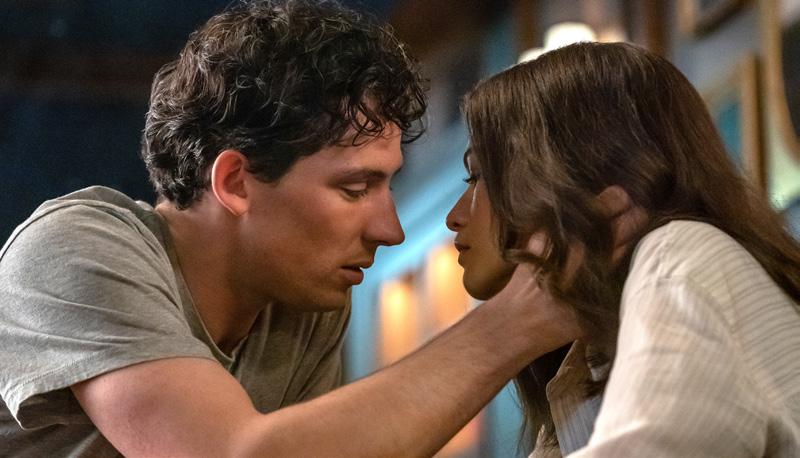
a test day with the grips in a covered tennis court, and experimented with Steadicam, dollies on tracks, dollies on wheels, and a crane, to see what would work best. In the end we didn’t like the effect of using Steadicam, and went with a Technocrane and a regular remote head for A-camera, plus a dolly on wheels as the second/B-camera. We also operated handheld for some of closer and more unusual shots.”
Speaking about the commendable authenticity of the tennis playing in the movie, Mukdeeprom says, “We tried shooting the actors hitting real balls, but as they are not professional players it was difficult for them to control their shots and impossible to have play that precisely matched the action in the script. So in the main, the actors held racket handles and swung their arms with professional intensity, and the racket heads and balls were computer-generated.”
Challengers was lit using standard ARRI HMIs and Tungsten fixtures, in combination with Creamsource Vortex8 fixtures and DMG line LEDs, supplied by Red Herring MPL Inc, supported by MBS.
“The philosophy behind the lighting was for the overall look to be natural, perhaps slightly heightened in colour saturation, and I took my cues from the ambience of our interior and exterior locations. I wanted it to feel as though the camera had been dropped into regular real-life situations. So it was all about supplementing the existing light we found, and bouncing soft light into most day sets. With our three leads, it was wasn’t difficult to make them look good, although we did make sure Zendaya always had a little more beauty light.”
The biggest challenge was filming the three-set tennis match between Art and Patrick that features throughout the movie.
“This match, which takes place during a sunny

afternoon, was actually shot over the course of several days and at different times of day. Due to the size of the tennis court and the complication with the existing grandstand seating, we were unable to control the light by covering the set using butterflies on cranes.
“So Frans Weterrings and his lighting team came up with the solution of having a pair of Magni scissor lifts with two 100K SoftSuns on each. These helped to extend our shooting day and, during overcast days, gave us some lighting direction to match the days when we had sunshine. Also, we were often shooting at high speed, and the SoftSuns are great they because they are flicker-free up to 10,000fps.”
Reflecting in the experience of shooting Challengers, Mukdeeprom say, “It was fun, because Luca makes it a good experience for everyone. I am very happy the movie has been well-received and that people enjoyed my cinematography. I really enjoy shooting it on film. There’s something about the way the filmstock is constructed and developed that gives depth and the sense of reality that you cannot get in any other way.”
The 500T has beautiful fine grain, and its texture is seductive to the eye


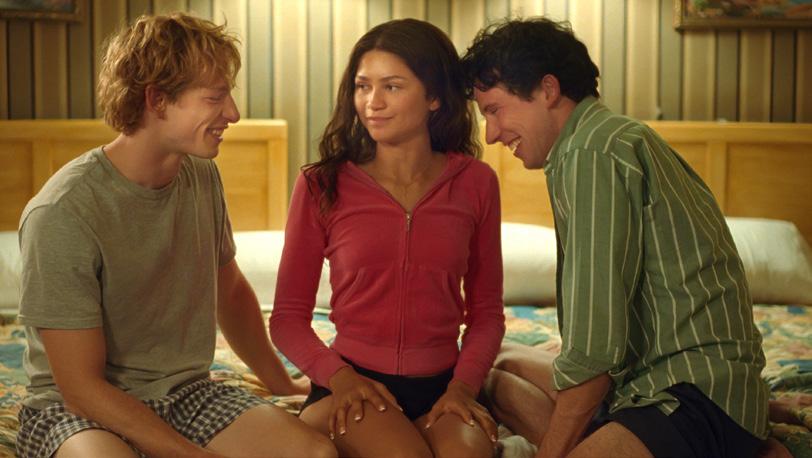
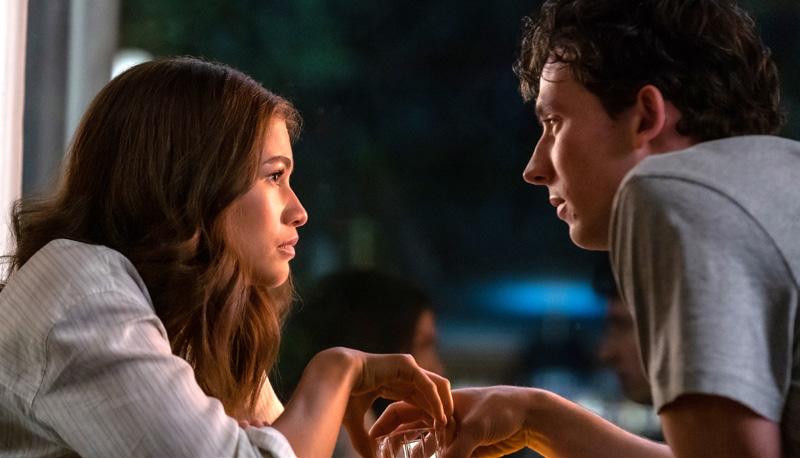
Copyright
Pictures Inc. All Rights Reserved. SAYOMBHU MUKDEEPROM•CHALLENGERS CINEMATOGRAPHY WORLD MAY/JUNE 2024 41
Images: Challengers , directed by Luca Guadagnino, a Metro Goldwyn Mayer Pictures film.
© 2023 Metro-Goldwyn-Mayer
Mukdeeprom
DP Sayombhu
Luca Guadagnino
DISUNITED STATES
By Darek Kuźma
Civil War, Rob Hardy BSC ASC’s latest collaboration with writer/director Alex Garland, is yet another nerve-wracking and chillingly relevant film about the dangers of being human.
It starts with a series of slightly out-of-focus closeups of the mighty US president getting ready to go live to address his profoundly divided nation. This short yet extremely efficient scene sets the tone for the rest of the film that excels in detailing the many faces of a brutal conflict raging in the near-future USA, highlighting how people are manipulated by what they see and feel. The president is soon revealed to be a despot and a liar and relegated to the role of a glorified extra, whilst we watch the consequences of the eponymous war from the perspective of reporters and photographers racing against time to reach The White House before secessionist forces annihilate it.
Garland penned Civil War during the 2020 lockdown, right after writing Men (2022) also shot by Hardy, and worked hard in prep with the DP to give it a distinct character.
“We looked at contemporary civil wars, including the break-up of Yugoslavia, to understand how countries and nations fracture into these new unstable territories, but we didn’t reference any of them visually,” offers the cinematographer. “It’s a war film, or an antiwar film, in the sense it’s about a war and it depicts different types of horrors that wars bring, but we chose to focus on how we, as humans, deal with such conflicts. How we suffer, love, fight, laugh, deny, lie and try to find short moments of connection.”
Hardy and Garland do not use visual references to allow projects become their own thing.
“We wanted to create something immersive, so I suppose I had the muscularity of Apocalypse Now (1979, dir. Francis Ford Coppola, DP Vittorio Storaro
AIC ASC) or the first third of Schindler’s List (1993, dir. Steven Spielberg, DP Janusz Kamiński) in my mind, but no direct influence.”
Instead, Hardy focussed on war photographers’ work. “I imagined some of their iconic images as moving images; what came before or after, what the story outside of those frames is, what conditions they were taken in.
We wanted an America that would be recognisable to contemporary audiences
“Since I was a kid, I’ve been trying to control the surrounding chaos. It shaped my career. War photographers navigate the chaos by using their cameras to find some order through capturing specific moments. I saw that as my way into the film. The 1.85:1 aspect ratio was also born out of the idea of a still image. It felt inappropriate to do anything else.
Civil War’s prep actually began during the grading of Men with a discussion about how to make the film emotional and immersive.
“I fell in love with Stabileye miniature stabilised head during the end sequence of Annihilation (2018) and used it extensively on Men. It had a handheld feel to it without Steadicam’s limitations and allowed me to find frames as I was operating the camera,”

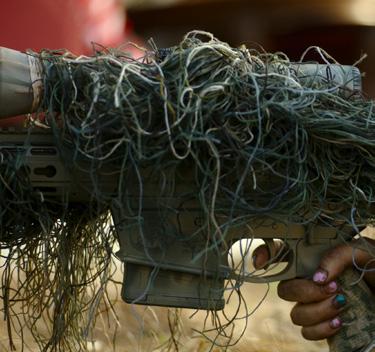
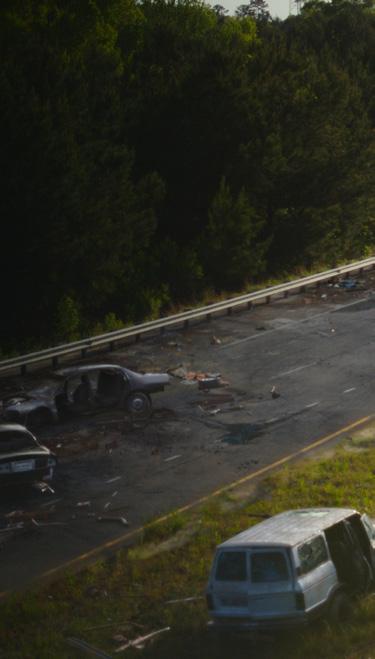

Hardy reminisces.
“For Civil War we wanted some elegance to the world. We wanted to go handheld into some of the most visceral action sequences and to have a sense of proximity to the action that you have as a war photographer, which means that you can capture things quickly, almost invisibly. Unfortunately, Stabileye lacked in that last department.”
Although Hardy inherited the Sony Venice 2 camera and Panavision H-series lens package from Men, he ended-up shooting Civil War primarily with six DJI Ronin 4D 6K cameras.
“The DJI Ronin 4D was designed for use on drones, but they later attached a camera body to its sensor and a stabilised head. It’s like walking and holding a chicken by its wings, the head is at your eye level while the body is moving up and down yet completely stable,” he laughs.
“It’s not pretty but it’s an extraordinary piece of kit, giving you the benefits of Stabileye and Steadicam in one piece of tech. There’s a button you press to lock the head and have a more handheld feel and it can be remotely-operated. We shot with multiple cameras. I could be back on the wheels and be on comms with other operators to control the frames. Chris DuMont, who knows the tech inside-out, came with us from London and was always on-hand, explaining to first ACs and operators how the it works. He also operated one of the cameras.”
Hardy recollects that his familiarity with the lenses proved invaluable. “I love the H-series large format glass as it opens things up in a fun way and is a good match with Ronins. But those cameras weren’t really used on films at that point, so changing lenses lasted around five minutes as the camera had to recalibrate. So, we had six cameras, each with a different lens on. The three most important were: 55mm, my hero lens, a
CIVIL WAR•ROB HARDY BSC ASC 42 MAY/JUNE 2024 CINEMATOGRAPHY WORLD
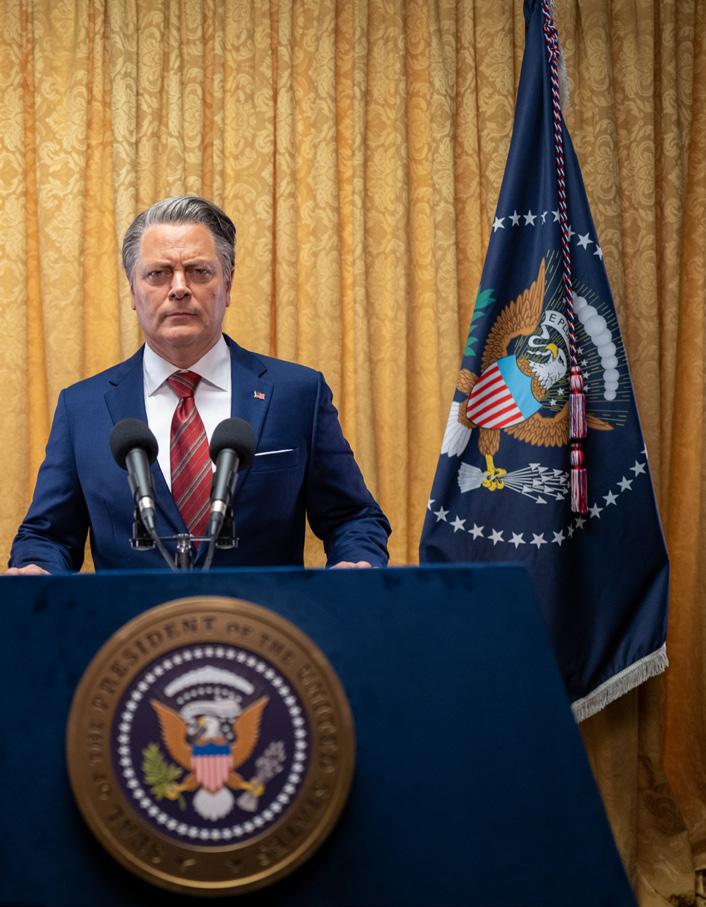


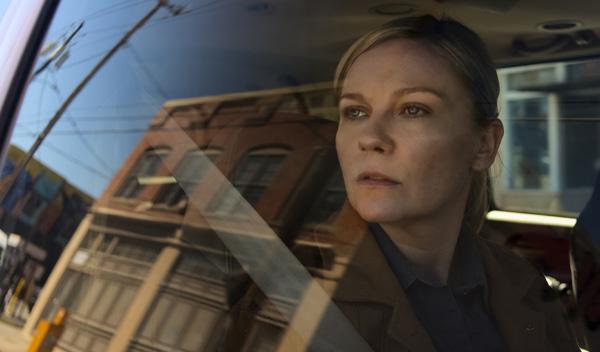


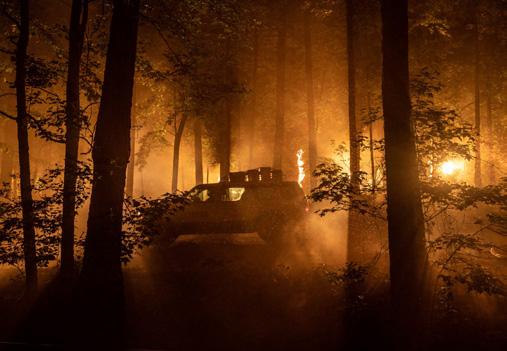

75mm as war photographers tend to rely on the wider end of the spectrum, and a 35mm for when we needed to create intimacy of the moment but also get the chaos of everything else around.”
Civil War is structured as a road movie, following the trials and tribulations of reporters passing through pacifist towns, makeshift camps and callous war zones, and was shot mostly on-location in and around Atlanta, April to June 2022.
“We wanted an America that would be recognisable to contemporary audiences – strip malls, commercial districts, freeways – and to show these everyday places being torn apart by the conflict. Alex likes to work in linear fashion, so we were on this journey with our characters and never shot a scene ending first and a beginning after. It meant we were never in one place for more than a few days, but it felt right. The very end frame of the film was the very last thing we shot.”
The only exception was the final sequence of an assault on Washington DC that was shot partly in Tyler Perry Studios in Atlanta.
“They had a White House set built for their ongoing comedy TV show, complete with press room and everything. We used certain sections and then moved out because we needed to destroy the place for our firefight scenes,” Hardy informs. “We endedup building our own Oval Office and the connecting corridors as well as replicating Washington’s road layout in a massive car park outside of Atlanta. We originally wanted to shoot it in downtown Atlanta and scouted the location in terms of helicopters being able to fly there, but ultimately abandoned the idea so as to not make life harder for the residents.”
One memorable scene was shot on a farm where the production team created a forest fire. The reporters, having just experienced a shocking encounter, drive
through in a moment of mournful contemplation.
“We had a mile-long stretch of road on which the VFX guys put burning poles that would be later augmented in post, but we had practical effects, too,” Hardy marvels. “The entire sequence was lit with a mountain of Maxi Brutes and Par Cans as well as real fire. We followed the actors’ press vehicle in our pursuit car and also shot in front of it, driving up and down the road. Civil War has quite an abrasive look, and I don’t mean that in a derogatory way, so it was pleasing to have these other moments of surreal elegance and beauty.”
Hardy recalls that they used three different press vehicles. “One was a pod car for action shots, staying on top of a vehicle with a stunt driver. One was a free drive vehicle that the actors could drive themselves and we could go inside with smaller cameras to capture specific moments. The third one was a coverage car, a vehicle for both simple glances out of the window and shooting scenes like jumping from one car to another. This was the most tricky one, we had between 15 and 20 cameras attached, two Venices on the hood and the rest were Sony A7S IIIs mounted with H-series lenses. Having three cars saved us a lot of time.”
Even such a variety of action and characterbuilding moments interwoven into a brutal tapestry of social, political and military consequences of a fullscale conflict did not convince Hardy to change his usual approach to lighting.
“Ever since I started-out doing music videos in the early days of my career I try to create immersive 360-degree environments, which requires lighting spaces, not actors, and Civil War was the same,” he offers.
“I prefer working with incandescent lighting. The White House interior was lit by 100, 60 and 40 Watt bulbs, with 10K Fresnels pushing-in through windows.
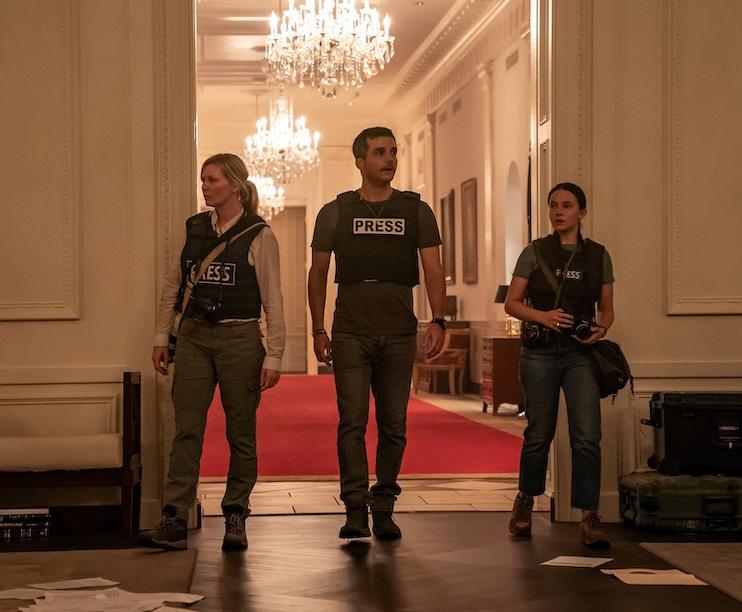
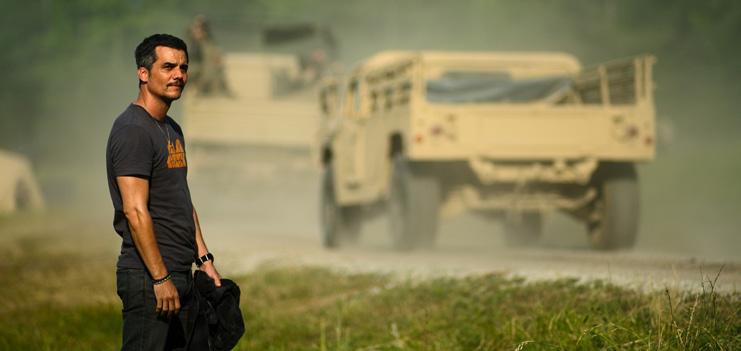
With the exception of the assault on DC, day and night exteriors were mostly Maxi Brutes and 1K or 650 Fresnel lamps, with day exteriors lit by pushing Maxis through windows. The night-time camp was lit with 5,000 Watt Sky Pan bulbs without reflectors and bare 1K bulbs.” MBS rental house and Heatwaves provided the lighting kit.
For the exterior scenes of the assault he used a combination of 1K Nooklites, Condors with Maxi Brutes and ARRI Sky Panel 360s. The White House’s barricade lights were Fiilex quad colours and the scenario also used two large crane-mounted moon boxes with six Sky Panel 360s in each.
“We wanted The White House to feel protected with stadium-like lights blinding everyone with floods of illumination. The beauty of using big sources is that you can feel the effect without fiddling with smaller units at closer range. I had an amazing gaffer, Todd Heater, who found a number of ingenious ways to get the effects we required with big sources without being restrictive on shooting the way we wanted.
“We choreographed the action, anything from a small gunfight to an assault using tanks, foot soldiers and helicopters, and then immersed our actorsjournalists into what was going on. You really feel like you’re there in the most authentic way possible,” Hardy recalls.
“To emphasise the look of a characterful stills lens we used Leica M 0.8s on the Ronin cameras, detuned by Dan Sasaki at Panavision in Woodland Hills to emulate the look of the H-series. The process was so good that when we got to the grading suite with colourist Asa Shoul at Warner Bros. De Lane Lea it went really smoothly. We did our usual approach of pushing things until they break and then bringing them back again. Alex and I have been working with Asa since Ex Machina (2014) and it’s just one of those collaborations that works on every level.”
Civil War, A24’s production to date, is a film about the lies we tell ourselves to justify our actions and the means we take to defend what we believe, or think we believe. It is also a brutally honest story about the darkness and the frailty of the human nature. Or, as Rob Hardy puts it, “there’s a cacophony of insanity on-screen that repels and mesmerises at the same time. I’ve never been in a war zone, so that is my interpretation of what it could be. Alex and I tried to come at it from another angle and I hope the viewers will appreciate that.”
It is not a film for the faint-hearted but is still one that needs to be widely seen and discussed.
Images: BTS photos by Murray Close, © Miller Avenue Productions LLC.
ROB HARDY BSC ASC•CIVIL WAR CINEMATOGRAPHY WORLD MAY/JUNE 2024 43
All images courtesy of A24.
NO SPICE GIRL
By Natasha Block Hicks
Polly Morgan ASC BSC was planning to take a well-deserved rest when the script for Back To Black (2024, dir. Sam Taylor-Johnson) landed in front of her. She had just completed Where The Crawdads Sing (2022, dir. Olivia Newman) and The Woman King (2022, dir. Gina PrinceBythewood) in swift succession, then shot her husband Keir O’Donnell’s directorial debut Marmalade (2024).
But the Back To Black narrative – an intimate exploration of singer Amy Winehouse’s personal experience as she rose to fame in the 2000s, with Marisa Abela in the lead role –persuaded her to reconsider.

“I never really understood that the lyrics in Amy’s music were a reflection of what she was going through at the time,” relates Morgan. “The way that the script used her songs to tell her story was really special. I just couldn’t say ‘no’.”
Morgan arrived at the Back To Black offices in London to find that the production designer Sarah Greenwood’s team had covered every single wall with personal, press and performance photographs of Winehouse and references to the places she frequented.
“We were really fortunate to visit a lot of the real locations and shoot in the pubs and the Camden flat where Amy lived,” relates Morgan.
“We couldn’t always use the exact concert venues,” she clarifies, “but we could recreate them as best as we could, based on the actual material. Then we’d give it a twist with the camera to convey Amy’s emotional state at the time.”
Although Back To Black doesn’t mince its filmic words when it comes to Winehouse’s addictions, it is her relationships – both tender and explosive – with her cabbie father Mitch (Eddie
Marsan), her glamorous grandmother Cynthia (Lesley Manville) and her on/off husband Blake Fielder-Civil (Jack O’Connell), that are the focus of the narrative.
“Amy had her demons, and she used alcohol as a crutch to combat her insecurities,” explains Morgan, “but, to her, to feel loved was the most important thing. Losing Cynthia and Blake is what ultimately turned her towards drugs. We chose to shoot 1.85:1 aspect ratio as it allowed us to do some powerful close-ups and get very internal with Amy. We wanted to invite the viewer into her world and show them an Amy that they didn’t really know.”
Morgan chose the then newly-released ARRI Alexa 35 for the project, loaned from ARRI Rental in London.
“I was really excited by the new colour space of the LogC4, which has an extended latitude that I felt would help me for running around Soho at night,” she explains. “Also, the return to a 35mm sensor was very appealing, it felt like a classic approach.”
Morgan combined the Alexa 35 with Canon K35 prime lenses, and found that the 35mm wide naturally offered itself to many of the scenes.
“The K35s have very beautiful, soft, vintage glass which gave us the feminine quality we needed for this story,” she illustrates, “and they have a lift that helped counteract the high-contrast, bleach-bypass LUT I had chosen.”
Morgan utilised some in-camera effects sparingly to capture what became known as “Amy Vision”, such as a narrow shutter angle, swing-shift lenses, flare lenses and prisms in front of the glass. She also ran the camera at six frames a second, which when played back at six frames a second would give a slow shutter strobing effect.
“It was a way to help the viewer understand Amy’s perspective when she was either drunk or high on drugs,” she explains.
The mounting and movement of the camera, whether on Technocranes, dollies or handheld, became another part of that language. In one heightened scene for example, the camera cuts from a descender rig plunge down a spiral staircase to a SnorriCam shot on a fleeing Abela.
“It all depended on where Amy was emotionally at the time,” explains Morgan of her choices.
“I had an idea of the tools I would need for specific sequences,” she continues, “however, Sam isn’t a director that likes to pre-prepare every shot, she’s more instinctual. Often, we would just watch the rehearsals and then figure things out on the day.”
Universal Production Services put together a lighting package which would encompass set-built and location set-ups, including ARRI SkyPanels, Astera
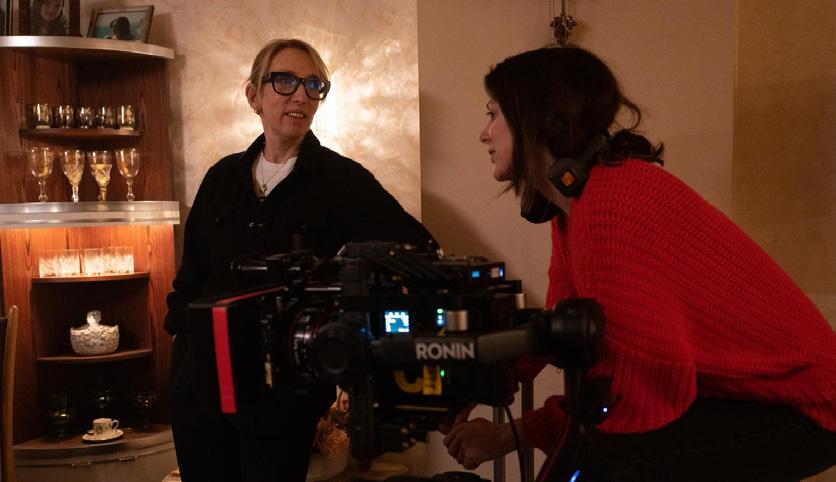
BACK TO BLACK•POLLY MORGAN ASC BSC
44 MAY/JUNE 2024 CINEMATOGRAPHY WORLD
LED tubes and traditional Tungsten heads, however the LUT that Morgan had chosen challenged her to think laterally to achieve the look she wanted.
“There were certain colours I wanted to recreate – like sodium vapour – that I just couldn’t get to play through the camera with modern LED film lighting units,” she reveals. ‘So, I had to go back to celluloidera units, like Wendy lights and Maxi Brutes, with gels.”
Contact was made with Winehouse’s concert lighting designer, Chris Bushell, to discover which theatrical lighting he had employed for her performances.
“We used the same units when shooting,” reports Morgan, “it helped me get the saturation I needed.”
The scene depicting Winehouse’s chaotic performance at Glastonbury 2008 was filmed early in the schedule, on a compact Pyramid Stage recreated by Greenwood at Elstree Studios.
“When you’re live on-stage with the lights shining down you can barely see the audience,” relates Morgan, “and with drugs and alcohol, I would imagine that it was completely overwhelming for Amy. We had the camera on the shoulder and for point-of-view shots I used flare lenses so the lights would bleed into the image. Everything was a little more abstract, to show how messed-up she was.”
Stock footage and VFX crowd extensions helped to sell the feeling of the festival at its full force.
“With an added bit of wind, you really feel like you’re there,” laughs Morgan. “We shot that scene in a day, and I’m really pleased with how it turned out.”
The colour of the images in Back To Black were an important storytelling tool for Morgan.
“I chose the bleach-bypass LUT, with its highcontrast and desaturation, partly because Amy loved

bright colours. Her flat was painted bright pink and orange and I had to figure out a way to be true to the world that she surrounded herself with, but also create the right tone.”
At the start of the story, before Winehouse is
I’ve always shaped the light to create mood and emotion, but this time I explored front-lighting, which was a first for me
signed by Island Records, Morgan and Natasha Leonnet – senior colourist at Picture Shop – subtly enhanced the saturation, easing back towards the natural desaturated tone of the bleach bypass LUT as Winehouse’s life spiralled.
“There’s a colour arc throughout the film,” Morgan details, “the image takes on a more contrasty, raw feeling as desperation takes hold.”
Morgan credits the “hands-off approach” of European production company Studio Canal in allowing her the freedom to move away from commercially glossy cinematography into more edgy territory.
“I wanted to show off Amy’s vulnerability and not make it so beautiful all of the time,” she explains.

“As a DP, I’ve always shaped the light to create mood and emotion, but this time I explored frontlighting which was a first for me. It’s flattering for the actors, but it’s not particularly cinematic.”
Morgan admits that there was a certain amount of “letting go” required, and gaffer Justin Paterson was somewhat uneasy when she put a big light directly behind the camera in an intimate bedroom scene where Winehouse is confessing to FielderCivil her dreams of domesticity and parenthood.
“When I watch the movie, I just love that scene and the front lighting works perfectly in that moment,” declares Morgan. “It’s powerful because it shows her state as she’s opening herself up.
“I had such a lovely time on this film,” Morgan reflects. “Sam made a conscious effort to ensure women were well represented in the crew, and would encourage an open dialogue and ask our opinions which made for a very collaborative environment.”
Many crew members also felt a personal connection to Winehouse herself. Some had crossed paths with her or seen her perform, others felt certain songs reminded them of a nostalgic era in their lives. For Morgan, the single Valerie – a Zutons cover which was the result of Winehouse’s collaboration with Mark Ronson – was the soundtrack of her days living in London before her career took her to the States.
“Hearing the music takes you right back,” reflects Morgan, “I think that’s something special about her particularly.
“Delving deep into the moments of Amy at her worst, when the paparazzi were really hounding her, was upsetting at times,” she continues. “I’d like to think that, if someone in the public eye was struggling like that with mental health and addiction issues nowadays, we’d all be so much more understanding.”
Back To Black is in UK & Irish cinemas now.

I just couldn’t say no
Images: BTS photos by Dean Rogers.
POLLY MORGAN ASC BSC•BACK TO BLACK CINEMATOGRAPHY WORLD MAY/JUNE 2024 45
All images courtesy of Focus Features/ StudioCanal. All Rights Reserved.
SMOKE SIGNALS
By Ron Prince

Mongolia’s Ulaanbaatar is the most airpolluted capital city in the world. Over 60% of its impoverished citizens live in the tented Yurt district, where there are no heating systems or infrastructure, and have to burn coal to survive the bitter cold of brutal winters.

This real-life scenario forms the backdrop to director Zoljargal Purevdash’s hope-filled, coming-ofage feature debut, If Only I Could Hibernate, where resilience and determination against the odds are essential commodities for survival.
The film follows Ulzii, a gifted high-school student who unexpectedly wins a physics competition, and gets the chance to escape his deprived neighbourhood by competing in the national finals for a university scholarship. But when his struggling mother returns to the countryside in search of work, he has to balance his academic dreams against the demands of looking after his younger siblings during a particularly harsh winter.
Shot by Mongolian DP Davaanyam Delgerjargal, the film launched to acclaim at the 2023 Cannes Film Festival, making history as the first-ever Mongolian film in the Official Selection, whilst earning praise for Purevdash’s direction, the charismatic performances of the cast, many being non-actors, and Delgerjargal’s poignant widescreen cinematography.
Had you worked with Zoljargal Purevdash before?
We made a short film Yellow Bus together in September 2021. She loved the work we did and in November of that year suggested we collaborate on If Only I Could Hibernate. This was also my first longform feature film.
What was your initial reaction to the script and the story?
I thought it sounded like an interesting project just from the title. Whilst reading the script, I really connected to the story and felt for the protagonist. I became emotional with him several times, and found it easy to imagine the film from the beginning until the end.
What were your initial conversations about the aesthetic look-and-feel of the film?
Zoljargal and I storyboarded together. She wanted to portray the bitter reality of our society with honesty. We are not able to escape from all of its harsh issues. So, I focussed on creating images between fiction and documentary. Our child actors were amazing. They
were so honest and lived as their characters in front of the camera. Basically, I documented it without looking away, or looking up or down.
We were really a bunch of inexperienced youngsters with nothing but passion to tell this story
Did you and Zoljargal look at any creative references?
Honestly, I avoid looking for references, because I might directly imitate them. I grew-up in the Yurt district of Ulaanbaatar. I have taken documentary photographs for over 20 years here. I know every fragile beat of this neighbourhood, all about the social issues, especially in the Yurt districts, about air pollution, education inequality and child abuse. So, I wanted to portray my own feelings, connections, memories and experiences, but without any influences.
How long was your prep time before you started shooting?
I had around 40 to 50 days before the main shoot. Zoljargal mostly decided the locations herself, and we collaborated together on how to shoot there, using the most effective angles and framing to tell the story. We were not able to do much testing – just one day, in fact, but we used that day as fruitfully as we could. I know it sounds crazy, but we were really a bunch of inexperienced youngsters with nothing but passion to tell this story with what we had and what we could afford.
When did the cinematography start and end?
Shooting started in January 2022 and finished in March, during the coldest time of winter and during
Covid-19 too. As we had child actors, we avoided shooting 30 days in a row, and shot for ten days each month over the course of three months.
What were your locations?
We shot in the suburban area of Ulaanbaatar, and in the Khovd province which is located on the west side of Mongolia.
Did you shoot in a studio?
In old Mongolian films, filmmakers would typically build half of a yurt inside a studio and shoot there. But we didn’t choose to work that way because Zoljargal always found that fake. Also, we were not experienced enough to build a set that could look real enough.
Our production team collaborated with one of Mongolia’s most active children’s rights advocacy organisations, called Lantuun Dohio NGO. We built a full, complete Yurt in the basketball court of their child development centre in the Yurt District, and dressed the interior of the Yurt as we wished. We didn’t split the Yurt to have convenient camera angles, and shot all our scenes in there.
Why did you choose to shoot in widescreen aspect ratio?
Portraying the environment of the Yurt district was crucial for this film. Smoke covers the whole city in the winter months. Zoljargal was eager to portray the hazardous air pollution, and wanted to shout-out-loud that what we breathe is not air pollution but poverty –although ironically rich people also breathe it in too. Whilst there is no direct mention about this issue in the dialogue, we wanted to portray air pollution as one of the characters of the film, and we felt that 2.35:1 was the best choice.
Which cameras and lenses did you use? And why?
We shot with an ARRI Alexa Mini LF camera, using a Sigma Cine 14mm-135mm lens, because it is light and easy-to-set-up. As we had several child actors, most of them non-actors, we didn’t want to make them afraid of a huge camera set-up. Also, we needed to be fast to capture their brilliant performances, and
IF ONLY I COULD HIBERNATE•DAVAANYAM DELGERJARGAL 46 MAY/JUNE 2024 CINEMATOGRAPHY WORLD
this package made it possible for us to be to be invisible and not distracting.
Did you operate the camera? And who were your main crew?
Yes, I operated the camera myself and it was a single-camera production. Compared to myself, we had an experienced camera crew. Galbadrakh Batmunkh, a DP who studied cinematography in the USA, was my focus puller. Bold Khurel, a young DP who went to filmschool in Canada was my assistant. We had Tugsuu Baatar, one of the shining talents in modern Mongolian cinema, as our gaffer. Their wonderful artistic, technical experience and knowledge really supported shooting in extreme cold conditions and the creation of amazing visuals.
How much of a challenge was the weather?
We shot during the coldest days of the Mongolian winter, which reached -42C at its lowest, and everything was physically limited. We had to cover all of the equipment with camel wool blankets to prevent it from getting frozen. We also had to take care of our child actors, which meant that we not able to do takes over-and-over, and keeping them warm with even more blankets.
What was your approach to motivating the camera?
As we had many non-actors, including the kids, we knew it would be challenging to get good performances on every take. So we decided to locate the camera at the smartest and best position to portray the meaning and emotion of each scene in just a few shots. It was not a matter of moving or not moving the camera. We just tried to find the perfect positions. If moving made it perfect, we moved.
What was your philosophy about lighting?
We used ARRI Sky Panels and Orbiters for lighting. Zoljargal wanted to shoot the film low-key, to stick with reality. So, we didn’t try to light-up every corner of the set. Yurt district streets are normally not so bright. So we stuck to that. Dark would be dark. Shiny things would shine.
What were the biggest challenges on this production?
This was my first feature, and I learned a lot about technical skills, especially the camera. It was challenging and satisfying at the same time.
But, one thing that made me worry so much was that Zoljargal sold her apartment to finish the film. She didn’t discuss it with anyone in the crew. We only discovered this later, and it was hard to take. I felt her dedication to this film so strongly. Of course, it is easy to say that anything is possible when it comes from deep in your heart. But at that time, if I was her, I would never have dared to sell my home.
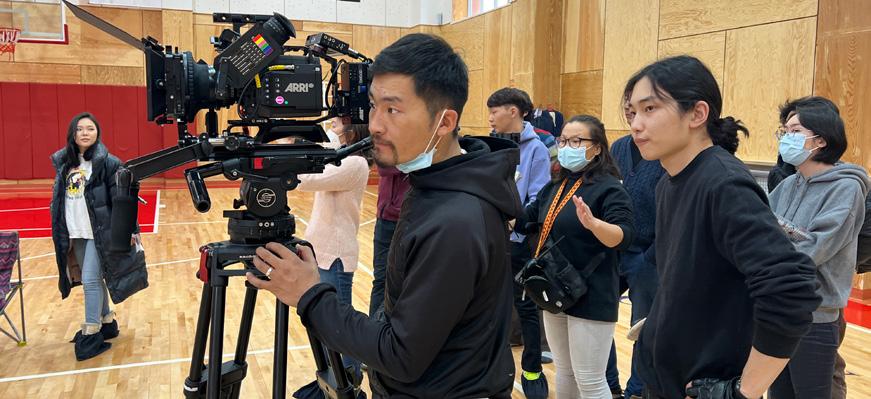
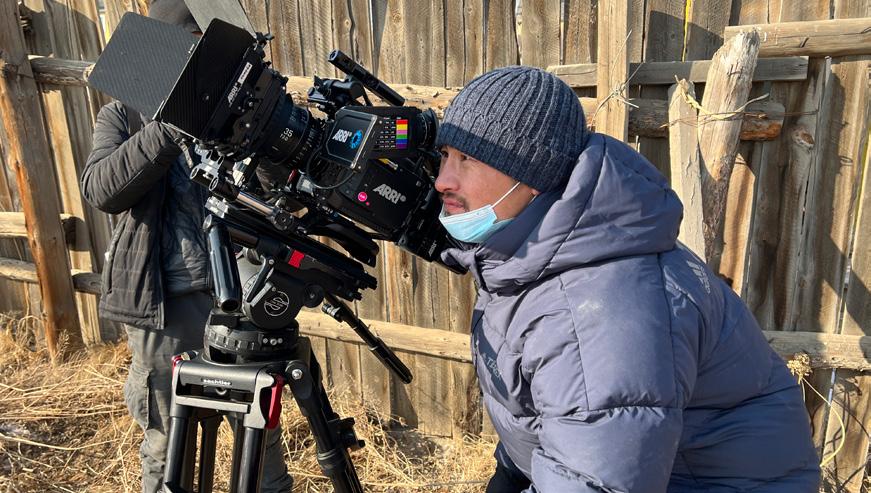
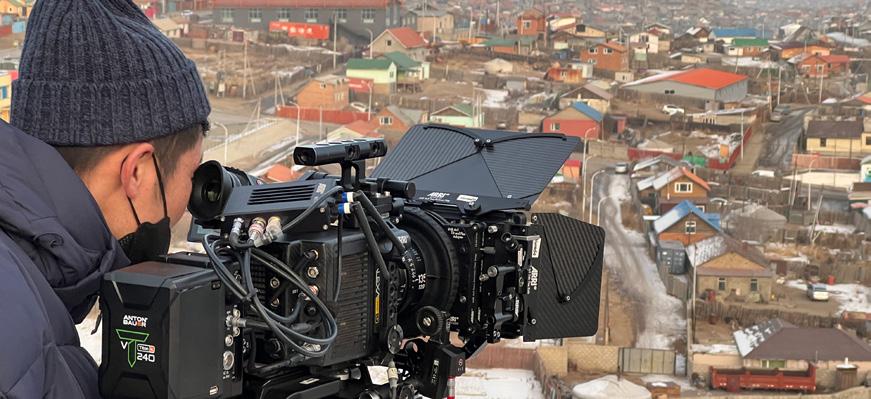

Zoljargal wanted to shout-out-loud that what we breathe is not air pollution but poverty



Your final thoughts?
Zoljargal really succeeded in building a passionate young crew. We were all on the same page and had the same purpose to fight for this project. So it was a really friendly, open, supportive and fun environment to work in. I didn’t get stressed and there weren’t any emotional breakdowns. The production team planned everything precisely and most of the shoot went as planned.
I am highly aware of the social issues in Ulaanbaatar, and always wanted to do something that might contribute to solving them. My feelings matched with Zoljargal’s passion, and I am glad I was able to take part in creating If Only I Could Hibernate together with her.
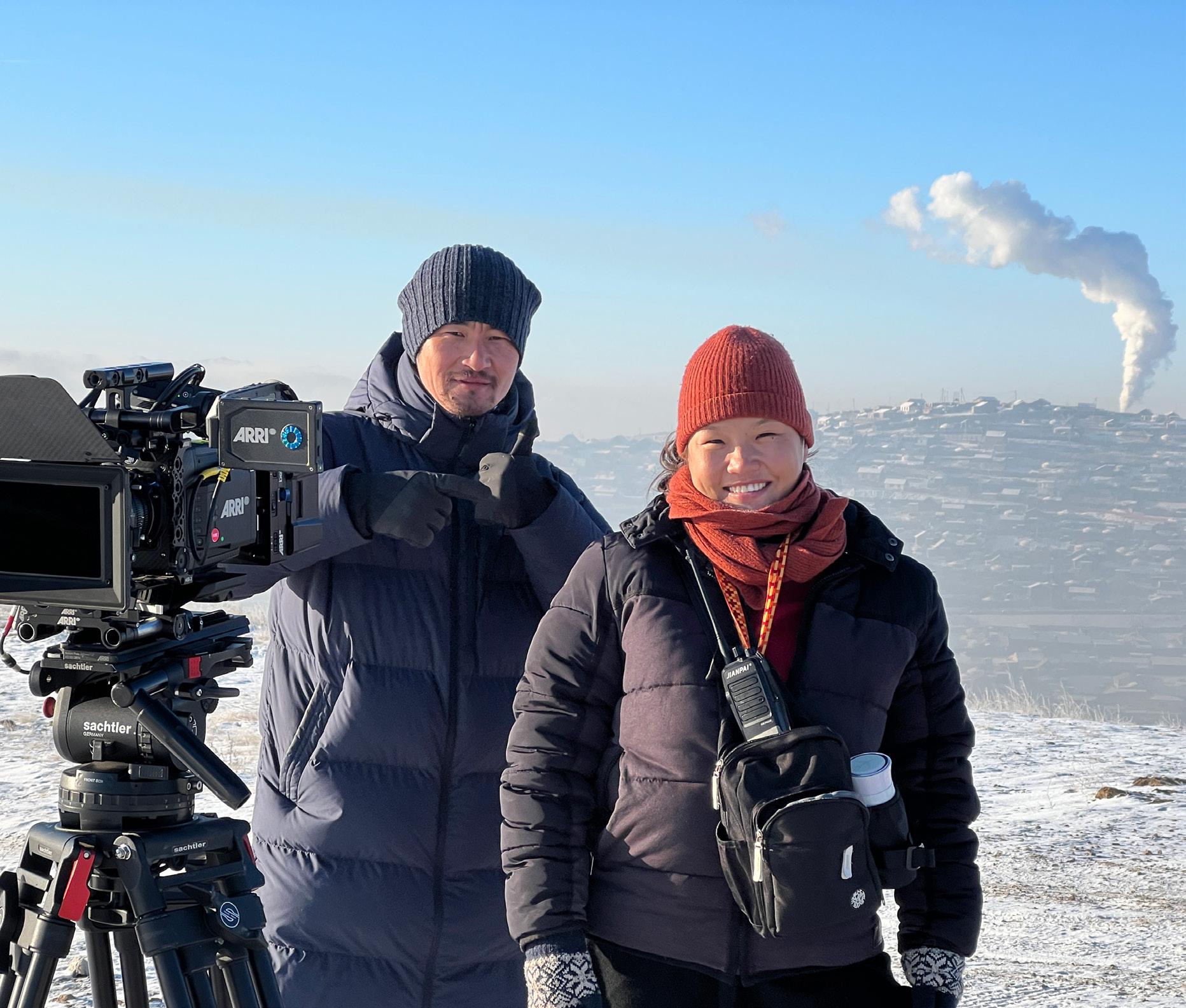
DAVAANYAM DELGERJARGAL•IF ONLY I COULD HIBERNATE
CINEMATOGRAPHY WORLD MAY/JUNE 2024 47
GREAT GEAR GUIDE•EURO CINE EXPO 2024 PREVIEW
SHOWSTOPPERS…
Technology vendors and visitors from around the globe will gather together in Munich for the third edition of the annual Euro Cine Expo. Here’s a round-up up some of the cool products on display.
APUTURE
(322)
Expand your lighting system like never before with the all-new Infinimats, the brighter and lighter inflatable lighting solution, which are full colour, pixel-controllable, weather-proof and offer infinitelyexpandable configurability in multiple sizes.
The Infinimat series is designed for small-scale product shoots up to grander exterior scenes. Every Infinimat includes an inflatable airbag, diffusion panel and a light control grid, and delivers enhanced light output combined with finetuned dimming capabilities to ensure colour precision.
ASTERA (310)
Astera has expanded its product line with the ProjectionLens, designed to enhance the versatility of the PlutoFresnel light by swiftly converting it into a profile spotlight. The lightweight PlutoFresnel, powered by a built-in battery pack, offers a 16° to 36° range. Manual control of projection zoom comes by twisting the lens barrel or two focus wheels, whilst an E-size gobo holder allows for custom logo projection. The profile lens, boasting precision and durability, ensures close control of light with crystal-clear optics and

The Infinimat series, with their rugged, rental-grade construction, make set-ups quick and easy – all powered from one control box.
Control your lighting in a whole new way with Aputure’s all-new Sidus ecosystem. Combining the Sidus One transceiver with Sidus Link Pro, the wireless lighting control app might change your mind about what is possible with tablettop lighting control. Both the software and hardware are designed for optimal compatibility, supported by a streamlined UI. The Sidus ecosystem offers gaffer-friendly, icon-driven displays that are easily-understood, making synchronous cueing of DMX-
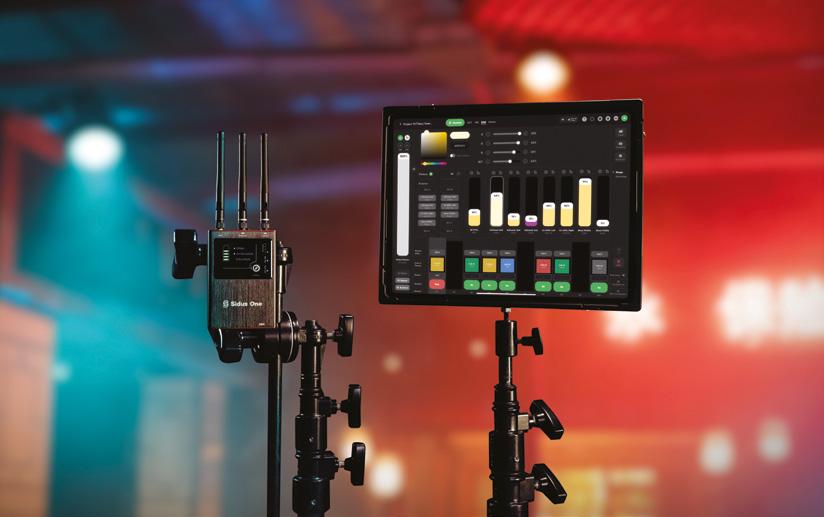
controlled fixtures fast and efficient – a vital feature when you’re standing next to the DP making adjustments! www.aputure.com

BLACKMAGIC (224)
Built around a new 12K 35mm large-format sensor, with 16 stops of range and 8TB of highperformance storage on-board, the Blackmagic URSA Cine 12K is designed for high-end digital cinema. Along with the large-format RGBW sensor that has larger photo sites, the camera also has interchangeable PL, LPL and EF lens mounts, and industry-standard Lemo and Fischer connections. It offers high-speed networking for media upload and syncing to Blackmagic Cloud too.
The full sensor area offers a 3:2 open gate image, allowing users to reframe their shots in post. Alternatively,
CAMERIMAGE (1-003)
Members of the EnergaCAMERIMAGE team will be promoting the 2024 edition of the world’s greatest festival of cinematography. This year’s event takes place between 16th and 23rd November, in Torun, Poland. Last year, the festival again attracted stellar filmmakers (including around 800 cinematographers) from over 70 countries. The festival is accompanied by a significant trade show, where leading industry players premiere their latest technological achievements. Last year, this marketplace was supported by a host of exhibitors, including: Aputure, ARRI, Astera, Atlas Lens Co, Canon, Codex|Pix,
the large sensor area can be used to shoot Anamorphic and deliver in a range of aspect ratios.
Users can also shoot in 4K, 8K or 12K using the entire sensor without cropping, retaining the full fieldof-view of their lenses. There are even 9K Super 35 modes for full compatibility with classic cinema lenses.
Blackmagic RAW files store camera metadata, lens data, white balance, digital slate information and custom LUTs. At the same time, the Blackmagic Media Module 8TB can capture over four hours of Blackmagic RAW in 12K or 20 hours in 4K. www.blackmagicdesign.com

a four-leaf shutter design for beam trimming. This innovation complements the PlutoFresnel’s existing features, delivering Fresnel lighting aesthetics with LED benefits – including lower power consumption, high output strength and wireless operation. The PlutoFresnel maintains a 15° to 60° beam angle with 300W equivalent output using only 80W. As a Fresnel, it produces a sharp yet soft beam for various applications in film, TV and events. The new ‘Fresnel to Profile’ technology underlines Astera’s commitment to creating lighting that is versatile and efficient in terms of workflow, energy draw and space/weight concerns. www.astera-led.com
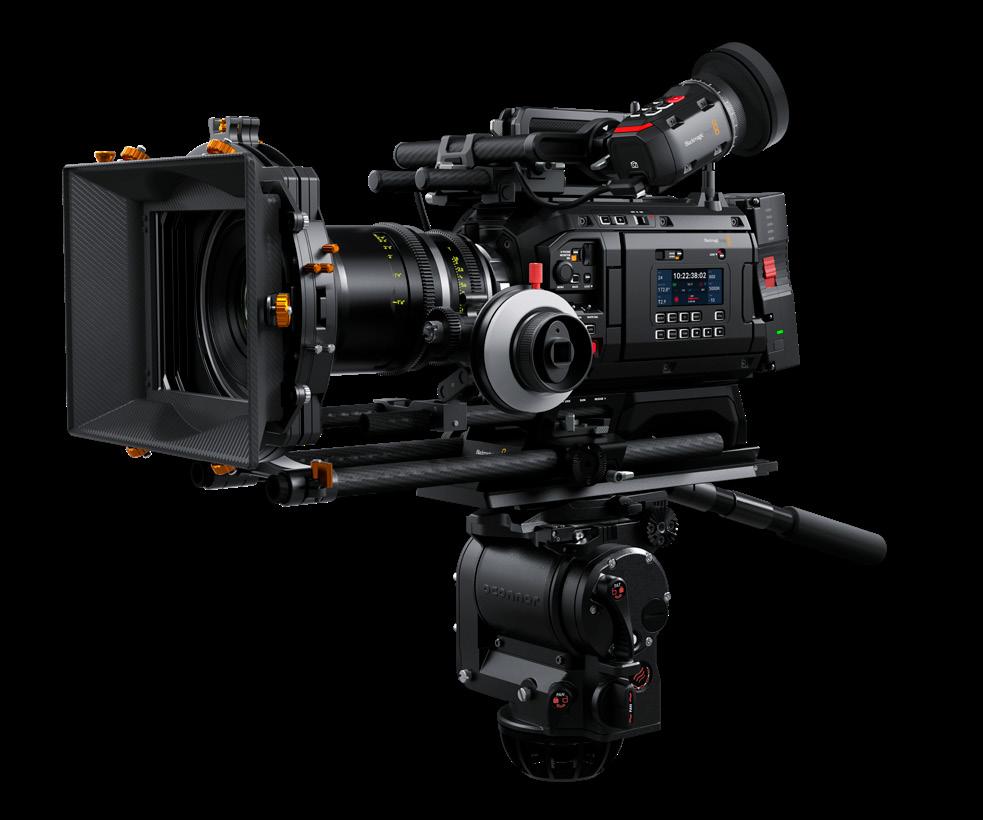

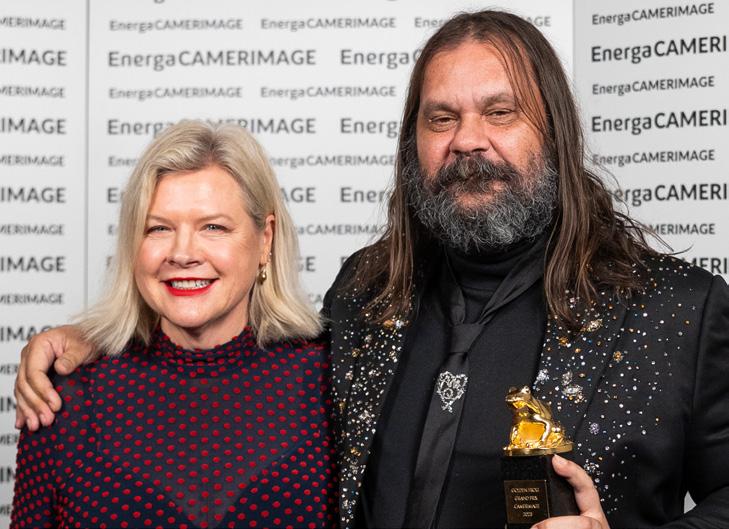 Cooke, Creamsource, Fujifilm/Fujinon, Godox, Irix Lens, Laowa, Leitz, Moonlighting Industries, Nanlux, Newell, Panavision, Prolights, Sigma, Sony, Sumolight,
Sunbelt Rentals, The Studio-B&H, Vantage Film (Hawk), Xeen and Zeiss. www.camerimage.pl
Cooke, Creamsource, Fujifilm/Fujinon, Godox, Irix Lens, Laowa, Leitz, Moonlighting Industries, Nanlux, Newell, Panavision, Prolights, Sigma, Sony, Sumolight,
Sunbelt Rentals, The Studio-B&H, Vantage Film (Hawk), Xeen and Zeiss. www.camerimage.pl
48 MAY/JUNE 2024 CINEMATOGRAPHY WORLD
CINE BRANDS MUNICH
(607)
Formerly Band Pro, now Cine Brands Munich, the company will have a lot of great gear on show. The Freelensing Cine System leaves your lens virtually suspended in front of your camera sensor, enabling fast and intuitive shift and tilt movements. The system allows for shifts both parallel and perpendicular to the focal plane, optical centre rotation, and a combination of pan and tilt moves. Designed for cine-style video cameras, it provides precise focal plane control, allowing you to increase or minimise depth-of-field.

The Easyrig Boom Rig leverages 30 years of experience in weight distribution and camera support to cater to boom operators and sound engineers, reducing strain on your shoulders, arms and back, whilst allowing high and low operational flexibility.
The IBE Raptor Scope is a game-changing camera accessory that empowers filmmakers to create interesting and unusual visuals. Its compact design and 360° image rotation enable extreme close-ups,
CHROSZIEL (615)
Unlock new possibilities for your Sony Burano camera with the Chrosziel Burano Mount (MA-EPL-HR12)
– a new hot-mount adapter for PL lenses providing metadata communication, thanks to

CINEO LIGHTING (406)
Cineo Lighting, a leader in innovative lighting technology, returns to showcase its latest LED lighting advances with the Cineo Reflex R10. Expanding the Reflex series of LED lighting instruments, and weighing-in at just 57lbs, the Cineo Reflex R10 utilises Cineo’s patented liquid-cooling and cutting-edge LED technology, all in a durable IP X5-rated fixture, designed to replace legacy HMI and Tungsten
CREAMSOURCE (216)
dynamic camera movements and unique perspectives. It can transform any lens into a macro lens, so you can capture stunning details with high-precision in sharp close-ups, ideal for nature

and wildlife documentaries, product shots, and macro cinematography.
The IBE Raptor Macro Cinema Lens Series is a popular choice among filmmakers, and the series has been expanded with new focal lengths for both fullframe (FF) and Super 35 (S35) formats. The 50mm Macro Cine FF lens features a maximum magnification of 1:1 and T2.8, joining the existing set of 60mm, 100mm, 150mm, and 180mm lenses. The new 300mm Macro Cine FF lens offers greater magnification at
precise pin contacts at every port.
When paired with cine lenses featuring LDS or Cooke/ i-Data technology, metadata such as aperture settings, focus distance and zoom focal length are transmitted directly and recorded in both the viewfinder and video files, great for post production.
What truly sets the Burano Mount apart is its compatibility with ENG servo motor-controlled lenses. Focus, aperture and zoom control are managed directly through the camera, whether via the Sony Burano GP-

Discover the cutting-edge Creamsource Vortex24 at LCA Europe’s stand. This larger, high-performance lighting solution upholds the exceptional quality associated with the Vortex8, whilst tripling the output and expanding coverage. With 24 pixel zones, a sleek design, and an IP65 rating, the Vortex24 promises impressive versatility and performance.
Compare and explore Creamsource’s classic Vortex range alongside the new Soft series. The Vortex8 Soft and Vortex4 Soft panels
DEDO WEIGERT (110)
Dedolight’s Eflect is the ultimate pattern generator for large or small-scale work. Patterns can be reflected onto backgrounds or subject and background. An XL size 31 x 31-inches and fresh patterns in Tropical Blue and Tropical Orange, are newly-introduced. The Dedolight Lightstream Flag System allows you to eliminate parasitic light in the set. The expanded Flag/Reflector System, with added areas in white, silver, gold and soft gold, bridge between hard and soft light.
lights. In addition to its compact size, the Reflex R10 also features a first for Cineo – a modular design that allows for easy replacement of the bi-colour LED tower with any future upgrades. Cineo will offer hands-on, interactive experiences with the R10, plus its Quantum II, LB800 and Quantum Studio products, providing the opportunity for guests to learn about all Cineo products in a stylish setting. Cineo’s innovation continues

2:1 and T5.6. For S35 sensors, the new 80mm and 120mm Macro Cine lenses have a T2.3 and provide a maximum magnification of 1:1.2. These lenses are ideal for cameras such as ARRI 35 and Phantom.
Also worth checking-out are IB/E Optics’ new PLx1.3VV-E, PLx1.4VV and PLx1.2VV tools designed to enhance cine lenses by extending their focal length when used with large sensor cameras. www.cbm-cine.com
VR100 handgrip, Sony FX9 top handle, RCP, or even the camera’s web GUI. With the included shim set, adjusting the flange focal distance for optimal performance is a breeze. Additionally, the Burano Mount offers easy installation and firmware updates via its USB port.
beyond lighting fixtures with a showcase of the Cineo StageLynx OS and App. With the click of a button, the Cineo StageLynx automatically detects Cineo fixtures on-set when activated, allowing the user to configure a network of multiple Cineo lights. www.cineolighting.com



Dedolight’s PB70 parabolic light, known for creating realistic-looking sunlight, or the illusion of light which appears to come from a far distance, is now available in a 2.5K version
Always innovating, the new Variflector helps you produce circular and elongated light shapes, and can be used horizontally or vertically. The Neo Lighting System, with state-of-the-art,
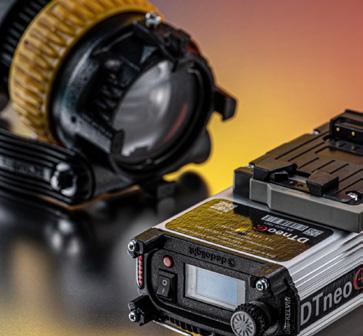


are engineered for efficiency and performance as native soft light solutions, delivering a stunning full-spectrum softlight with high output out-of-the-box. Learn first-hand how to enhance your Vortex8 set-up with Creamsource’s new 2-Up and 3-Up yokes, for studio shoots that require image-based lighting techniques.
www.creamsource.com
multi-functional ballast, offers perfect dimming, control of 34 different focussing LED Dedolight fixtures with one single ballast, and is available in monocolour, bi-colour and multi-colour. Create perfect chromakey without shadows with the Asymmetric Background Lighting System, for evenly-lit backgrounds. www.dedolight.de
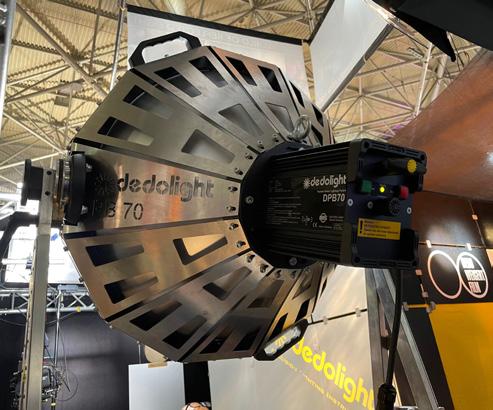
CINEMATOGRAPHY WORLD MAY/JUNE 2024 49
EXPO 2024 PREVIEW•GREAT GEAR GUIDE
EURO CINE
GREAT GEAR GUIDE•EURO CINE EXPO 2024 PREVIEW
DOPCHOICE (216)
DoPchoice helps DPs to achieve smoother, softer, more directional and controllable output, and provides a fresh take on light-refining accessories for the world’s top lighting fixtures.
The popular Snapbag snap-up softbox has a new design for Litepanels’ Astra IP featuring a unique tulip shape. The Snapbag eliminates the need for skeletal ribs or rods, due to its novel parabolic curve architecture combined with DoPchoice’s proprietary Snapshape material. Sleek tulip walls, together with the fixture’s flat yoke, enhance manoeuvrability and afford 30° greater downwards tilt angle.
For popular 1×2 panels, inflatable Snapbag Airglow creates a simpler answer to booklight-style illumination, well-suited for 1x2 panel fixtures. Once outfitted with the Airglow, an LED panel transforms to
EGRIPMENT (238)
Discover a world of cinematic possibilities with the new manual telescopic MiniJib Short, and manual telescopic MiniJib Long, the successors to Egripment’s famous JanJibs.
The MiniJibs offer versatility, with two length options to suit your creative needs. Choose the short version, ranging from 70cm to 120cm, for up-close shots in smaller spaces. Alternatively, opt for the long version, spanning from 170cm to 250cm, for sweeping cinematic shots.
GFM (204)
GFM is thrilled to be back at this year’s Euro Cine Expo, taking place in their hometown of Munich. Renowned for cutting-edge film equipment, GFM will display the highly-anticipated Modulus X truss system, along with an all-new range of Modulus X accessories.
In addition to the Modulus X, GFM will also show some of its most popular products. Attendees will have the opportunity to experience the improved Primo Ultra Dolly, which offers enhanced steering and user-friendly
GODOX (320)
Godox is showcasing the latest innovations within its comprehensive lighting ecosystem. Leading the pack, is the combination of MG2400Bi and BeamLight Max90, delivering an ultra-narrow beam angle of just 5°, and offering an innovative solution in parallel beam lighting with LED technology. This pairing emits powerful parallel beams with slow decay and impressive efficiency, rivalling the illumination of traditional 12K HMI fixtures, perfect for simulating sunlight over long distances. Moreover, when paired with Cine Lighting Reflectors LiteFlow, it establishes an efficient parallel lighting system, optimising efficiency
HAWK-WOODS (104)
Hawk-Woods has introduced the Rampart MXB-R1000, a cutting-edge 26v floor battery, marking a significant advance over the original HW X-Boxx series in high-capacity, portable power solutions tailored for cinematographers, photographers and videographers.
This new model stands-out through its robust 1000Wh energy capacity, ensuring prolonged operational times without interruptions. It is optimised to deliver clean, 26V power directly to high-demand equipment, enhancing efficiency by eliminating the need for voltage regulation which in turn reduces cell strain and extends battery longevity. The MXB-R1000
offer a bigger, super-soft source, without a hard defined shadow.
New Snapbridge Glide Kit includes a white/soft and dark/ negative fill modes to add unique spill control for the Lightbridge Precision Reflector. Adding a soft DoPchoice bounce around the Lightbridge Precision Reflector, helps create a soft, beautiful light source that offers full creative control and the ability to add a soft-butpunchy look.
www.dopchoice.com



Experience new freedom with the MiniJib’s manual telescopic length. You can easily adjust the jib’s reach, and its lightweight, compact design helps hassle-free transportation and easy set-up on location shoots. Crafted from premium materials, these jibs are built to withstand the demands of professional use, whilst delivering reliability and stability. The company will also show its extensive range of dollies and accessories, including tracks, columns and off-set arms. www.egripment.com
features. The GF-Solo Dolly, ideal for tracking shots, and the GF-Mod Jib, with its exceptional stability and ease of setup, will also be featured on the stand. Don’t miss out on an excellent opportunity to get hands-on experience with GFM’s latest innovations and to connect with the team behind these renowned products.
www.gripfactory.com



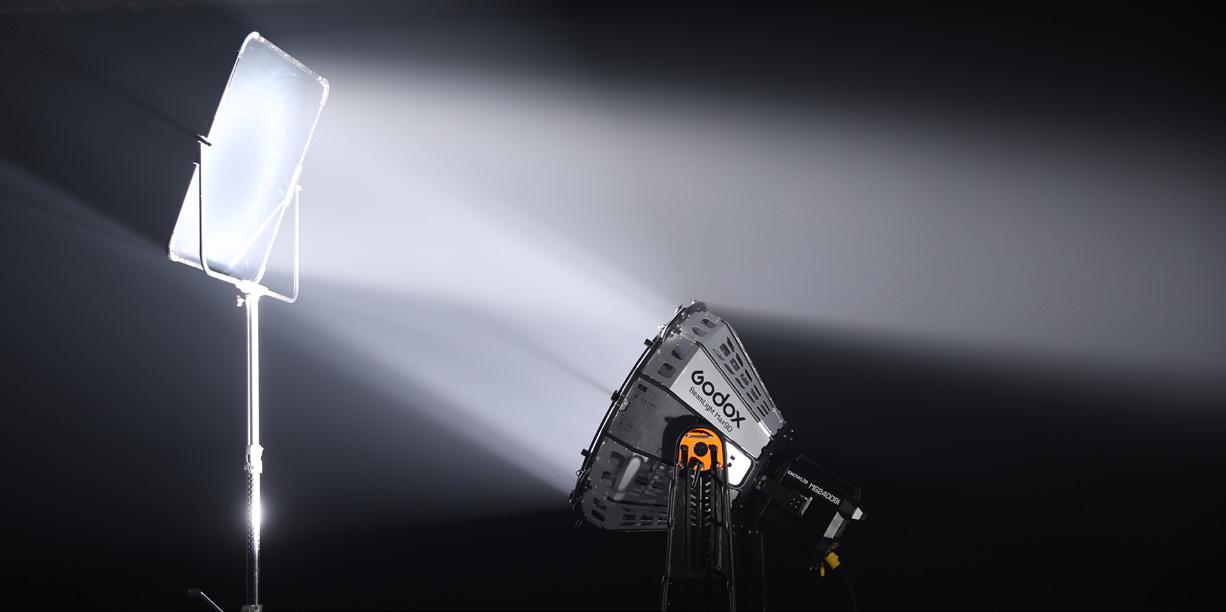
also offers versatility with a 12V (and 14.4V variant) regulated output through two XLR 4-pin outputs for devices requiring lower voltages.
Weighing just 9.2kg, the Rampart combines portability with substantial power capabilities, making it a great choice for dynamic filming environments. It features a built-in charger, allowing a full recharge in eight hours, and an intuitive LCD display that provides real-time data on power usage and remaining run times. Designed for rugged use, the battery is encased in an aluminium plate with EPDM rubber sidepanels to ensure durability and safety against over-voltage, over-current and high temperatures. The battery’s design includes versatile mounting options
and enhancing on-set lighting dynamics. Whilst you are on the Godox stand, why not explore the latest additions to its line-up of full-colour panels, particularly the formidable P1200R Hard, offering extraordinary power condensed into a compact form factor.
www.godox.com
and an optional cheeseplate handle for enhanced compatibility with various equipment set-ups.
www.hawkwoods.co.uk

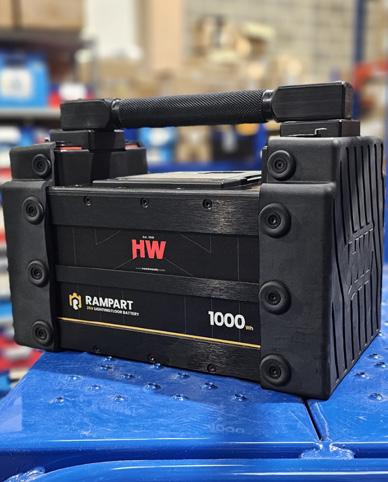
50 MAY/JUNE 2024 CINEMATOGRAPHY WORLD
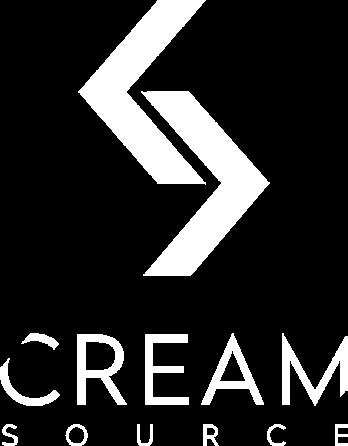



UNITED KINGDOM +44(0)20 8833 7600 info@lcauk.com | www.lcauk.com FRANCE +33 1 49 37 99 12 info@lcafr.com | www.lcafr.com EUROPE +49 30 726 10623 info@lcaeurope.com | www.lcaeurope.com EURO CINE Expo stand 216 Supplying the film and broadcast industry with the latest innovations in lighting and accessories since 1999 LCA - Lights, Camera, Action Celebrating
GREAT GEAR GUIDE•EURO CINE EXPO 2024 PREVIEW
ICLS – INTERNATIONAL CINEMA LIGHTING SOCIETY (1-040)
In 2020 our industry was shut down by the pandemic, but three friends, gaffers by trade, set out to rekindle a sense of community. Once a week, Michael Bauman, Rafael Sanchez and Martin Smith had a Zoom call, just to check-in and see how each other were doing. They invited a few other gaffers along the way and now, four years later, the weekly get-together has grown into the ICLS, an international platform that brings together cinematic lighting experts from around the world.
More than 400 gaffers/chief lighting technicians,
IMAGO ITC (INTERNATIONAL TECHNICAL COMMITTEE) (1-041)
The ITC will provide two full days of discussions and panels at the symposium, covering a range of subjects that concern the filmmaking community.
The ITC will give deep insight into all manner of topics including: how to enhance the complex and passionate relationship between directors, actors and DPs; updates on HDR, laser projection, new high-rez cameras, and metadata; virtual production with film shooting; artificial intelligence; mixed reality, aspect ratio; image judder and image-based lighting. Not to
K5600 / ONE STOP (218)
One Stop will introduce K5600’s new LED Fresnel. While others are getting into what the company calls ‘the madness of brighter so-called Fresnel units’, K5600 decided to design a 30w bi-colour real Fresnel light, with a comparable beam to a 150w incandescent and the true characteristics of the legendary Fresnel lens. The new lamp
rigging gaffers, console programmers and fixture supervisors from over 40 countries, are part of the growing non-profit society. Members share their skills, experience and knowledge with each other almost every Saturday, and in addition to regular video calls, members actively engage with

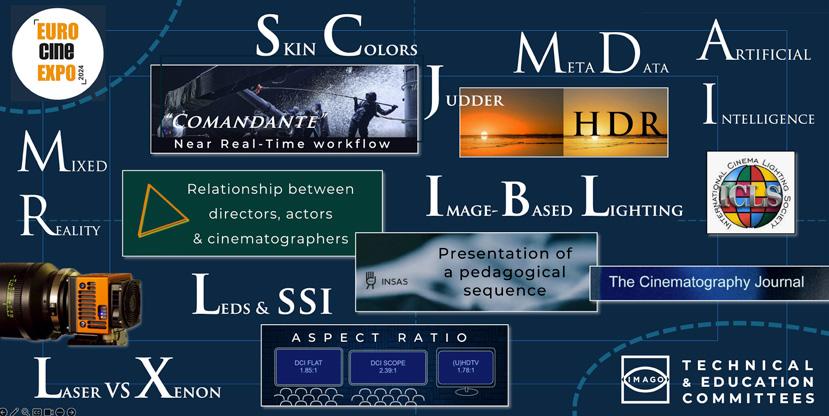
mention the ground-breaking data-based workflow on Comandante (2023, DP Ferran Paredes) developed by
delivers sharp shadows, clean barndoor cuts, with a powerful centre gently falling-off to the edges of the beam.

Also on display will be Performing Rigs equipment (www. performingrigs.com), a selection of gear that can make products jump, twirl, slide and more. And, expect a top-secret apple box, designed to revolutionise the concept, which will need a new generic name. www.k5600.eu
LCA – LIGHTS CAMERA ACTION EUROPE (216)
LCA Lights Camera Action Europe will be showing some of the latest lighting innovations in Munich. When you require that extra ‘oomph’, go big with the Creamsource Vortex24 that has 1950W of firepower, whilst maintaining an IP65 rating. The new Vortex8 Soft and Vortex4 Soft offer beautiful full-spectrum softlight with highoutput straight out-of-the-box, with the same sturdy build and smart design.
The LiteGear Auroris V alongside the updated LiteMat Spectrums, all powered by LiteGear’s Spectrum technology, will be
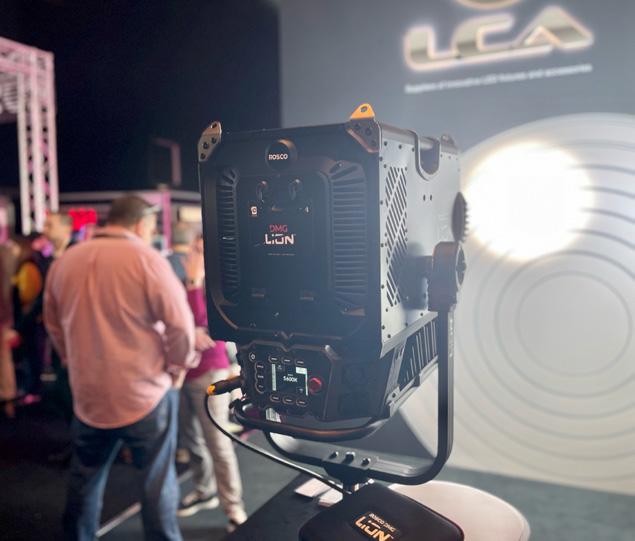
running through LiveFX from Assimilate to demonstrate how you can use the LiteGear range of fixtures in a virtual studio set-up.
See a re-imagined booklight with the Airglow from DoPchoice, an easy-to-set-up Snapbag accessory for LED Panels which creates a bigger, super-soft source, without a hard/ defined shadow.
Immerse yourself in Lightbridge Core and
LIGHTBRIDGE (234)
New C-Move Core kit is dedicated to enabling artistic lighting with consideration of today’s need to productivity. Developed with input from DPs and lighting designers, C-Move Core is built for speed and weight efficiency, and the collection of the most requested Precision Reflectors and accessories fit into a padded, waterproof Movebag which safely stores and organises the collection in smartly positioned compartments. Inside are the most asked-for Precision Reflectors: 15x15cm (DIFF 1-3), 25x25cm (DIFF 1-3), 50x50cm (DIFF 1-3), two each C-Wheel Receivers and cables, two each Rigging and Safety Wedges, black C-Pouch, and extra cleaning aids. CRLS components are handcrafted in Vienna Austria, and the Precision Reflectors are bend-resistant, with surfaces hard-polished to be smooth and free of imperfections.
For still or motion imaging there’s a new method of light painting with CRLS that brings luminance to complexions and control to portraits. The brainchild of

one another through a Discord server, which features discussion channels focussed on events, educational resources, and direct access to manufacturers and suppliers. The team at Cinematography World, publishes Light Fantastic magazine, about the art and craft of lighting, in conjunction with the ICLS.
With a newly-enhanced website, the ICLS aims to provide an even more dynamic and enriching experience for the lighting community, working towards a future led by fairness, inclusivity and prosperity for all. Join them now! www.iclsociety.com
David Stump ASC.
AMPAS (Academy Of Motion Picture Arts & Sciences) will present the latest on ACES 2.0 and the ICLS (International Cinema Lighting Society) will participate with famous gaffers in a special panel on LEDs to explain how to evaluate them with the Spectral Similarity Index developed by AMPAS.
The ITC has also invited the IEC (IMAGO’s Education Committee) and CITO, the on-line journal on cinematography, to share their research into teaching and how to calibrate colours for better integration of the virtual and physical worlds. Unmissable!

dip into a world of reflected light. Learn more about CRLS reflectors and how they can help your workflow on-set. If you’re looking for bounced fill-light, then the SnapBridge Glide is your tool.
Rosco’s new LED Fresnel, the DMG Lion, will be roaring loud with its motorised, 15°-75° spot-to-flood zoom with local and remote-control options. Finally, mobile power is vital on shoots and being as green as possible is also important. Betteries fulfil this requirement and more, and will show a new system addition. www.lcauk.com

Lightbridge and DoPchoice, the Snapbridge snaps-up creating a nearly flat 5ft octagonal bounce around the Precision Reflector which affixes to its centre. Simply add the fixture of natural source like the sun and get ready to create. Black and white sides offer two different modes for endless possibilities. With more to come. www.thelightbridge.com
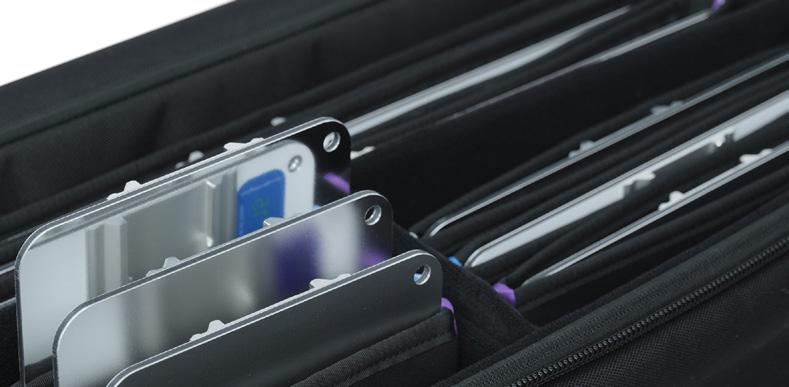
52 MAY/JUNE 2024 CINEMATOGRAPHY WORLD




UNITED KINGDOM +44(0)20 8833 7600 info@lcauk.com | www.lcauk.com FRANCE +33 1 49 37 99 12 info@lcafr.com | www.lcafr.com EUROPE +49 30 726 10623 info@lcaeurope.com | www.lcaeurope.com EURO CINE Expo stand 216 Supplying the film and broadcast industry with the latest innovations in lighting and accessories since 1999 LCA - Lights, Camera, Action Celebrating AIRGLOW SNAPBAG
GREAT GEAR GUIDE•EURO CINE EXPO 2024 PREVIEW
LITEGEAR (216)
LiteGear is showcasing Spectrum Technology. LiteGear unifies its full-colour ecosystem through the power of Spectrum OS 3.0 combined with seamless integration of LiteMat Spectrum and Auroris.
The re-engineered LiteMat Spectrum offers improved dimming performance, powerful companion dimmers, up to 8 pixel-mappable large-format pixels, and buttery smooth low-end dimming. Utilising either 12 or 24 large-format pixels, Auroris combines high-quality colour rendition and precision control in one sleek, easyto-use package. This overhead pixel mappable light source covers up to 100 square feet with just one fixture. Spectrum OS 3 hosts numerous new DMX features
MOVIETECH (203)
Made in Germany! MovieTech takes pride in manufacturing all of its grip equipment and camera support systems in-house at its factory in Munich. Onshow will be the new Magnum Dolly #V, the flagship in its product line, with electro-mechanical centre column and many new features to improve the dolly operation experience on-set. These include: a wireless hand-control unit with backlit display; smoother column movement; multi-functional turnstile; telescopic steering; and intuitive GUI software with customisable modes.
Also on display will be the new Gizmo Jib, the firm’s ultimate modular camera jib arm. With modular
NANLUX / NANLITE (228)
The Nanlux Evoke 2400B LED spotlight offers a good substitute for a 10KW Tungsten or a 4KW HMI fixture. Beyond its amazing brightness, it offers an adjustable green and magenta shift of ±80 across its 2700-6500K CCT range, ensuring compatibility with fixtures from other manufacturers.
The Evoke 2400B is able to run off a household mains socket and its efficiency maximises output for every watt drawn from the
PANTHER (424)
and includes a unique Video DMX personality. It’s now easier than ever to control LiteGear Spectrum products in an image-based lighting environment. www.litegear.com
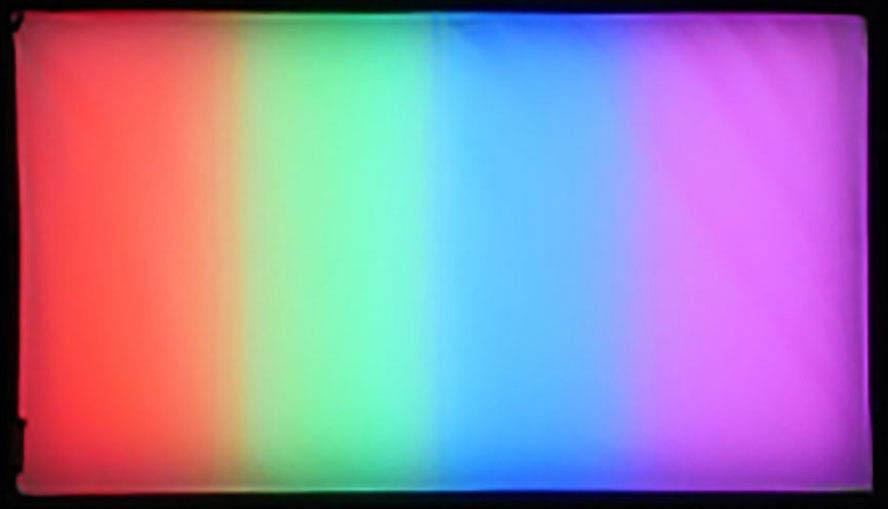
interchangeable segments (0,25m and 0,5m) and a telescopic front segment, the Gizmo Jib allows users to set it to any desired length up to 3.6 meters, ensuring the perfect jib length for any shot with perfect balance. It is built to withstand professional use, with strong brakes, backlash-free dovetail connections and a hard-coat surface.
www.movietech.de

The Panther X-Type Dolly is a great choice for any production. Its 360-degree rotation and Range Extender provide increased lifting capacity and speed, while its versatile controls and optional Crab & Steer kit with removable column ensure transport efficiency.
The Panther S-Type is a leading electromechanical scissor dolly, powered by an electric motor, offering clean operation, extended journeys without recharging and advanced programming features.
The Easy Rider offers a manual rickshaw mode for various shooting techniques, with an optional electric drive module for trike-like mobility, controlled by a
PIPE LIGHTING (304)
Having worked on film sets in the lighting department, the founders of Pipe Lighting GmbH have witnessed a variety of lighting challenges being solved by a number of difficult and often cumbersome solutions, such as diffusers, heavy fixtures and support devices, that require additional grip systems, bulky transportation, a lot of crew members and plenty of installation time. That’s why they came up with an idea that solves a number of basic problems in lighting on film sets. Since 2021 they have been manufacturing, renting and distributing a lightweight inflatable LED lighting system made by and for professionals. These lights are waterproof, easy to mount, install and transport,


wall, meaning more light onlocation without a generator. Constructed with durable IP55 weather-resistant housings for both the light head and power supply, and utilising magnesium alloy, the Evoke 2400B achieves
thumb lever for smooth acceleration. The affordable Panther Tower 2 has electrically powered drives and remote control, making it well-suited for dynamic driving shots with a remote head, such as the 360 Evo.
ARRI’s 360 EVO provides filmmakers creative freedom through 360-degrees of rotation on both pan and roll axes, along with compatibility with SRH and Trinity systems, boasting high payload capacity, versatile connectivity and good value.
The Foxy Pro camera crane, said to be one step ahead of everything else, is built with standardised outriggers so that you can assemble one outrigger after the other as required, even in places where bracing is needed. If you want an even lighter crane,
and are very powerful too. They are proud of their German-made products, bestowed with a Red Dot Design Award, and the company has a pool of happy customers in more than 30 countries. www.pipelighting.com
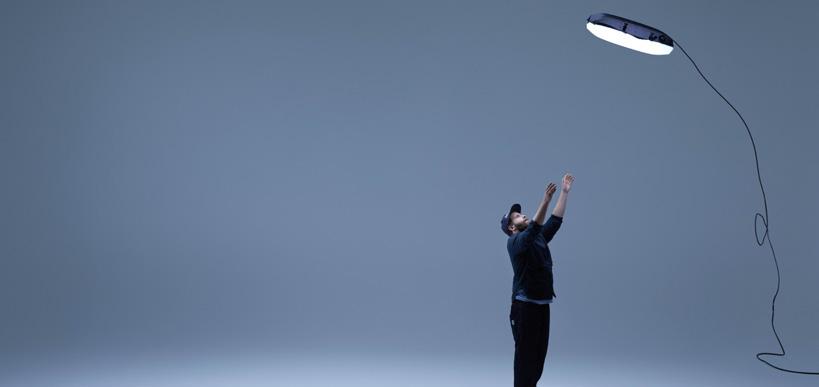
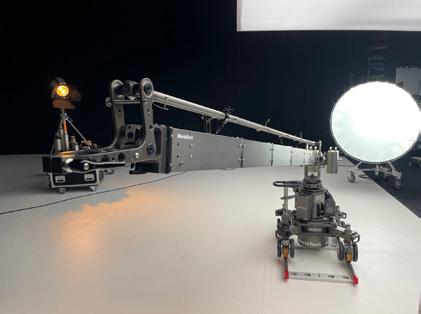
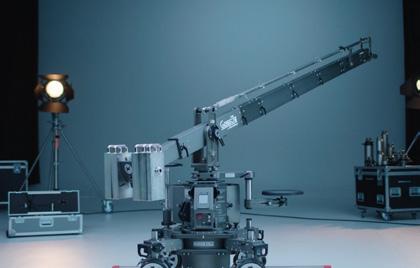
extraordinary output whilst maintaining a significantly lighter form factor compared to other models with equivalent power. It delivers 75,700 lux at 3m (5600K, 15°) with the motorised Fresnel lens FL-35E. The inclusion of electronic contacts enables a modifier recognition function, allowing the Evoke 2400B to identify the specific modifier in use. This ensures safety by protecting both the fixture and accessories from potential damage caused by elevated heat levels.
www.nanlux.com or www.nanlite.com


www.panther.tv
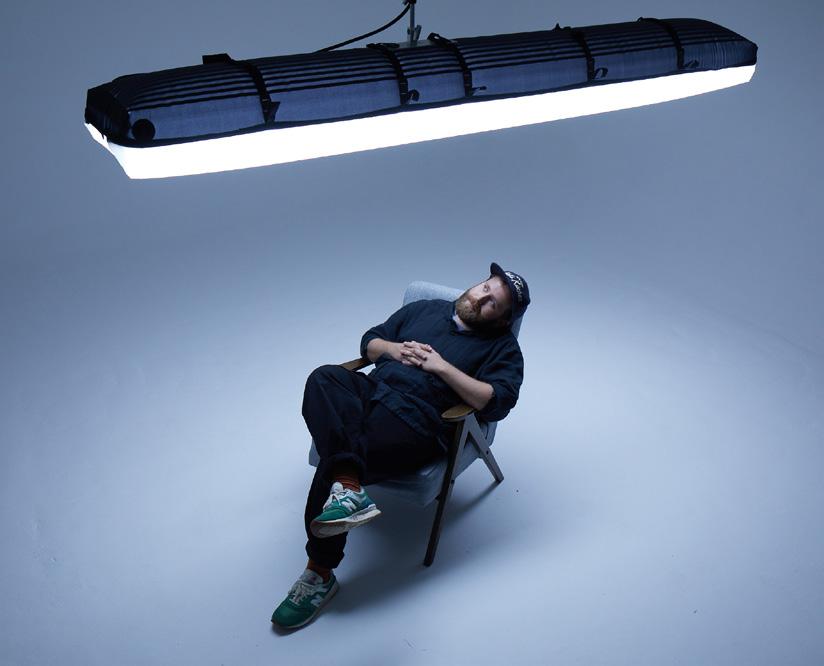
54 MAY/JUNE 2024 CINEMATOGRAPHY WORLD
then the Foxy Pro Air might be right for you.
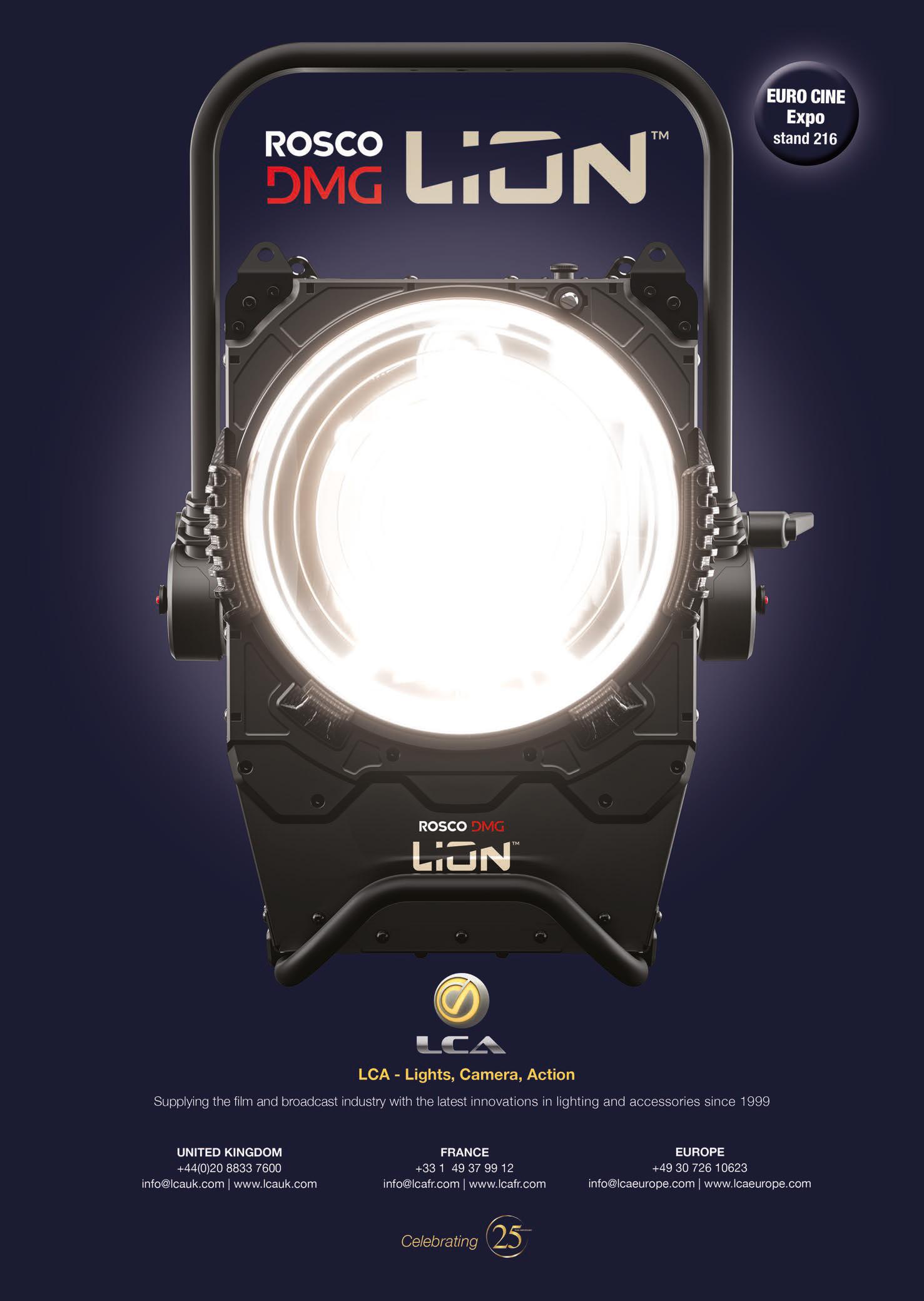
POWER GEMS (100)
The team will be eager to show you its full range of 1,000Hz, high-speed HMI ballasts and the latest cutting-edge LED control products for film and TV production.
GEMwash, a new fixture for large-area lighting, completes a young family of LED products on display, which includes the 70W LED bi-colour GEMtile, an extremely lightweight, broadcast-quality replacement LED ceiling tile for standard 600mm/2ft commercial offices.
Bring your magnifying glass to the stand where the company will also showcase the prototypes of its tiny but mighty GEMmicro and GEMboost control
PROLIGHTS (314)
The EclFresnel CT+ series offers a range of innovative LED Fresnel fixtures. Designed and manufactured in Europe, these fixtures feature a sixcolour Spektra calibrated LED source, ensuring top performance, versatility and control.
The series spans six models across three sizes to meet the diverse demands of indoor theatres and
RONFORD BAKER (124)
modules, designed for creating on-set practicals with built-in wireless DMX. The GEMmicro is a four-channel LED drive with wireless DMX control and over-current protection to drive LED ribbons and COBs. GEMboost will boost 2.5-6V from a Li-ion cell or USB power bank to a fixed 12V supply, up to 36W of compact power. Off-the-shelf solutions can also be found in the form of bigger LED controllers, such as PWM40 and Gem6. The Gem6 has six controllable channels and an input range of 12V to 24V for full-colour LED control or three channels of bi-colour. The PWM40 is the world’s first combined 3kW power supply and PWM controller for up to 40 channels.
www.powergems.com

Ronford Baker are manufacturers of Academy Award-winning fluid heads and tripods. The product range also includes sliders, billet bazookas, tracks, beams, grip equipment, transit cases and a new range of camera and video accessories.
New for 2024 is the small Atlas Mini 7 Fluid Head. Utilising Atlas technology, and with toolless operation, it allows fast changing of configurations and adjustable rising platforms. Available in two-axis, low rocker and 360-rollover mode. As well as manual operation, the head has also been motorised.
SCHNEIDER-KREUZNACH (340)
The recently launched Radiant Black is not just a tool, it’s an experience. From the intimacy of closeups to the expanse of wide-angle shots, it pushes the limits and takes portrait photography to a new level. With the ability to enhance skin tones, control contrast, preserve blacks and eliminate haze, this filter is a game changer. It is available in multiple sizes, strengths and as screw-in.
Additionally, Schneider-Kreuznach’s various cine filter collections offer room for individual storytelling.
SONY (332)
Sony is exhibiting its extensive end-to-end range of filmmaking technology: from filming on-set, to capture, audio, workflows and post-production. A highlight this year is the new Burano, full-frame 8K digital cinema camera, of particular appeal for solo-filmmakers or smaller production teams. Of course, the Venice 2 will also be shown along with the Rialto.
Also being showcased is the Crystal LED Verona for virtual production, designed to help content creators deliver breath-taking images through extraordinary black levels, low reflection and high brightness. The full Sony Cinema Line of cameras –
outdoor film sets. It includes IP65-rated models engineered for challenging environments: S and S IP models, 200W, 6-inch lens; M and M IP models, 350 W, 8-inch lens; and L and L IP models, 600 Watt, 10inch lens.
These units enhance both white light output and colour performance, boasting a 15% wider colour gamut
Also on show will be the patented Mitchell fitting Bazooka Base which incorporates massive strength, a stable build platform, fast construction and ultraversatility into its modular design. There are fixed or adjustable riser options, and castor and track skate wheels are available.
The Atlas 50S fluid head comes with increased fluid power and a patented counterbalance system. It is suitable for camera packages up to 35kg, and incorporates seven stages of fluid power, both pan and tilt, plus ‘zero’ fluid (free) positions. Ronford Baker sliders offer motorisation, rotating Mitchell mounts, car

These include popular names such as Hollywood Black Magic, the awardwinning TrueStreak and the skin-enhancing Radiant Soft, as well as other
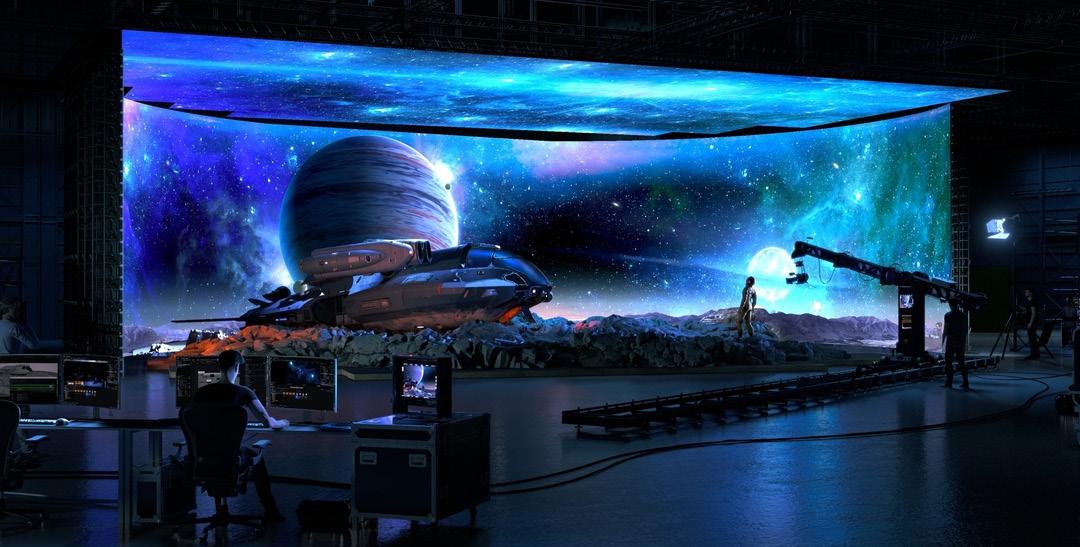
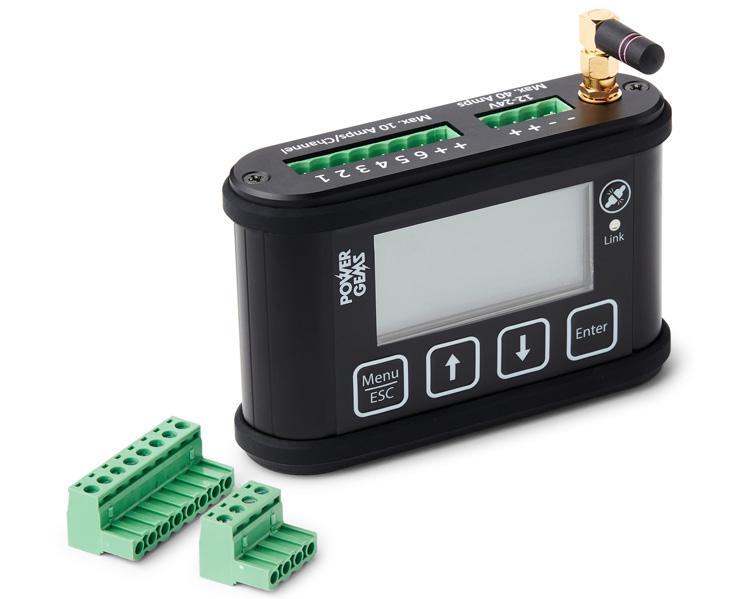
and double the colour flux compared to previous iterations. They also offer better colour rendering, with high R9, TLCI scores, and include an SSI optimised mode.
Featuring a compact LED engine paired with a glass Fresnel lens, these fixtures achieve beam angles ranging from 8° to 80°. Equipped with the advanced Spektra OS, they allow precise colour control, including colour filter emulation and realtime calibration.
Additional features include compatibility with external power sources, wireless control on IP models, adjustable yokes for custom positioning, and an optional Plano Convex lens kit for enhanced beam shaping.
www.prolights.it
rigging accessories and more. www.ronfordbaker.co.uk
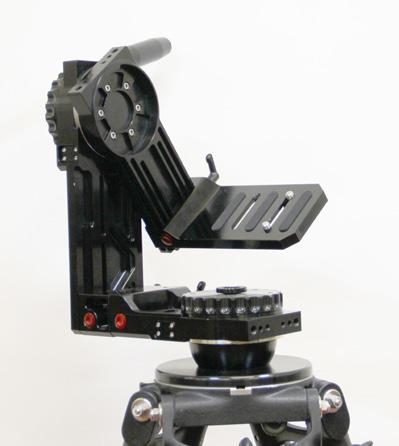


diffusion filters or classics such as polarisers, ND filters, diopters and more.
The company will also present its award-winning ISCO4 all-lens set, which seamlessly bridges the gap between Anamorphic and spherical film, giving filmmakers flexibility and creative options to push the boundaries of their craft.
www.schneiderkreuznach.com
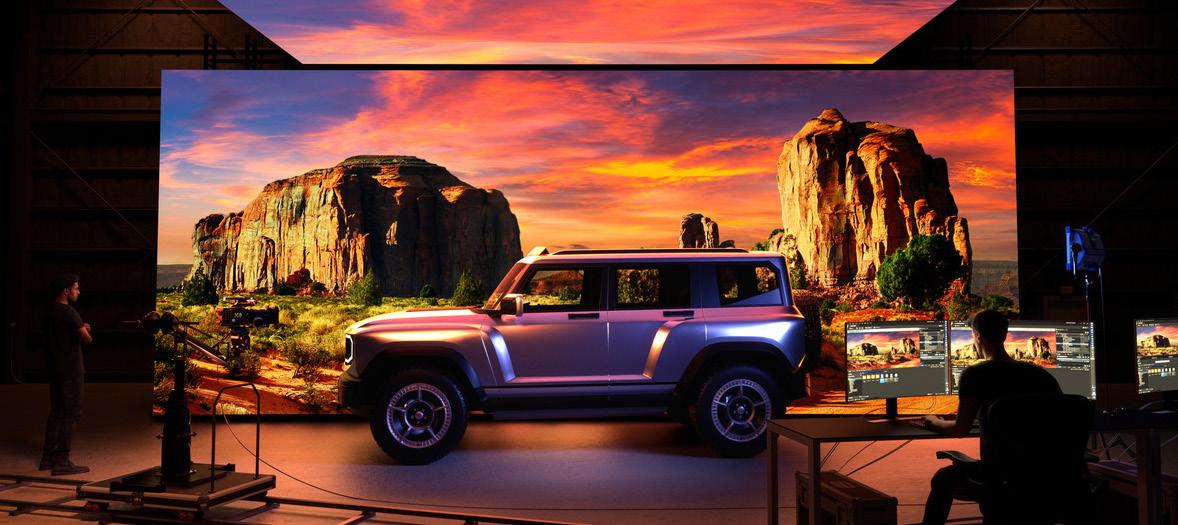
from FX3, FX30 to FX6 and their latest upgrades – will also be on display. Rounding-out exhibits is the ILMEFR7, full-frame PTZ camera which combines a cinematiclook with remote PTZ control capabilities. Anyone
interested in post-production might want to check out the BVM-HX3110, 4K professional master monitor with a Sony-designed dual layer anti-reflection LCD. www.sonycine.com
GEAR GUIDE•EURO CINE EXPO 2024 PREVIEW 56 MAY/JUNE 2024 CINEMATOGRAPHY WORLD
GREAT
EURO CINE EXPO
SUMOLIGHT (350)
Based in Berlin, and with offices in LA and London, Sumolight is pioneering lighting technology. As the film industry embraces virtual production (VP), Sumolight’s Sumosky represents a ground-breaking advance in image-based lighting (IBL).
Designed for seamless integration into VP workflows as well as film/entertainment projects, Sumosky offers precise colour rendition and dynamic lighting capabilities, to help gaffers enhance realism and visual coherence. Its lightweight design and low-resolution IBL approach ensure data efficiency without compromising quality, enabling flexible use like a sectional dimmable blue/green screen for enhanced VFX options. Whether
TELTEC (609)
Along with established brands such as ARRI, Red, Sony and Canon, Teltec is offering visitors insights into greenscreen and virtual production (VP). The latest wave of technological innovation is reshaping how movies are made. Greenscreens have long been the key to expanding the cinematic universe, allowing actors to be placed in different settings, but came at the cost of requiring many hours of careful post-production.
VP using LED screens is revolutionising filmmaking by offering realistic digital environments in real-time. With LED walls or volumes placed around the actors, directors and
TIFFEN (222)
on film sets like Barbie or as an overhead lighting source for events, its large modular format and broad-spectrum RGBWW emitters eliminate banding, whilst operating noiselessly with passive cooling technology.
For underwater scenes, Sumolight introduces the Scubamax, a powerhouse with 1000W RGBWW water-cooled output. Featuring 19 pixels for effects and a narrow <20° beam angle, the Scubamax offers versatility at depths up to 20m, with a rugged design incorporating underwatergrade components to meet the demands of subaqua shooting.
www.sumolight.com


Tiffen has added Soft Glow and Black Soft Glow diffusion filters, which reduce fine details whilst retaining strong focus. Soft Glow adds a slight cooling effect in stronger grades, as will Black Soft Glow, whilst holding deep dark areas without shifting colours. New Dark Contrast lowers contrast by darkening highlights without darkening shadows. Strong grades offer the illusion of darkness whilst allowing the viewer to see the image.
The new Mag Control Filter (MCS) System eliminates threading filters on-andoff, whilst maintaining a safe and positive lock. Installation and removal is lightning-fast thanks to a strong magnetic force. Filters stay locked in position and detach instantly, without lens modification.
Tiffen’s Smartphone 58mm Filter Mount magnetically secures to the back of an iPhone, thanks to Apple’s MagSafe
ZEISS (412)

cinematographers can see and interact with the digital world as if it were right in front of them, granting an unparalleled level of immersion and presence.
VP techniques are opening-up new perspectives for filmmakers to gain more creative control, to shoot virtually anywhere in the world without actually being there physically, and can be more environmentally-friendly, as less travel and physical sets are needed. Go check it out!
www.teltec.de
technology, and accepts any Tiffen 58mm filter. Introducing Steadicam Axis, the first professional body-worn system to offer Volt technology for roll, tilt and pan for increased stability and control. This 3-axis electronically-assisted stabiliser allows the operator to directly control framing without feeling disconnected from the camera, resulting in quality camera movement, faster set-up times, greater movement range, and a shallower learning curve. Payload capacity is 20-lbs (9kg), when paired with Steadicam A-30 Arm and A-30 Vest.

Get your hands on the brand-new Nano Prime high-speed cine lenses for mirrorless full-frame cameras in addition to the entire Zeiss lens offering: from the CP.3 and CP.3 XD to the Lightweight Zoom and Cinema Zooms to the Supreme Prime and Supreme Prime Radiance.
Moreover, you can learn more about Zeiss CinCraft Scenario camera tracking, from live tracking and support for popular non-Zeiss lenses to recording and exporting of the tracking data for use in post-production. Pop by their stand and talk with experts about all things Zeiss! www.zeiss.com
www.tiffen.com
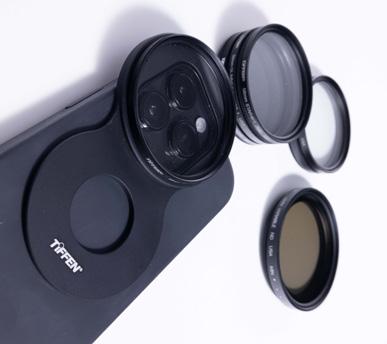
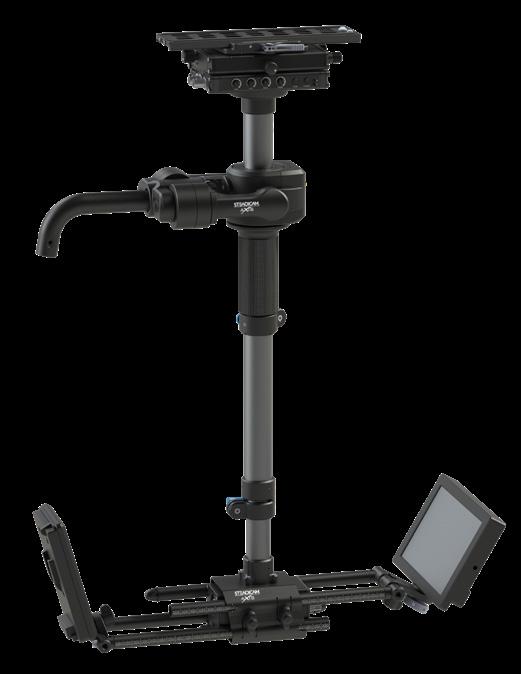
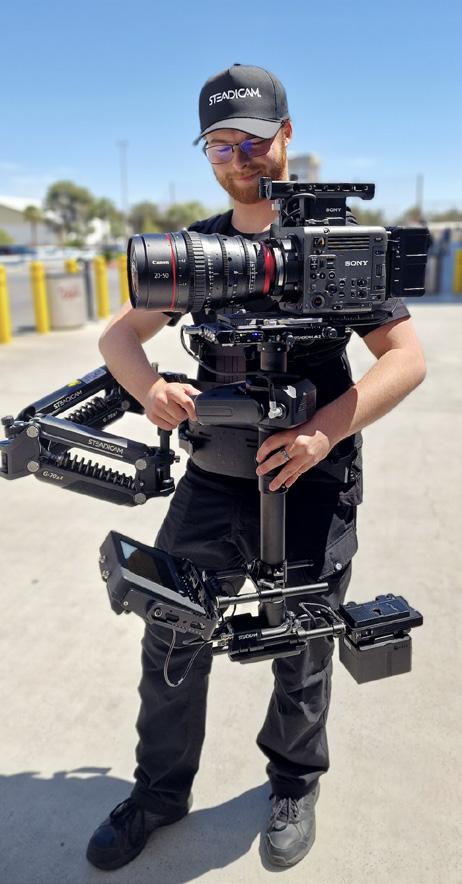

CINEMATOGRAPHY WORLD MAY/JUNE 2024 57
PREVIEW•GREAT GEAR GUIDE
2024

FASTER & FURIOSA
By Iain Blair
It’s been nine years since George Miller’s Mad Max: Fury Road – the $380 million-grossing smash and fourth movie in the seminal, highly-influential apocalyptic road franchise – blasted onto the Oscars stage, reeking of oil and blood, hot engines and even hotter desert winds from Down Under, and scoring six golden statues. Now the Oscar-winning writer-directorproducer is back with Furiosa: A Mad Max Saga, an origins story that recounts the brutal childhood of the young Furiosa (Anya Taylor-Joy), who grows up to become the kick-ass warrioravenger played by Charlize Theron in Fury Road
FURIOSA: A MAD MAX SAGA•SIMON DUGGAN ACS ASC
58 MAY/JUNE 2024 CINEMATOGRAPHY WORLD
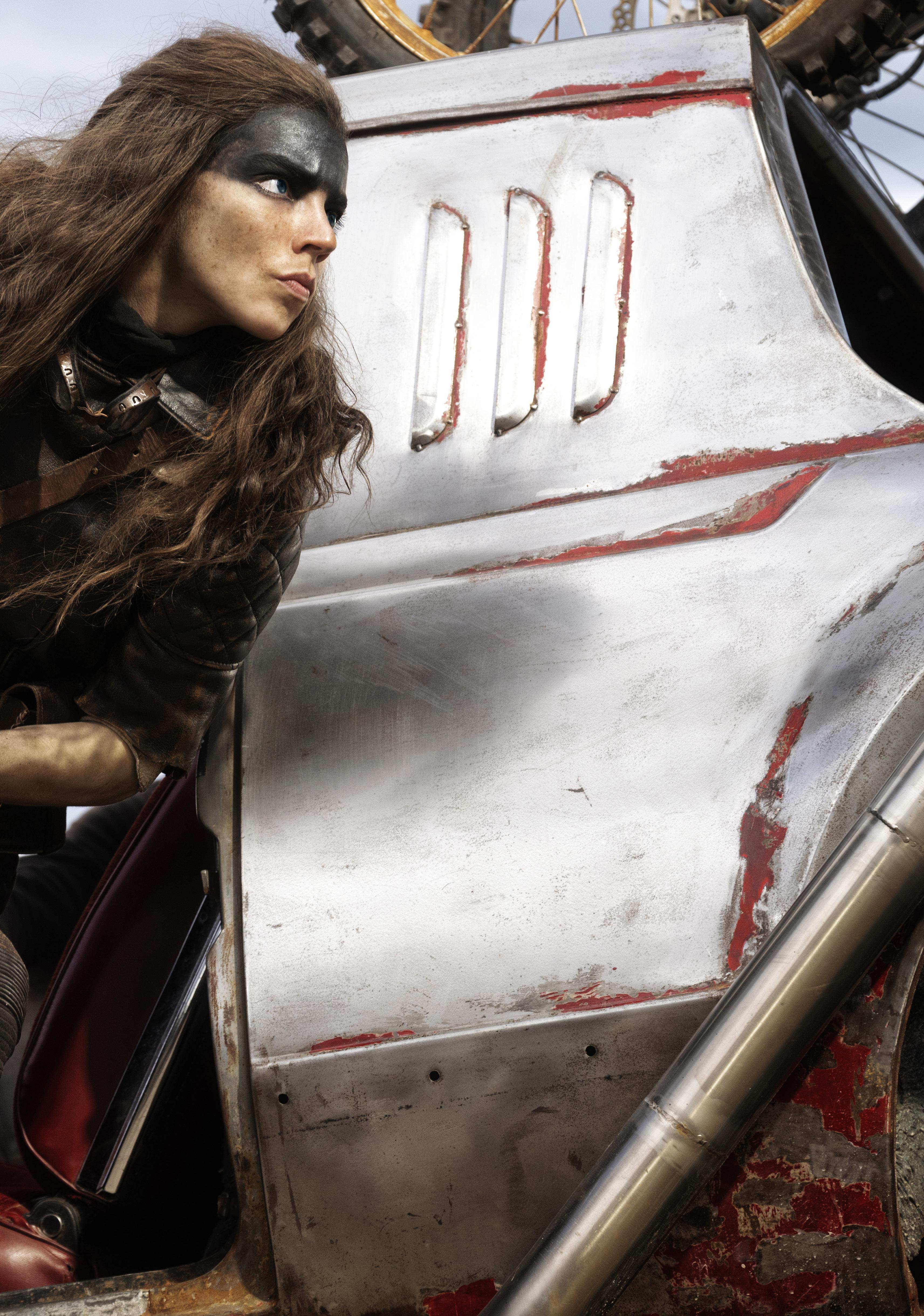
CINEMATOGRAPHY WORLD MAY/JUNE 2024 59 SIMON DUGGAN ACS ASC•FURIOSA: A MAD MAX SAGA
Anya’s eyes really were a window into her character’s soul

To bring his revved-up, uber-intense, uberkinetic and uber-bleak vision of the future to life, Miller teamed-up with Simon Duggan ACS ASC, the acclaimed Australian cinematographer whose eclectic credits include I, Robot (2004), Underworld: Evolution (2006), Die Hard 4.0 (2007), The Mummy: Tomb Of The Dragon Emperor (2008), The Great Gatsby (2013) and Hacksaw Ridge (2016) For their first-ever collaboration, they met whilst Miller was filming Three Thousand Years Of Longing (2022, DP John Seale ACS ASC), a year before Furiosa went into production.
“ We had a great conversation about Furiosa, the Mad Max legacy, the Australian film industry and crews, and stories that we had in common although our paths had not previously crossed,” reports the New Zealand-born Duggan. “I realised that the story of Furiosa spanned 15 years from when she was abducted from the Green Place as a young child. As opposed to Fury Road, which had a time frame of three days, I saw we had a much more complex story to tell with many more characters and environments that gave a much larger visual palette to explore.”
In terms of aesthetics and look, the DP knew that Miller “had some very clear ideas on how the film was going to look. Obviously, Fury Road had already established the post-apocalyptic feel of the barren wastelands, its inhabitants and the Citadel community. New communities were established and conceived by our production designer Colin Gibson including the Green Place, Bullet Farm and Gas Town. George wanted them to have individual identities, which included their colour palettes.
“As far as coverage of action was concerned, George was keen to cover many scenes with the feel of a single take in mind. He wanted the camera to be intertwined with the action, continuously revealing information as the story played-out. There would be two Steadicams running 80% of the time, the cameras always in the thick of the action with the characters. Whilst Fury Road was shot in African locations, often with a marine layer of haze, we were shooting in Australia, which has a much starker sun light and that was to be embraced.”
For a creative reference, Duggan watched Miller’s Mad Max: Fury Road – Black & Chrome Edition (2016), “which I thought heightened the dystopian feel of the story and visuals,” he notes. “That prompted me to look at other B&W film references with a film-noir slant and, in particular, close-up lighting themes for faces, such as highlight slashes across faces and eyes
to amplify the look of our characters.”
The team had about 12 weeks of prep in total.
The equipment, including the ARRI 65mm Alexa 65s and DNA Lenses from ARRI London, along with Red V-Raptors and Red Komodos, was shipped to Panavision Sydney, which supplied the balance of equipment and served as the facilitating company. Camera and lens testing commenced a month before shooting and involved “a lot of pre-rigging around the war rigs,” explains Duggan.
“A lot of the testing was grip-heavy with key grip Adam Kuiper constructing complex rigs to achieve action coverage around the war rigs and surrounding vehicles. My gaffer Shaun Conway ICLS and I
George wanted the camera to be intertwined with the action, continuously revealing information as the story played-out
worked on hidden lighting within the war rig cabin, as well as different lighting methods for our exterior locations and our interior sets which were warehouses with low ceilings. We didn’t have the room to use conventional large Fresnel light sources with a long throw, so we tested arrays of Creamsource Vortex LED units to achieve the feeling of a distant single lighting fixture, yet from a short distance.”
The shoot began on May 30th, 2022, ending on Nov 2nd, 2022. There were about 109 shoot days for main unit. Second unit was directed by Guy Norris with DP Peter McCaffrey, which ran a few additional weeks. As filming took place during Covid the production team often worked continuous ten-hour/five-day weeks. All locations were situated in NSW Australia, and the landscapes for the film were established in Broken Hill, with its vast red earth plains, rolling hills, and deep blue skies with interesting cloud formations.
“Another location used by the 2nd/action unit for
a majority of the war rig stunt sequences was a long straight 4km stretch of highway in the town of Hay, which we were able to close down,” Duggan informs. “ We used sand dunes on the outskirts of Sydney and created general exterior sets and shooting areas within these locations. The Green Place was in a forest on the outskirts of Sydney. We only went into a film stage for a few scenes that required the infrastructure of a large stage with soundproofing, and the rest of the interiors were filmed in a warehouse in outer Sydney.”
Regarding the choice of aspect ratio, he say, “It was always going to be widescreen 2.39:1, yet with the amount of action in the film George wanted to shoot spherical with a 16:9 sensor capture, so there was always room for reframing and stabilisation of action shots when required,” he says.
“Our primary cameras and lenses were the ARRI Alexa 65s teamed with ARRI DNA Primes, and ARRI even produced two new full-coverage 25mm primes with each lens individually-named ‘Furiosa’ and ‘Mad Max’.”
Duggan and his crew used the Alexa 65s as much as possible on dollies, cranes and armed tracking vehicles, with the result that the imagery is “almost 3D in its feel” due to the large format, he adds.
When lighter, more compact cameras were required with Steadicam and rig shots under trucks, the team used ARRI Alexa LFs, Red Raptors and Red Komodos. Other lenses used were Fujinon Premista zooms, Angénieux zooms, Canon and Zeiss Compact primes. Duggan expresses, “It was a great collaboration between ARRI, Panavision and Red to supply all the equipment on our film.”
Predictably, the ambitious shoot was far from easy and when filming started in Broken Hill the filmmakers were also faced with “the worst weather conditions I have ever seen,” the DP recalls.
“ There was rain and 80km winds, which often forced us to drop overhead scrims and lights to the ground for safety reasons. There were just enough hot and dusty conditions to sell the desert environment, and George and I decided to embrace the conditions as part of the story element of the film. Aerials show the speed of rolling clouds and we introduced that into our closer groundwork as a part of the visual theme.”
Discussing their visual approach to the storytelling, Duggan reports that the filmmakers relied heavily on the Edge Arm Truck from Performance Vehicles, whose team of Dean Bailey, Rob Petrin and DP/
A MAD MAX SAGA•SIMON DUGGAN ACS ASC 60 MAY/JUNE 2024 CINEMATOGRAPHY WORLD
FURIOSA:

Almost everything was shot with real moving vehicles in real environments
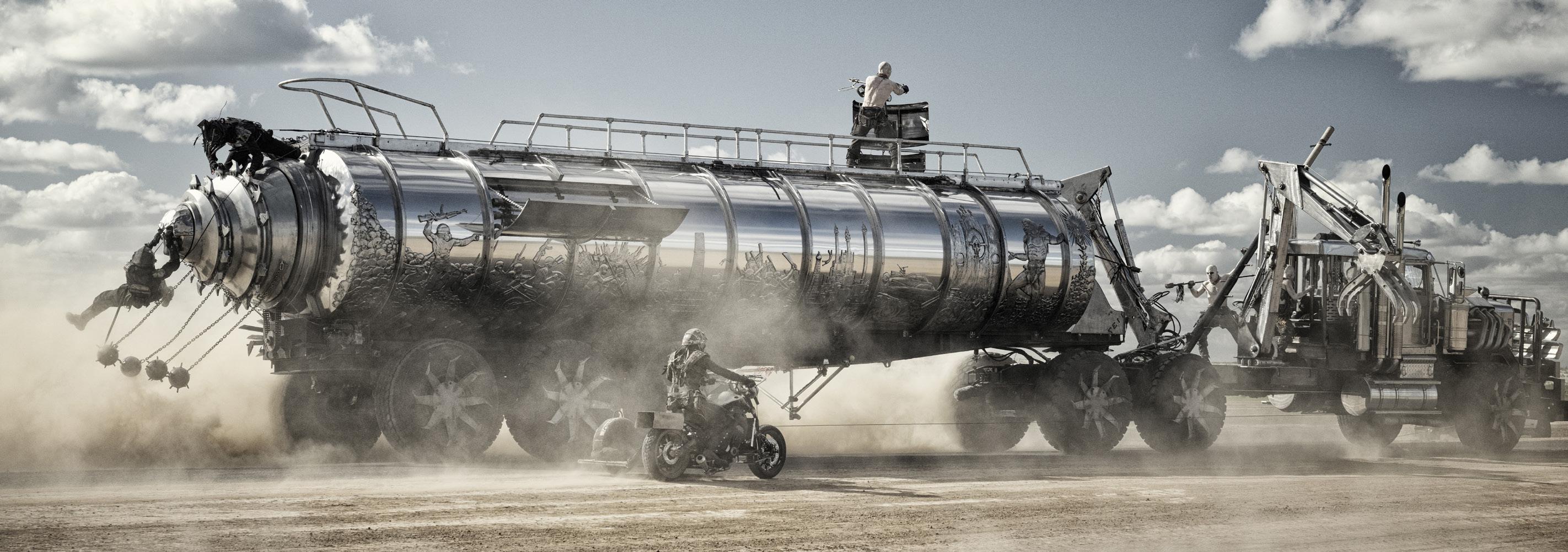
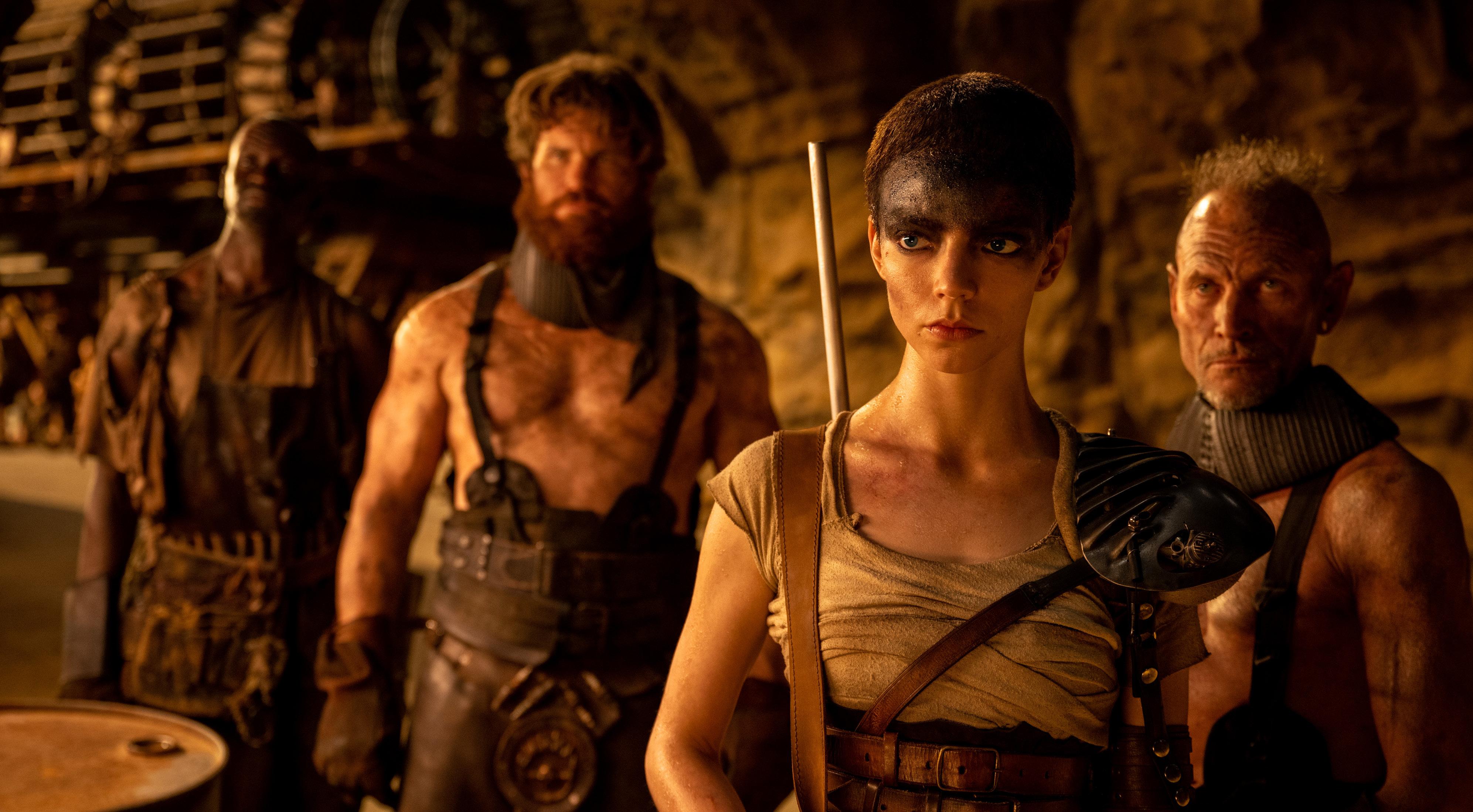
CINEMATOGRAPHY WORLD MAY/JUNE 2024 61 SIMON DUGGAN ACS ASC•FURIOSA: A MAD MAX SAGA
Images: Copyright © 2024 Warner Bros. Entertainment Inc. All Rights Reserved.
operator Brooks Guyer “spent most of their time with 2nd unit shooting a lot of the war rig conflicts,” he says. “ We used four Scorpio telescopic cranes, a second armed car, towing vehicles and many truck and car rigs. On the ground we would always have the two Steadicams covering the actors with a few continuous sequence ‘oners’. A drone covered the many aerial shots.”
Amazingly, given the non-stop action in Fury Road, that film was predominantly a one-camera shoot, Miller told me, citing Roman Polanski “who said, ‘At any given moment, there’s only one perfect camera position,’ and I agree. I’m a one-camera filmmaker in that sense.”
But in order to really do justice to all the awesome pyrotechnics of Furiosa, the prequel was mostly a three-camera main unit shoot with Duggan’s three operators – Mark Goellnicht and Simon Harding both on Steadicam, along with Jay Torta. 1st ACs David Elmes, Brett Mathews and Inaki de Ugbago, gaffer Shaun Conway, key grip Adam Kuiper and DIT Sam Winzar rounded out his core team.
“I have done many films with them and we definitely have a great shorthand working as a close team,” he notes.
The intense weather conditions that initially worried the filmmakers ultimately became a character in the story, one that helped inform their lighting approach. “ We embraced it, and to provide some continuity for exteriors we had an array of 6x8k Pars in telescopic handlers that would follow us around to every location,” he says.
“ Whether the sun was in or out those Pars were burning to give us an almost surreal feel at times. Stage work, which was actually in a cramped warehouse, was difficult as we had little room for long-throw Fresnels, and we used lineal arrays of Creamsource Vortex LED units much closer to the sets to achieve the result of a Fresnel lamp at a much larger distance. When it came to lighting close-ups of our actors Shaun, my gaffer, and I paid a lot of attention to the quality of the light, facial modelling and making sure we could read into their eyes. Anya’s eyes really were a window into her character’s soul.”
Gaffer Shaun Conway provided all lighting on the production. “Besides the HMI units used as artificial sun, and Vortex LED units pushing light through diffusion for exterior fill, we lit interiors with some Fresnels, yet mostly LED units ranging from 8x8ft soft boxes down to softened Astera tubes and small LED eyelight panels,” Duggan reports.
Duggan notes that one of the biggest challenges on a shoot like Furiosa “ is the sheer scale and the need for the whole crew to keep track of the needs of every location, sets and cast involved in every scene. George had been storyboarding key scenes to help pre-visualise the flow of the story and in his words to also ‘inform’ the crew of input and requirements for each scene. George also worked closely with the 2nd unit action director Guy Norris to animate scenes in Unreal Engine using accurate location and vehicle details to create life-like animated previews of the key action scenes.” Alan Hardy was the Unreal Engine operator/designer working directly with Miller and Norris.
According to the DP the most difficult sequence to shoot was the first war rig confrontation nicknamed ‘Stowaway to Nowhere’, which took around 80 days to complete.
“George had carefully pre-vised the sequence with Guy using his Unreal Engine set-up with operator Alan Hardy animating very real-looking sequences,” he reports. “In the virtual environment exact measurements of the shooting locations, lens angles, camera heights, sun angles, vehicles and speeds, as well as human dimensions, were all imported into the system so the whole sequence could be accurately pre-visualised. That gave us the template to how we
were going to physically shoot the scene with the equipment we had.
“Most of the wider pieces of the sequence where the larger stunt action was involved was the 4km road in Hay. The crew under 2nd unit DP Peter McCaffrey, the war rig, stunt vehicles and stunt performers tracked back and forth along that single piece of highway for a couple of months. The war rig had been physically designed to accommodate the pre-visualised stunts and camera platforms with rigging points around the circumference of the cabin, tank and undercarriage. It was the most difficult sequence to shoot because of the complexity of the set-ups, and the Maurauders were not only attacking from land but now also using light aircraft which added another dimension to the shot coverage.”
The Edge Arm tracking vehicle with its 26-foot remote controlled crane arm and stabilised camera head was used to cover most of the action. “It was able to achieve really dynamic moves around the rig and also get up high enough to look down on the rig,” he adds. “For higher aerial shots we used drones.”


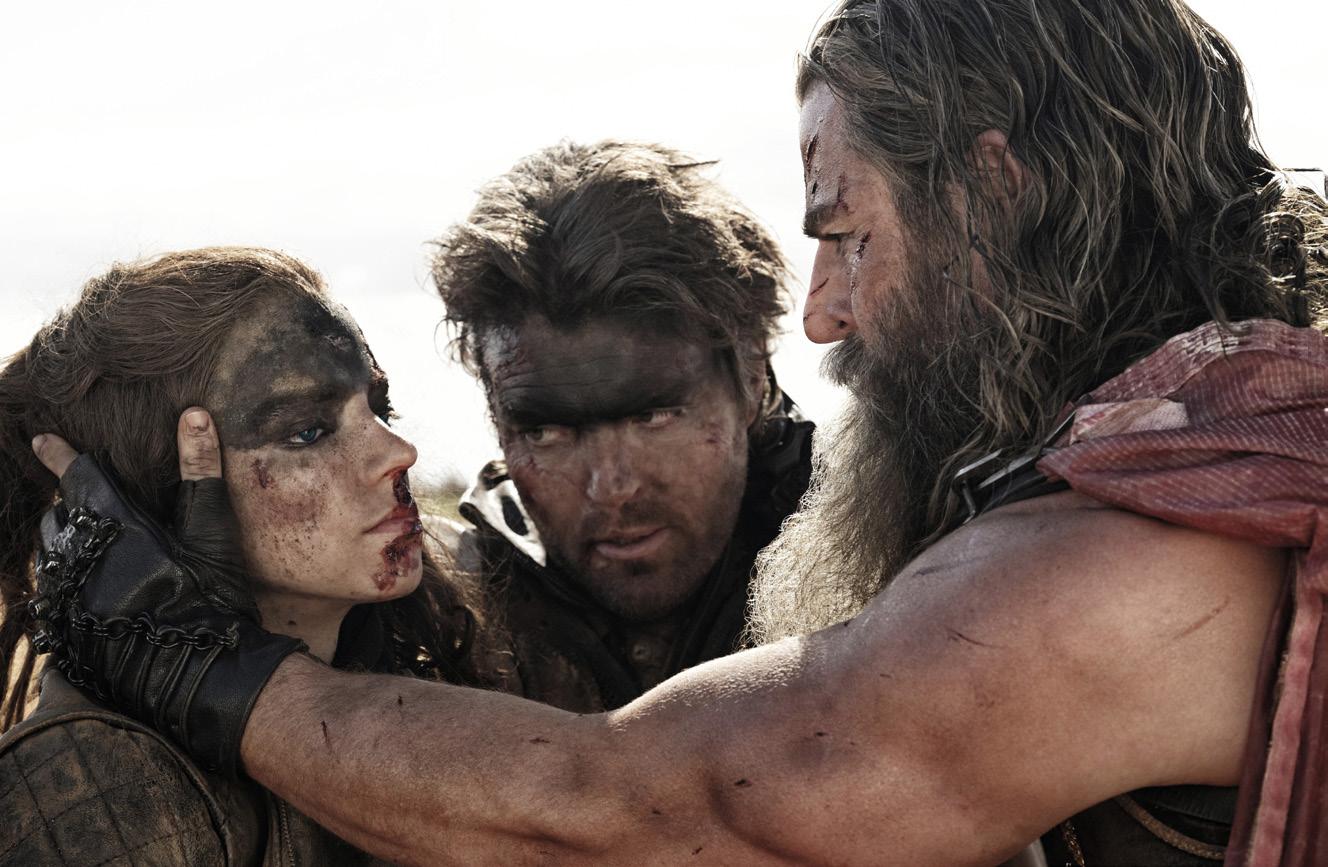
The DP had a close collaboration with onset VFX supervisor Paul Butterworth. “A certain amount of rotoscoping was assumed as the camera was often in 360-degree moves,” he notes. “ There was much less blue or green screen requirements with the amount of movement of vehicles and actors, and it was assumed rotoscoping was going to give a better outcome. The SFX team under Lloyd Finnemore provided all the physical elements such as fire, smoke, explosions etc. for the VFX team’s library. And there were no reviews of dailies as such. We were all glued to the on set screens all day long and George also had his on-set editor Eliot Knapman alongside him in his trailer cutting the footage as we shot to confirm everything was going to plan. It was all real time confirmation of achieving our shots. And with the use of an outside broadcasting van George had a direct satellite connection to 2nd Unit which was often hundreds of miles apart. George would get to approve every shot from 2nd unit in realtime.”
Miller decided very early-on he wasn’t going to shoot in a volume stage, “the problem being the volume backgrounds would all have to be preconceived and George didn’t want to be locked into that, especially with the chrome war tank.” reports Duggan. “Almost everything was shot with real moving vehicles in real environments. Of course, closer shots on the actors had to be managed in a safer environment with static vehicles using hydraulic vehicle motion shakers, simulated lighting and wind affects, with greenscreen where absolutely necessary.”
On-set Duggan worked with DIT Sam Winzar to create LUTs for the different looks for each particular scene or location.
“I was able to create the basic look envisioned
on-set for editorial and didn’t involve a daily colourist in the mix,” he says. “Our final colourist Eric Whipp did, however, get involved early-on as VFX work commenced. George and myself have had a longrunning collaboration with Eric who did the final colour grade at Alter Ego Post in Los Angeles. He really is an amazing colourist who can do things in realtime in the DI that we normally leave to VFX.
“George realised how important it was to bring Eric in very early in the VFX process, supplying VFX with colour-graded material as a clear guide to the final look to work from. Eric worked very closely with the VFX team.
“ We also had a lot of bad weather, so Eric worked on keeping the richness of the environment matching to what we had during good weather, adding blue to skies and sky reflections into the mirror finish of the War Rig tank and maintaining the consistency of the red earth or the orange sands. Eric also created the look of the orange sandstorm sequences throughout the film and also worked on the day-for-night silvery blue look for the night scenes.”
Summing up, Duggan says that “Furiosa was definitely one of the most challenging shoots to pull-off, with almost every scene having its own complexity. But with careful previsualisation and planning we were well-prepared for what was ahead. Physically we were challenged by bad weather, but under the auspices of 1st AD PJ Voeten, we managed to stick to our schedule of ten-hour shoot days. Creatively the visuals, especially lighting, were a dream to create and it was a delight to be entrusted with that by George.”
62 MAY/JUNE 2024 CINEMATOGRAPHY WORLD
FURIOSA: A MAD MAX SAGA•SIMON DUGGAN ACS ASC
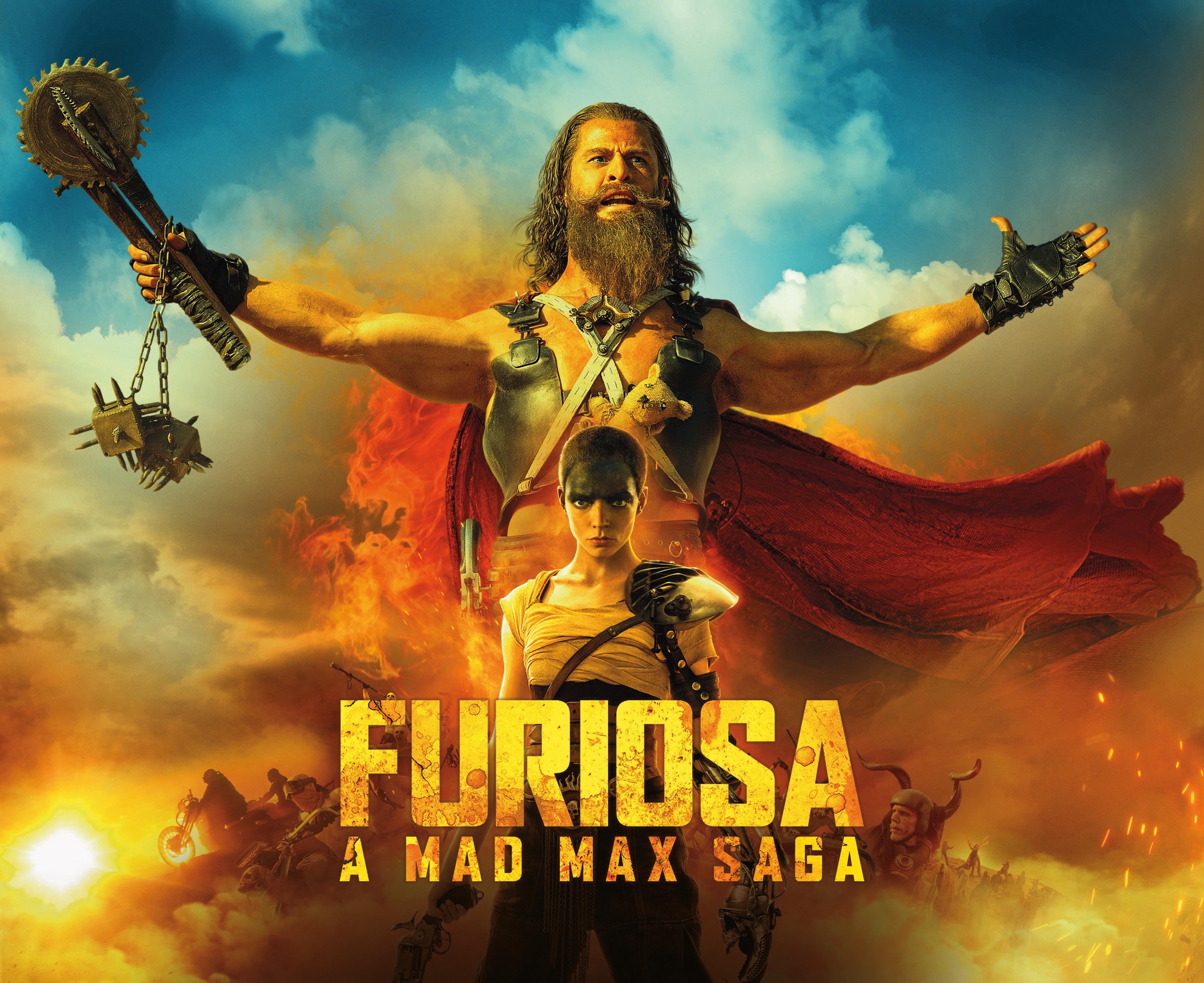
ONLY IN CINEMAS
Captured in 65 mm by cinematographer Simon Duggan ASC, ACS using ALEXA 65 cameras and Prime DNA lenses.















www.arrirental.com
© 2024 WBEI
LIGHT IN THE DARK
By Michael Burns
For Sky Original Drama, The Tattooist
Of Auschwitz , the challenges for the production team were not just technical, but highly-emotional as well. Produced by Synchronicity Films and directed by Tali Shalom-Ezer, the six-part series is based on the real-life story of Lali Sokolov (Jonah Hauer-King), who was tasked with tattooing ID numbers on his fellow inmates’ arms in the Auschwitz-Birkenau concentration camp during World War Two. Sokolov’s story was originally related in the 2018 novel by Heather Morris from which the series takes its title.

An intention for a realistic, naturalistic approach saw the cinematographer, production design, art, costume and VFX departments all work extremely closely to bring one of the worst places in human history to the screen, whilst still finding room to convey emotions for a love story amid the darkness.
“When the book came out in 2018, there was controversy around some inaccuracies therefore there was a real urge to make this production as correct and authentic as possible,” says cinematographer David Katznelson BSC.
“Having to extract every bit of information about recreating the death camp was a massive challenge for me,” says visual effects supervising producer Alan Church. “When you were talking to people about the camp, asking about the smoke and the flames from the crematoria, the physical emaciation of the inmates, and everything else, you felt you had to apologise all the time.”
The film was shot in Bratislava, but Shalom-Ezer, Katznelson and Church, along with production designer Stevie Herbert, visited Auschwitz very early-on in prep, paying their respects and bonding through an experience that was “absolutely full of emotions,” recalls Church.
The team then went out to recce fields around Bratislava to find sites where the physical barracks could
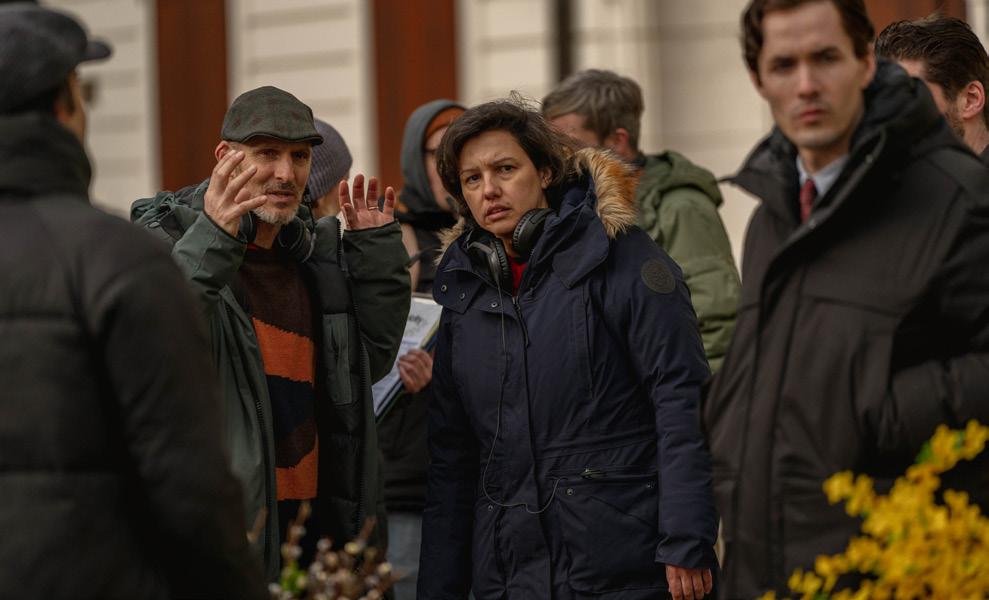
be built, and to assess where greenscreens would be placed for the digitally-created extensions of the camp and other backgrounds.
“Each barrack at Auschwitz-Birkenau was 40x10m, there were around 300 of them with 10m between them,”
We didn’t want to do showy lighting… this was a naturalistic approach
says Church. “At least one of the crossroads we’d wanted to depict had been around 800m long in one direction.”
“To make that into something cinematic and believable was our first and biggest headache,” says Katznelson. “For a limited budget, how do you build something to accurately represent this enormous camp, and make it feel like this man is travelling constantly
between different parts of the camp to tattoo people?
“We realised very quickly that a lot of the scenes would involve Lali and SS guard officer Stefan Baretzki (Jonas Nay) having a conversation, then Lali walking and having another conversation,” he continues.
“Essentially everything was in straight lines. You get these enormously long lines of barracks; as soon as Lali turns a corner, you’d have yet another avenue of barracks stacked in the distance.”
Church adds, “We had a huge floorplan in the production office with small cardboard barracks, moving them around and trying to figure out what would work for which scenes, and thinking about when digital VFX would need to step in and take over.”
As well as obvious references such as Schindler’s List (1993, dir. Steven Spielberg, DP Janusz Kamiński), documentaries by Chantal Akerman and Tarkovsky’s Stalker (1979, dir. Andrei Tarkovsky, DP Alexander Knyazhinsky) proved inspirational.
“The fact that you can have two or three-minute shots which just travel, and you just see the horizon move along, really spoke to Tali,” says Katznelson. “We’d set up a master shot, and let things play-out in front of the camera. There’s very little camera movement as such unless there’s a motivation for the camera to move with the characters.


THE TATTOOIST OF AUSCHWITZ•DAVID KATZNELSON BSC
64 MAY/JUNE 2024 CINEMATOGRAPHY WORLD

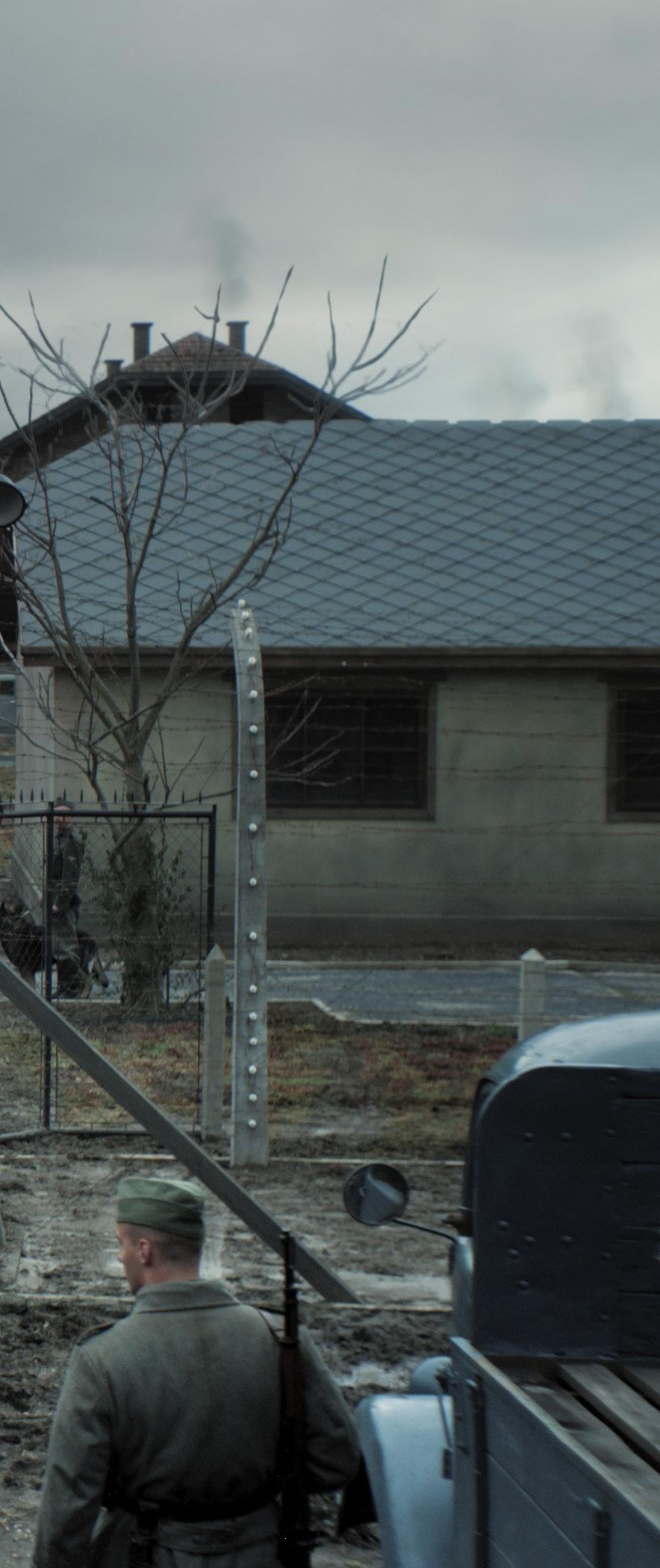



DAVID KATZNELSON

We’d use Steadicam whenever Lali was on the move, but again we’d try to do that in one take and make the shot as long as possible.”
In terms of framing, the intention was to make some shots feel a little uncomfortable, for example by having lots of headroom. “Although we threw in a few crane shots, the framing mainly had to be from Lali’s point-of-view. He was the main character, and the world was seen through his eyes,” says Katznelson.
“We settled on 16:9 aspect ratio because it was about faces and emotion and the intimacy between us and the characters. So that became a part of the storytelling.”
Studios, did a brilliant job, they were absolutely fantastic.
“When the railway line became more of an integral part of the show, we not only had to extend it into the distance but also widen the camp environment. As the shoot progressed, there was some feedback from execs who wanted it to come back even further.” Complying with the latter request did however help emphasise the intimacy of the central love story.
We settled on 16:9 aspect ratio because it was about faces, emotion and intimacy
Static exterior shots in the visual storytelling give the viewer more time to inspect the background, and hence brought great importance to having realistic VFX.
“In his cinematography, David played a lot with a limited depth-of-field which was brilliant because it created the intimacy that Tali wanted, but the image still had to have visual effects for the lines of barracks going off into infinity,” says Church. “Doing all of that, including with camera moves with the Steadicam, was quite a challenge. We had lots of conversations at the beginning, trying to find out exactly how long the shots were.
“I then moved to focus on the overall department, and Simon Giles became VFX supervisor on the show, but it just got bigger and bigger, with over 600 VFX shots and we had to make sure everything was as correct as possible.”
As the story takes place between the time the camp was initially constructed up to the point of liberation, the VFX team bore the weight of showing areas of the camp evolving, often with very little reference material to work from.
“There are a few shots with Lali on top of a roof, where we see the camp being constructed in the background. Those sort of VFX had to complement everything in the foreground of telling the story, but had to be invisible,” says Church. “We couldn’t afford to have greenscreens on every shot and the tree lines were a particular challenge, so we looked at where we could utilise some of the trees purposely, and where to put the big greenscreen to do the infinity shots. It was a big jigsaw puzzle.”
“And then we completely screwed it up for Alan,” says Katznelson. “We ended-up shooting on the Sony Venice cameras, with Hawk C-Series Anamorphic lenses. The lenses have an amazing character; the lines are not completely straight, and you’ve got very soft surrounds on them, which adds emotion to the image when the 16:9 framing zooms into the face. Equally, you can do some amazing big wide shots. But those lens characteristics also make it hard for the VFX teams to work with.”
“Some things are just not perfect, but that’s what makes it organic and real,” says Church. “Lens grids helped enormously Our two vendors, Union VFX and Untold
“A lot of research went into what would it have been like when they had electricity in those barracks in addition to candles,” Katznelson explains. “There was a fair bit of shooting with bare lightbulbs for night scenes inside and I wasn’t afraid of overexposing faces as they walked under them. Equally, if they walked out of the light into a darker spot, we weren’t afraid of letting them go.”
The Canon K35s were the go-to spherical lenses for these kinds of shot. “They just had a slightly different flare which was more pleasing sometimes, and equally had a slightly better stop,” says Katznelson.
“My gaffer Martin Taylor, who I’ve worked with for years, made some long softboxes to push softlight down through the row of skylights. We also had Par Cans and some 5Ks to give us a little bit of variation on the scene, but we didn’t want to do any showy lighting. It was a more naturalistic approach,” he adds. “It was quite nice to play with depth, trying to keep everything as a backdrop to the face – we used lots of cloth in and around the actors. We wanted to emphasise that it’s a horrible place yet see into their eyes and their soul.”
Glasgow’s Blazing Griffin was responsible for postsupervision, picture, sound, QC and delivery, with colourist Colin Brown working closely with both Katznelson and Church throughout. Katznelson says that in his lighting and throughout the grade, he strove for a “constant juxtaposition between the harshness of the environment and the situation, with the beauty of the love story”.
“We had a relatively soft LUT, capturing as much detail as possible in both highlights and shadows, and we tried to maintain that all the way through,” he continues.
“Tali has such a relaxed and free attitude with the actors, that I could work with them and the whole set-up in terms of the light on exteriors. We could twist things around as the day moved along with the sun and really work it to our advantage, not always to have a beautiful backlight, but sometimes a harsh front light, again juxtaposing the harshness and the beauty within those two.
“We had two brilliant camera operators, Tom Walden and John Hemborough; there are so many other people to mention who made such a huge contribution,” adds Katznelson. “All those massive VFX extensions look brilliant and make the whole show believable. It’s so key to have those amazing collaborations, which really elevates the final result.”
CINEMATOGRAPHY WORLD MAY/JUNE 2024 65
THE TATTOOIST OF AUSCHWITZ
BSC•
Images: BTS photos of David Katznelson BSC and VFX supervisors Alan Church/Simon Giles by Martin Mlaka. Copyright © Sky UK Limited.
ROYAL TREATMENT
By Michael Burns

The look-and-feel of The Crown, the epic Netflix TV drama about the modern British Royal Family, owes a great deal to lead DP Adriano Goldman ABC BSC ASC, the Brazilian cinematographer who shot a total of 28 episodes out of the 60.
“I can proudly say I shot the first two episodes and the very last as well,” says Goldman, whose credits also encompass Sin Nombre (2009), Jane Eyre (2011), Trash (2014) and Andor 2022, who spoke to Cinematography World from a shoot in Budapest. “The Crown changed my life and my career.”
Golman was in from the start on the series, and helped set the visual tone. TV, film, and theatre director Stephen Daldry, who first pitched The Crown to broadcasters, alongside writer Peter Morgan and producer Andy Harries, shot Trash (2014) with Goldman in Brazil. The cinematographer was keen to work with the
director again, but when Goldman came on-board to start planning the shoot, discovered Daldry was off rehearsing a play.
“We had to reshuffle the blocks, so we started by shooting episodes three and five (the 1952 Coronation) for season one with Philip Martin,” says Goldman.
However, this time spent with Martin and designer Martin Childs was where The Crown’s look and shooting language developed. Childs led production design across six seasons and Goldman remarks how “solid he is, how creative, how kind and mellow, and how easy it is to work with his department”. Similarly, senior colourist Asa Shoul worked across all six seasons. “He’s another amazing collaborator, a genius, the best,” says Goldman.
In the beginning, as the production confirmed that six seasons lay ahead, there was a rumour that the entire cast would change every two seasons, and Goldman decided he would change lenses to match.
“When we started in 2015, there were only a couple of cameras that could deliver 4K, to adhere to the Netflix 4K workflow, so I opted to use the Sony F55 for seasons one and two, with old Cooke Panchros. For seasons three and four, I switched to Zeiss Super Speeds, still vintage in a way, with a very soft look.”
Goldman describes how the focal length used for portrait shots evolved from a 50mm in seasons one and two to a 65mm in seasons three and four.
“It’s just a little bit longer, so we could move back, just move back a little bit to get the same size. We’d get a little shallow depth-of-field and it felt more elegant for Olivia Colman, as the Queen, and Tobias Menzies, as Prince Philip. Then the Sony Venice came out and we shot season four with the new camera but still with the Zeiss Super Speeds.”
For seasons five and six, the Sony Venice was retained, but now with Cooke S4s, “as they are a little bit sharper, a little bit more contemporary,” says Goldman.
“For shooting Elizabeth Debicki, as Princess
Visually there was never a voyeuristic approach… it was always objective
Diana, and Khalid Abdalla, as Dodi Fayed, and all these new characters and new actors, we’d always stick to 50mm and 65mm to get that depth-of-field, for a sense of isolation. And no distortion.”
Goldman would always have at least two cameras on the main unit, sometimes more, but he says every camera was “always pursuing something specific”.
For example, in the audiences between the Queen and Prime Minister, which anchor the series, he specified that the A-camera would always be over the shoulder and B-cameras used more for profiles and cutaways.
“We always had an agreement with the editors that they should save the B-camera shots for a specific moment, either when the actors were changing the subject, so you show another angle, or just for an insert when the Queen presses the bell to end the audience. But we didn’t want them to keep mixing A-camera shots and B-camera shots, because then it turned generic and immediately into a more TV-style.
THE CROWN•ADRIANO GOLDMAN ABC BSC ASC 66 MAY/JUNE 2024 CINEMATOGRAPHY WORLD
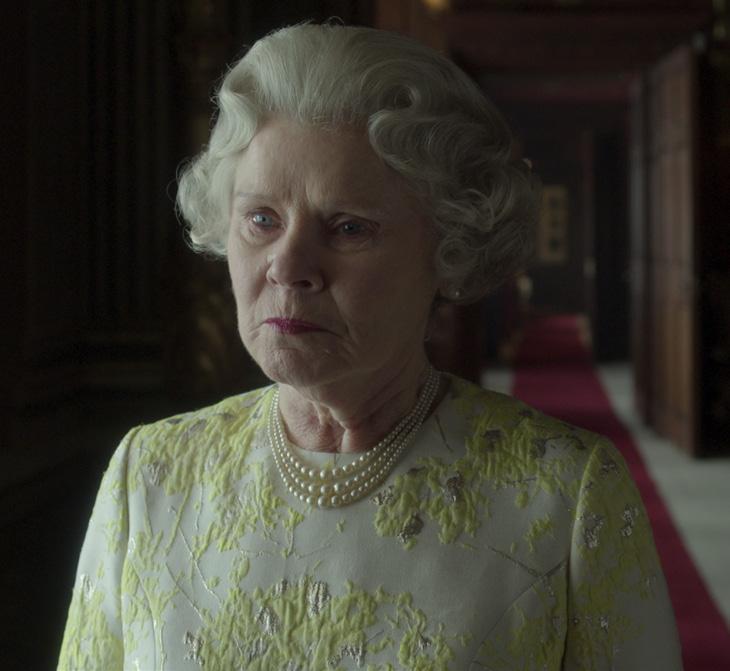
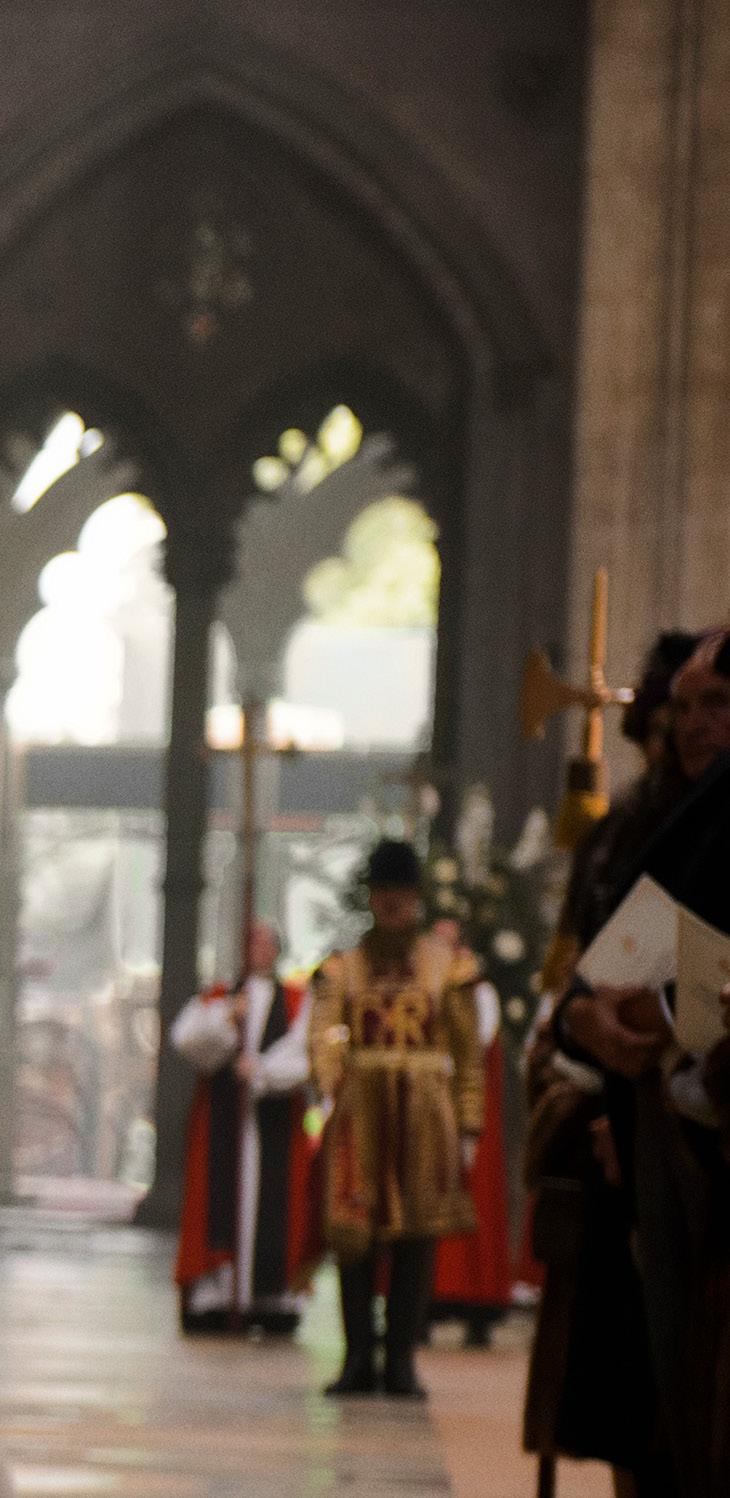


ADRIANO
“If you look at seasons one and two, the shots hold for a long time, to appreciate the performance. Those were the very first conversations we had with Philip and Steven: it’s not about quantity in terms of coverage. It’s about quality.”
Camera movement evolved a style of its own. “We used to call it ‘Steadicam on Dolly mode’,” says Goldman. “We would jump to Steadicam to save time or to prevent our actors from walking over tracks, but it wasn’t supposed to be seen as a Steadicam shot. It was either on a straight line or on a parallel line, or you’re leading someone; it was always supposed to be very elegant and stable and not perceptible.
sequence, Imelda Staunton as Queen Elizabeth II gets to approve the planning for her state funeral, which includes a long shot down a cardboard reconstruction of The Mall and ends with Staunton in closeup, pensively looking down at the funeral cortège.
The Crown changed my life and my career
“I was kind of against using handheld elements on The Crown,” he continues, “as handheld brings attention to the camera work. Throughout six seasons, we did a couple of handheld shots, but very sporadically, and again, not super-perceptible.
“Of course, there were a few situations where it was justifiable, such as car interior shots, but even in the season six episodes, where we had the paparazzi following Diana, we tried to see it from a faraway perspective. We used longer lenses and had the paparazzi in the foreground, never pretending that we were ‘one of the paparazzi’. Visually there was no voyeuristic approach on The Crown. It was always objective.”
Advice given to the show’s other directors and DPs was all based around “delivering a believable performance within a believable environment”.
Goldman would counsel them, “to avoid strange, low angles on our lead characters, or shoot anything that didn’t have a justification. To not do close-ups on wide-angle lenses, as we didn’t like that distortion. We want it grounded, and very realistic, to humanise those characters, and make them feel real and approachable. But aside from that, it was their episode, and said they could be creative and bold.”
Looking back on his time and efforts on The Crown, Goldman says, “Since we started on season one, we wanted to treat every sequence like a short movie, asking what’s the purpose of each specific scene? All the shots must be symbolic and full of meaning.”
This thinking was especially followed in the very final episode, Daldry’s Sleep Dearie Sleep. In the opening
“Sometimes we’d work in a reverse mode,” Goldman explains. “Stephen knew he wanted to finish on her close-up, looking at her coffin. We’d track back to see the best way to start and develop it to take her to that final shot.”
In the final sequence, Staunton is pictured walking around where her body will lie in state in Westminster Hall, London. She is ‘joined’ by Claire Foy and Olivia Coleman, who took on the role of the monarch in previous series. They frame her in a triptych before she walks down the cathedral in a long wide shot with light streaming from high windows to leave by distant doors. The symbolism is clear, and the whole shot was planned meticulously – another example of Goldman ‘thinking in reverse’.
“We had two-and-a-half days to shoot those scenes,” Goldman recalls. “The art department had a day-and-ahalf to prep a fake wall to make the choir section a little bit smaller and to disguise the fact that we were actually shooting in York Minster, rather than Westminster Hall.
“Those windows where you see the sun coming through were so high that I wasn’t able to have any movie lights on the outside,” he continues. “So we were praying for a sunny day and it had to be shot around five o’clock. We had to plan the whole thing backwards to ensure that we would be looking in that direction.
“I shot 28 episodes in seven years: it’s almost like 14 feature films,” Goldman remarks. “I know it sounds like a clich é, but I don’t remember having a bad day on The Crown. I had challenging days, but we were incredibly protected and well-treated by the production team. I remember going to work feeling very motivated and confident about the quality of the work we were all doing together.”



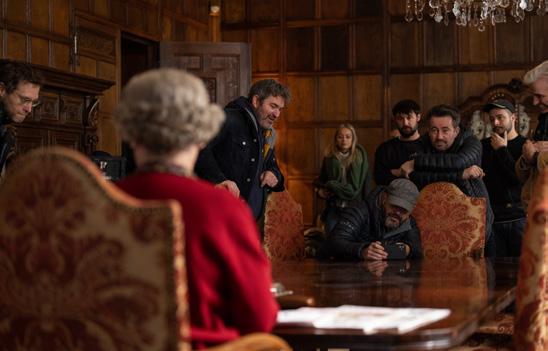
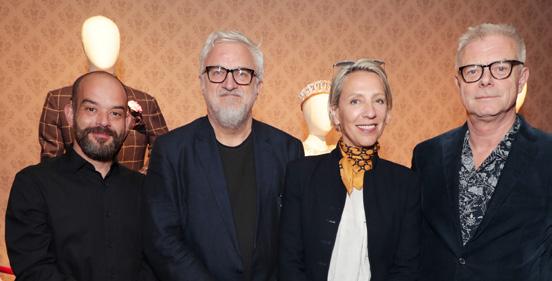
 Images: Justin Downing/Netflix.
Images: Justin Downing/Netflix.
ABC BSC ASC•THE CROWN
GOLDMAN
CINEMATOGRAPHY WORLD MAY/JUNE 2024 67
DEATH IS NOT THE END
By Darek Kuźma
Cinematographer Douglas Koch CSC reinforced artist and photographer Caitlin Cronenberg’s distinct vision in her feature directorial debut, the dark dystopian family drama Humane
In the aftermath of a global ecological collapse borders are sealed and each nation has one year to reduce its population by 20%. This leads to the emergence of voluntary euthanasia schemes that persuade individuals to die for the cause in return for money to support their families. It’s quite a disturbing forecast, intensified by the fact that the governmentsponsored scheme is revealed to be less transparent than the image promoted by the media. Humane’s socio-political context is jarringly effective because it serves as a pervasive backdrop to emotional clashes and physical abuses of an affluent family’s gradual collapse during one hellish dinner.
With such an ambitious premise Caitlin Cronenberg – known in the film industry for her still photography and surreal short, The Death Of David Cronenberg, which she shot with her eminent father David – announces herself as a director attracted to pushing boundaries of what we think of ourselves as human beings.
To make Humane the film she wanted, in just 20 shooting days, she needed a veteran collaborator who would share her intricately disquieting vision.
“I’m not sure how it happened. It might’ve been as simple as my agent saying that I shot Crimes Of The Future (2022) with David Cronenberg,” says Douglas Koch, a cinematographer with four decades of experience. “Doesn’t matter. What’s important is that I hit it off right from the start with Caitlin. And, I liked the challenge of doing such a condensed project.”
The majority of the film takes place over one afternoon and night, hence the key to success was precise planning.
“When I work with a new director, I always start with understanding how they perceive things. I’m not talking about visual references, rather a general idea of their approach. I knew Humane was going to be quite dark, but what’s dark, or too dark, varies from director to director,” Koch recalls.
“I showed her stills from various films and discovered she didn’t like it when the lighting was too colourful, had too much cyan in interiors or orange sodium vapour from outside. Valuable info. Then we started working on the look of the film.”
As Cronenberg was adamant about keeping things as dark as possible, Koch decided on a combination of Sony Venice camera and Zeiss Supreme Prime lenses.
“I shot my previous features on ARRI cameras, but because most of Humane was to be night interiors I ended-up using Venice for its full-frame 24x36mm sensor and dual base ISO. Being a stills photographer, Caitlin was intimately familiar with the focal lengths and their effect on the larger format.
“I did a test in prep and was impressed with how
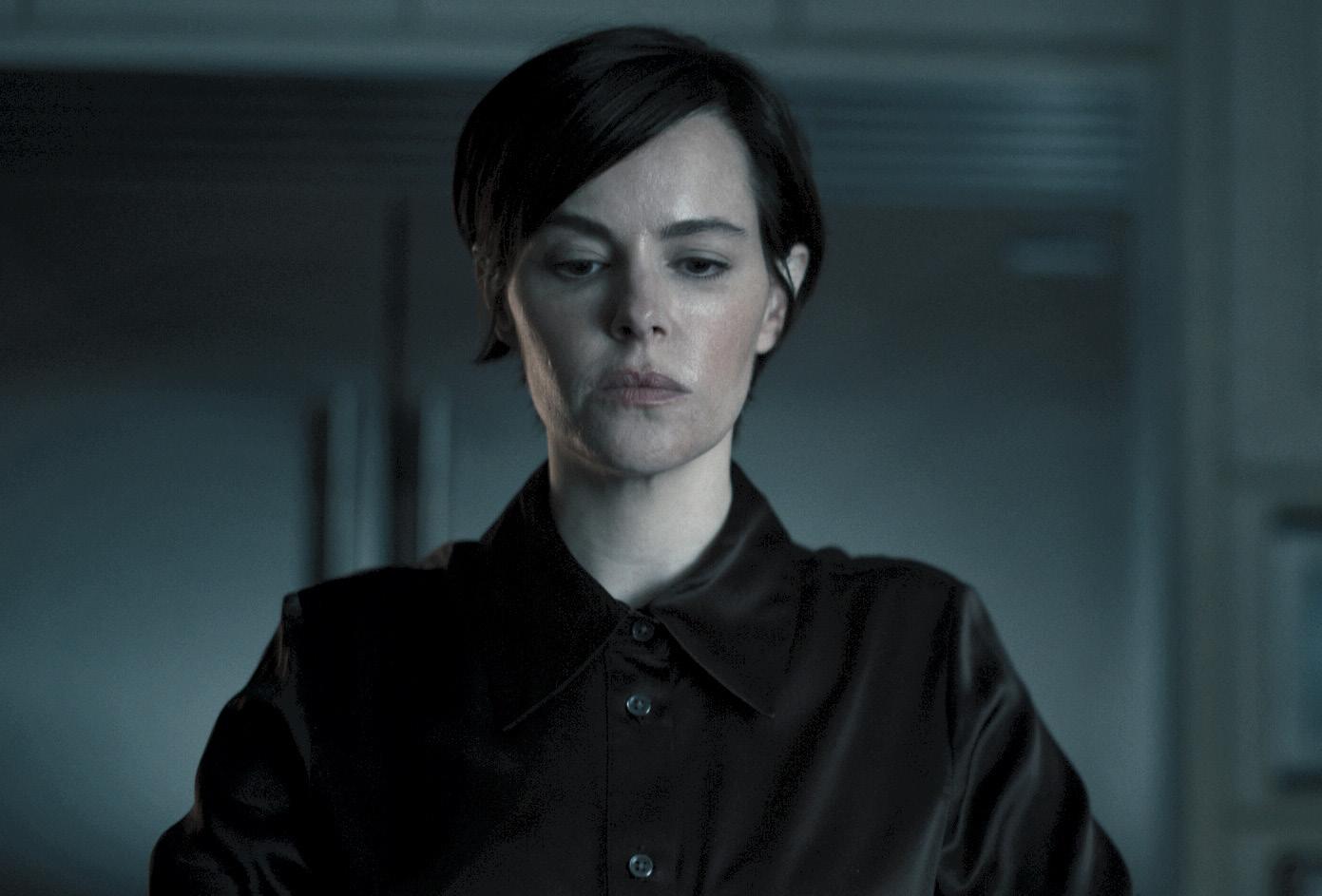
the Venice looked at 2500 ISO. I’d say 90% of the film was shot at 2500 ISO. I dropped down to 500 ISO only for shots with actors moving in front of TV screens which were greenscreen and I wanted to give the VFX guys a better and cleaner key to work with.
“I have worked with the Supremes a lot previously, and knew they’re pretty fast for full frame lenses and perform really well at any stop. There’s a huge selection of vintage lenses and Anamorphics out there, but on certain projects I prefer clean frames without artifacts or unique qualities that may turn the viewer’s attention from the performances or the narrative,” he says.
“Our hero lens was 35mm. I like being slightly closer to the characters on wider lenses as I find it makes the shots more dynamic, but we also had standoff scenes in the foyer with two cameras that required longer lenses.”
I knew Humane was going to be dark
If they needed the second camera, both A-cam operator Andreas Evdemon and B-cam operator Patrick McGowan were on Sony Venices, but Koch used one other camera for the shoot.
“For a couple scenes we had a Sony a7S III dialled-up to 12800 ISO for dynamic shots in low light levels, such as when the power has been cut to the house and a character uses a smartphone as a flashlight. We really did use the screen’s glow to light. We tested it ahead of time with Zeiss Supremes and it was shocking how well it intercut and worked,” Koch marvels. Both cameras and lenses were provided by rental house Keslow Camera in Toronto.
As they knew they would shoot for 18 out of 20 days on-location, in a real mansion, the director and DP designed a number of visual solutions to maintain Humane’s narrative momentum.
“The ozone layer has been badly damaged, and there’s dangerous amount of ultraviolet light outside. To avoid getting into an excessive use of VFX in our interiors, I proposed we putting a mirror tint on windows. This way it’s a harsh sunny day outside, people are walking under umbrellas or use shielding on cars, but the feeling in the mansion is subdued, like during an overcast day. When one character peels the tint off to let some sunset in, we have a searing contrast that tells the story better than words,” he explains.
“The production team considered shooting on a stage, but it was better, cheaper and quicker to use a real house. They scouted a number of places but considered two. One was a modern house with white

walls and a ‘new money’ vibe, but we went with a much older Victorian-era mansion with a turret and a gigantic central foyer by the front door that radiated out into various rooms. You could put an army in there and still have rooms left to film in. Production designer Brian Garvey repainted the walls and did some adapting, but the rest was there and gave us lots of options to work with.”
Both the mansion and the studio where they shot interiors of a trailer of an invasive government official who turns into a cinematic agent of chaos were located in Hamilton, Canada, 45-minute drive from Toronto.
“We shot in autumn, mid-October to midNovember 2022, but surprisingly didn’t have problems with the leaves changing colour or any of that stuff. Most of the time in day exteriors I had a hard sun and stayed away from filling-in to keep it contrasty,” he explains. “When the weather was not cooperating, I’d get an 18K on a lift just blasting and try to get an edge light on characters to get a sense of sun hitting them.”
He also kept it simple on night exteriors. “The scenes outside when the sun goes down needed to have a character of their own. I’ve my own rigging thing made out of a pipe, almost like 6x14ft Moonbox filled with Vortexes. It went up on an arm to build the dim ambience around the front of the house. We established there was this orange high pressure sodium look coming from the streetlights. I had ETC Source Fours, many with patterns and break-ups, and used MT2 gel to give them this orange feel I think is a great match for sodium.”
Still, most of Humane happens in the house, which was the most challenging part of the project.
“The camerawork was supposed to have a very deliberate feel, mostly dolly work and a bit of handheld, with careful blocking and lots of set-ups, instead of long takes to highlight the performances,” Koch recalls.
“We didn’t want to shoot at night and planned to tent-out the house, or at least the ground floor, and then use the mansion’s shutters with horizontal slats to send the street light in or have some depth beyond the window pane. It turned out to be too difficult and expensive to tent outside the windows, so we blacked it out from the inside and closed the shutters. It made perfect sense as once the family is in and the stand-
HUMANE•DOUGLAS KOCH CSC 68 MAY/JUNE 2024 CINEMATOGRAPHY WORLD
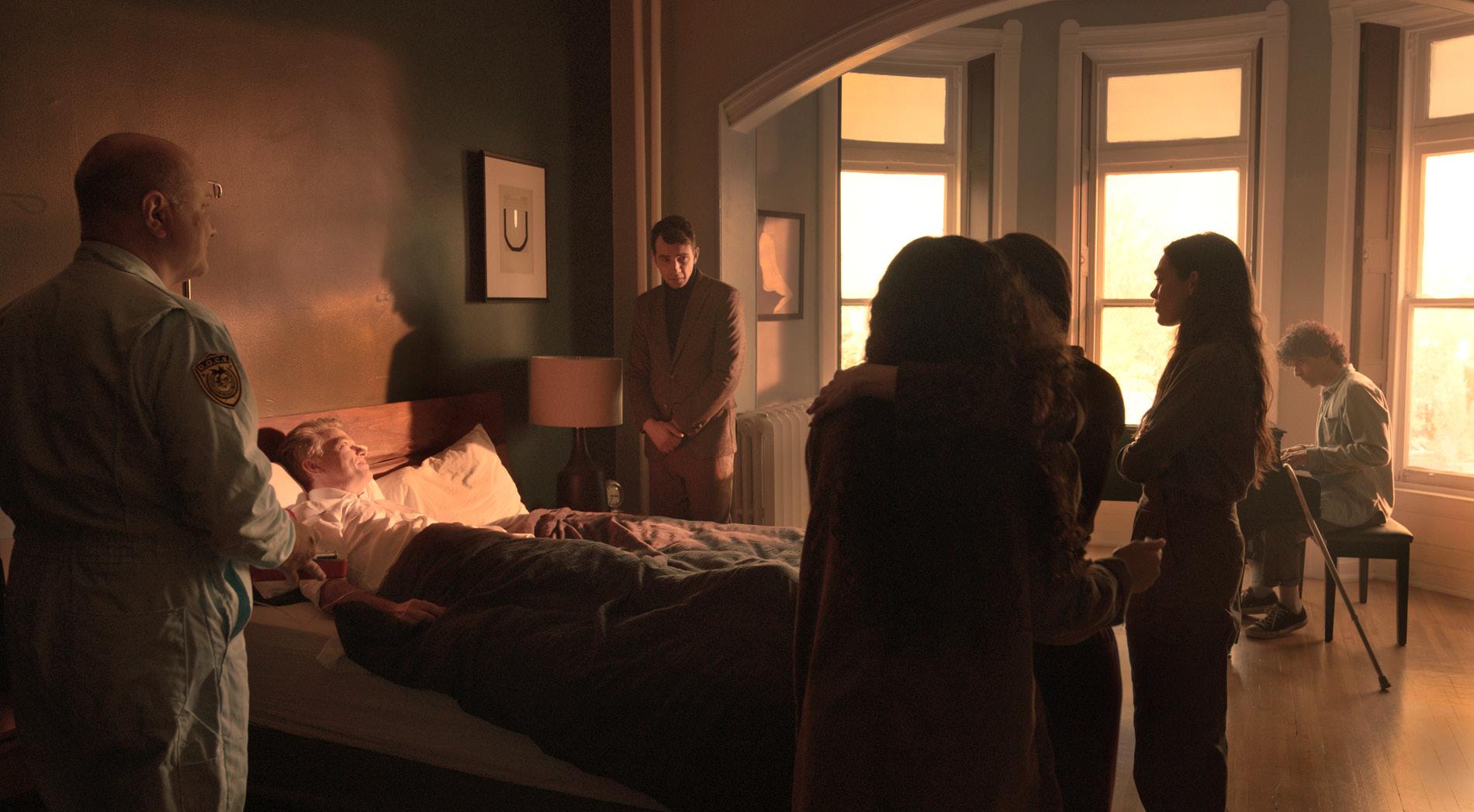




off begins, they don’t want the people outside to be able to see inside.”
Koch, production designer Garvey and gaffer David Gibbons worked closely in prep to place practical lights and have a wide range of choices.
“It was a question of anticipating. For the scene when someone faces a government thug standing by the door, we put a practical on this side next to the sofa. We had ten characters in the foyer and needed to create a space to shoot 360-decrees with minimal lighting, so we motivated the light from the chandelier. My key grip Harper Forbes was a lifesaver in coming-up with lighting solutions to place in delicate places without using helium-filled lights.
90% of the film was shot at 2500 ISO
“I had a selection of Astera Titan Tubes, ARRI Sky Panels, Kino Flo Celebs, HMIs and my own custom stuff built by Moss LED in Canada, but I had to be careful not to overdo it. All these sources have a slightly different colour rendering, so you can get to a point where all the whites look the same but the skin tones are subtly different. Caitlin is very sensitive to that. Our main criteria was usability and size. Such as the Astera Tubes – they’re great linear sources that are nice and thin and self-powered with the batteries built-in.”
There was one exception though: a spectacular euthanasia scene executed to the dying light of a gorgeous sunset.
“It’s a dramatic moment that was planned-out by a character who wanted to die looking at fiery sunlight. We were on a very high second floor and the windows were facing north, so we didn’t have to worry about fighting the real sunset. I used an 18K HMI with double CTO on it. It was a question of finding the right position and finessing that a little bit.”
Koch tried to do as much as possible in-camera, but he was not afraid to leave some things for the DI colour grade.
“The amount of control these days is fantastic. Something you might’ve been worried about extensively in the film days is now easy to do in post. When you plan ahead, you know what you can get away with. I graded Humane with Caitlin and colourist Walt Biljan at RedLab, Toronto, with whom I go back to music videos of the late 1980s. Caitlin was very particular about the skin tones and we spent a lot of time finessing them, but apart from that and working with VFX on screens the DI was quite smooth.”
Humane was shot in 2022 but due to the delays triggered by the SAG-AFTRA strike will reach the wider audiences from mid-2024, after being released in Canada and the US on April 26. Its intriguing blend of violent family drama and sociopolitical food for thought is entirely universal.
DOUGLAS KOCH CSC•HUMANE CINEMATOGRAPHY WORLD MAY/JUNE 2024 69
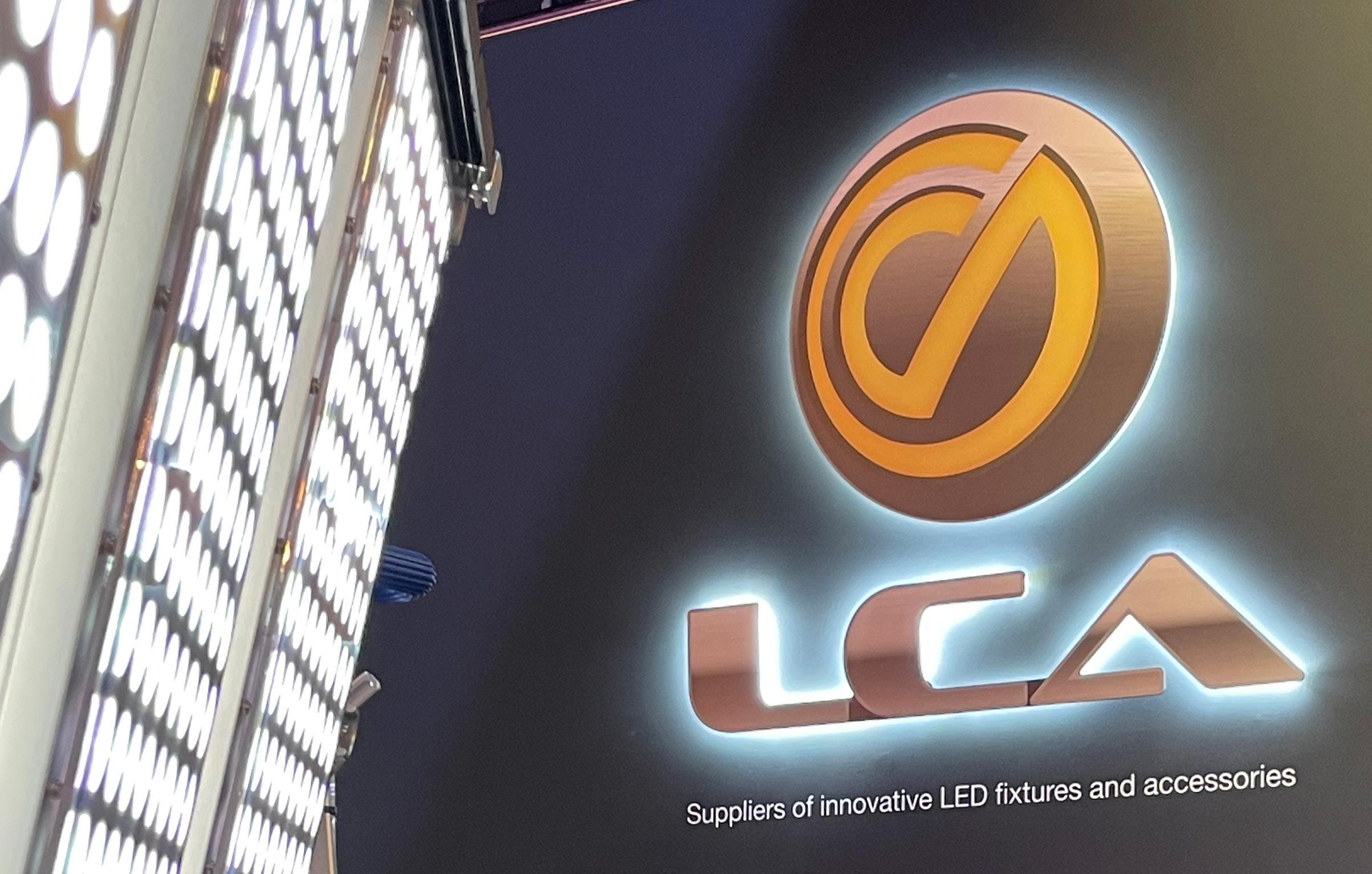
SILVER SERVICE
By Ron Prince

Success boils down to being in the right place at the right time with the right idea. But is that just through indefatigable determination, the stroke of commercial wisdom, or just plain good fortune? In Nick Shapley’s case it’s probably six-of-one and half-a-dozen of another. We’ll let you decide which.
He freely admits that his company, LCA, weathered start-up storms and saw-out the downturn doldrums of the pandemic and recent Hollywood strikes, along its inexorable path to becoming a leading and highly-regarded distributor of lighting products for the international film and TV industry.
Having endured significant struggles, the business is now celebrating being 25 years young, sporting an enviable portfolio of traditional Tungstens and HMIs, the very latest in LED and green-power kit, plus lightshaping tools, accessories and consumables, in an inventory worth many millions, from offices in the UK, France and Germany serving an impressive clientele right across Europe, and plans to grow even further.
But before we get to all that, let’s rewind to the late 1990s, when Shapley found himself a freeagent, after serving for 13 years at ARRI GB, where he helped to build an international business for



the company’s luminaire product-line, via a global distribution network stretching across the European continent, Asia and as far away as New Zealand.
“I had a wonderful time at ARRI, working with great people, talking to gaffers and DPs, and selling lighting products to customers around the world,” says the affable Shapley. “After 13 years at ARRI, I decided to have a go on my own and the birth of LCA began in February 1999.”
Quality will out… we’re not in the market of selling anything to anyone
When he came to start his new lighting-sales business, Shapley says he was startled to discover the name ‘Lights Camera Action’ was available through Companies House, and he secured the soubriquet without further ado. And thus, LCA was founded in

at ARRI.
“We’ve never been into direct hire,” Shapley recalls. “The aim was to create a pure sales and marketing business aimed at rental houses, with the dream of providing a facility where we could introduce products to them and offer hands-on experiences to DPs, gaffers, lighting designers, in filmmaking and broadcast.”
The early years, pretty much a decade in fact, had their peaks and troughs, and he reveals that sometimes having to personally bank-roll in-coming orders, pay salaries and rent, caused a great deal of stress and anxiety.
“There were some dreadful times when I had to use my own private credit card to pay for absolutely everything, and trading that way was often very difficult.”
However, a significant turning-point came when LCA was asked in 2011 to provide the complete inventory for the then brand-new in-house lighting division at the burgeoning Warner Bros. Studios Leavesden (WBSL) complex near Watford.
“It was a huge order, and I have to thank Jackie Rowden (director of WB set-lighting, scaffolding & location rentals) and her team at the studios, for
70 MAY/JUNE 2024 CINEMATOGRAPHY WORLD
1999 by Shapley and Graham Kerr (now retired), the pair having worked closely together
SPOTLIGHT•LCA – LIGHTS CAMERA ACTION
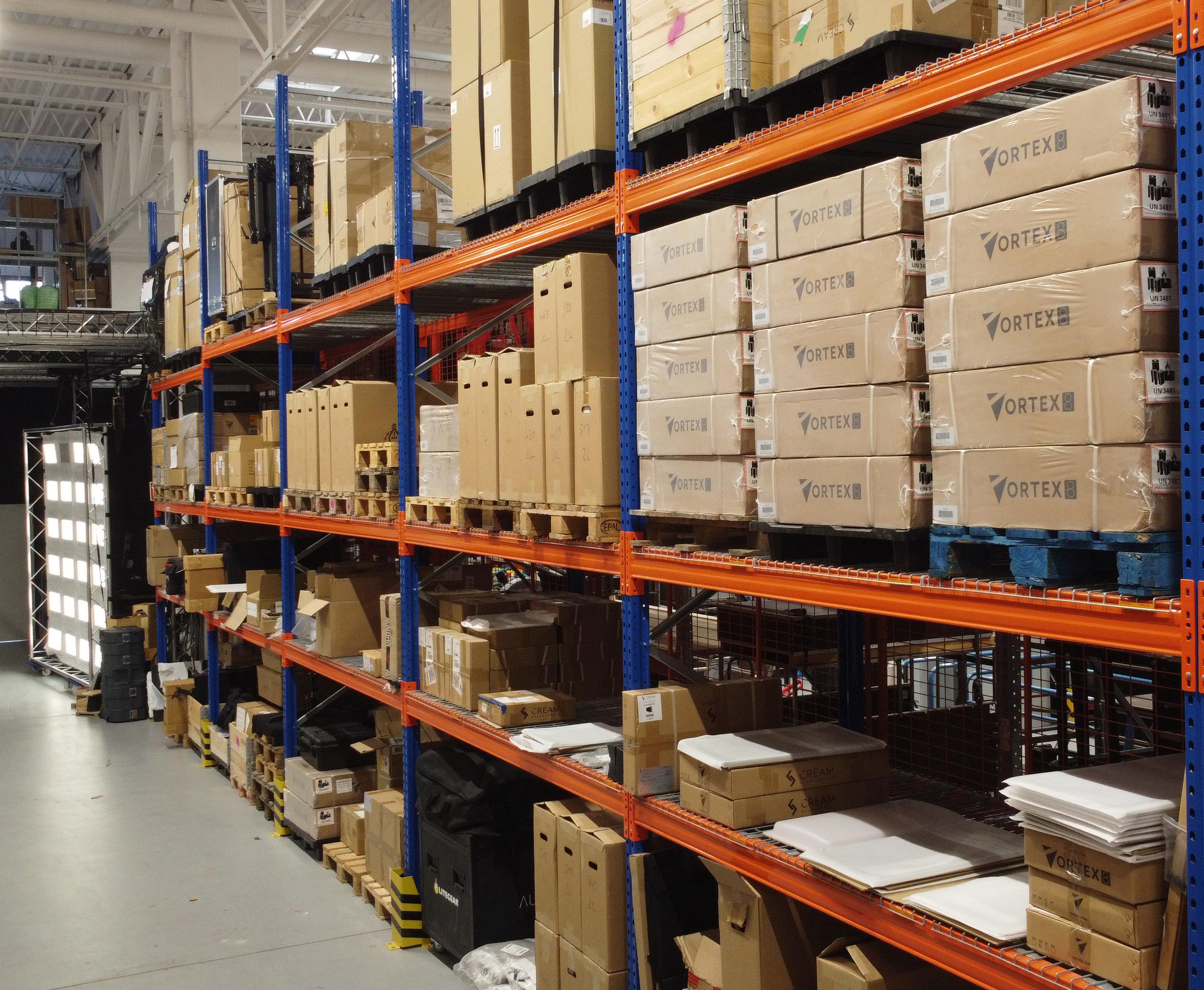

having the faith and goodwill that we could deliver, and to Graham Kerr for getting it across the line. It was worth a substantial amount, and completely changed the outlook for the business.
“But I have to say that we didn’t let that go to our heads. We had learnt to be prudent financially during our early years, and that remains a fundamental part of how we continue to operate.”
With the leverage afforded by the WBSL deal, Shapley set his sights firmly on building the business around what he describes as, “partnering with A-list brands, and a dedication to reliable, friendly, high-quality service towards rental house customers, offering a one-stop-shop for everything they would need – ballasts, dimmers and cables, as well as lights.”
Coinciding with the explosion of LED lighting fixtures and their rising popularity amongst gaffers and DPs, those brands he’s talking about include products from pioneering manufacturers such as Chroma-Q, Creamsource, DMG/Rosco, Lightbridge and LiteGear plus light-shaping tools from DoPchoice, and, more lately green-power solutions from developers like Betteries.
The clever part has been in sifting the wheat from the chaff, as he explains. “There are some superb
products on the market, developed by incredibly clever and knowledgeable people, and some that are simply awful imitations. The key thing over the last five to ten years has been identifying the good ones, the ones that gaffers and DPs want, forging relationships with the manufacturers, and then making those tools readily available. Quality will out, and we’re not in the market of selling anything to anyone just for the sake of it.”
As for its healthy reputation for customer service, Shapley is in no doubt that comes from the steadfast dedication of his team, and the ability to stock products in sufficient volumes to meet often lastminute demands.
“Between us there’s 150 years of experience in the business,” he declares. “I am terrifically proud of the LCA team, they are the best – dedicated, diligent and hard-working – and are key to the success and reputation we have achieved. They understand what it means when a customer calls and urgently yells ‘I need the equipment yesterday’. We’ll openup at weekends if we need to, and put people on aeroplanes if necessary.”
As regards the availability of equipment, he remarks, “By keeping tabs on the market, we can second-guess with good accuracy the products that
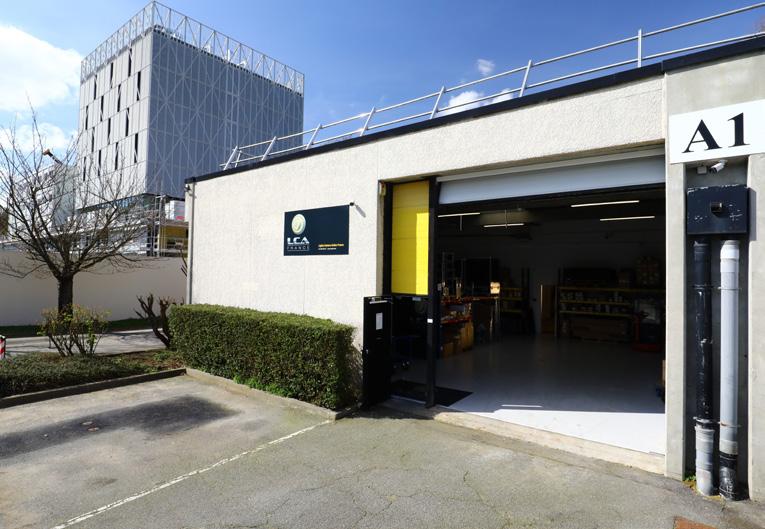
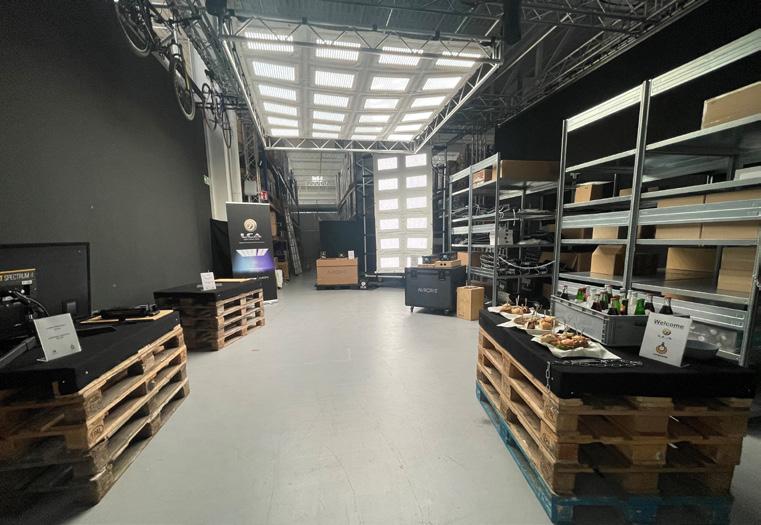


customers might need at some point in time, whether it be days, weeks, or months in advance, and stock products accordingly.”
In 2013, LCA was acquired by a new shareholder in a move that Shapley says gave the business stability and the security to grow, whilst retaining the ability to run LCA autonomously and with its individual identity intact. This included opening a showroom in Greenford, West London, with a broad range of products, thereby fulfilling his dream desire to give DPs, gaffers and lighting designers those hands-on experiences.
“Having a studio-like facility where people could come in with cameras and test different products side-by-side, to assess the quality of light on things like skin tones, it really helped us to build relationships and trust. It also allowed us to introduce new products to them too, which made our manufacturing clients happy.”
When the lease on the Greenford premises expired during the Covid pandemic, LCA moved to new premises in High Wycombe.
“As we are now based on the M40 and close by the M25, we remain with quick access to all of the major studios, like WBSL, Pinewood and Shepperton. It’s convenient for lighting people to drop-by to/from
CINEMATOGRAPHY WORLD MAY/JUNE 2024 71
Images: photos of LCA France and LCA Europe premises, plus Nick Shapley pictured variously with Stan Miller of Rosco, LCA Europe team and with Michael Coulter BSC and John ‘Biggles’ Higgins at the BSC Expo.
LCA – LIGHTS CAMERA ACTION•SPOTLIGHT
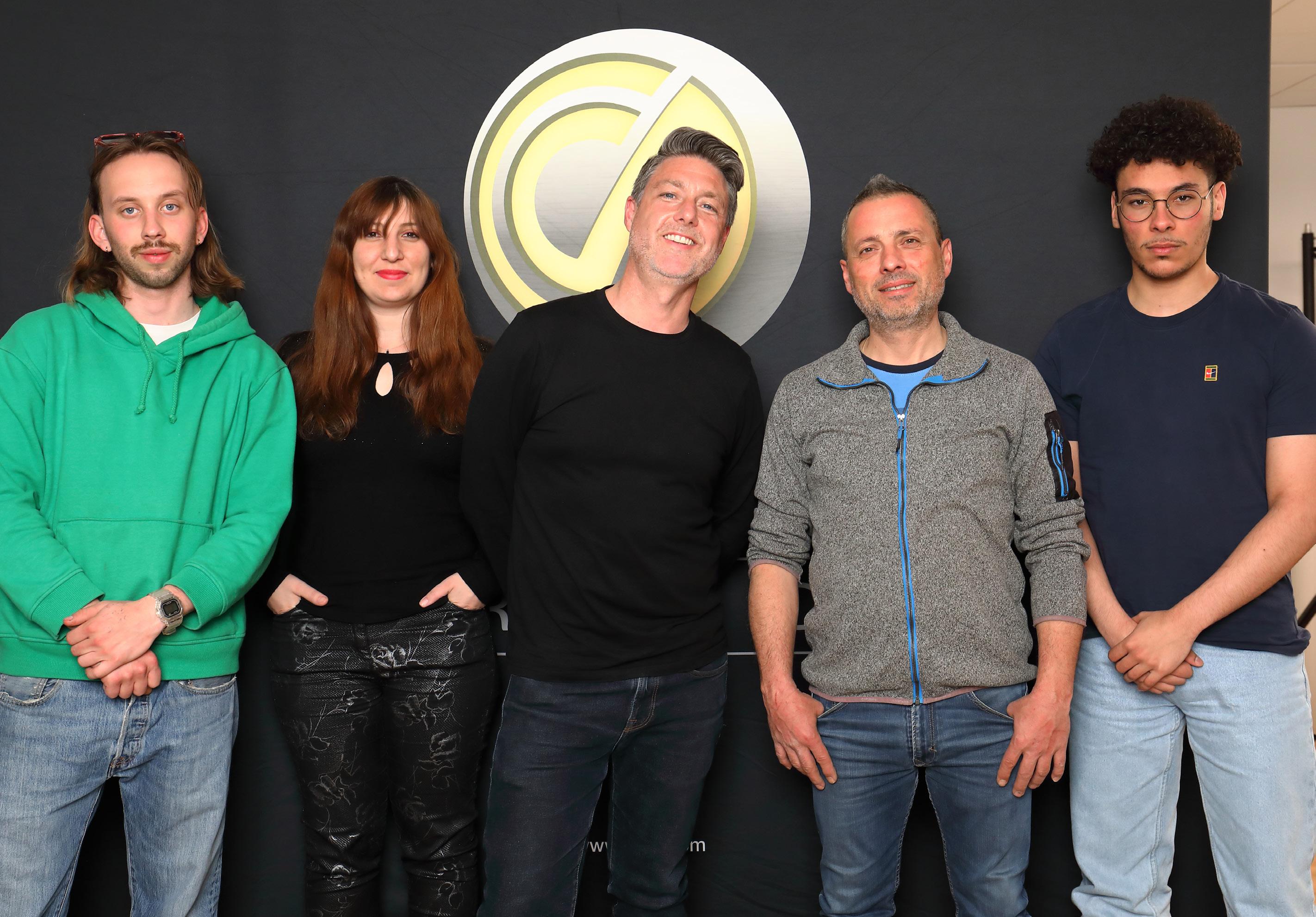
work, and we can easily dispatch products around the UK on the motorway network.”
Along with the UK, LCA has successfully exported its brand experience through operations in Europe. Six years ago, Shapley set-up LCA France, in Saint-Denis near Paris, now run by Clemence Zampaglione, previously with TSF Lumière, and Andy Bone.
“We were already dealing with most of the major players in France from London,” says Shapley, “but felt they would be far better-served by French people speaking in French from offices offering a demo studio and stock in the warehouse. And that has proven to be very successful.”
Three years ago, partly inspired by Brexit, the company also opened LCA Europe, in Berlin, Germany, run by Andy Sauer, previously with Lightequip and DoPchoice, as a central hub to service European customers.
“Berlin seemed a logical location for us as it hosts the large majority of companies within the film sector, and is a focal point for European freight flows with more haulage centres than any other region of Germany – ideal for bringing-in goods from suppliers as well as getting them shipped-out to customers.”
In pursuit of the company’s best interests, Shapley and his team travel a great deal, visiting customers far and wide and exhibiting at tradeshows, whilst also watching trends.
“We are always keeping our eyes on the market – things like image-based lighting, green power and LED Fresnels. For example, we expect Rosco’s Lion to be very popular. There are many new manufacturers
coming into the market, some with very good products that we are observing closely of the future.”
Success is its own reward, but adversity is a great teacher too, and not to be feared. It can actually make you stronger, as Shapley, is all too eager to attest.
“We kept the business ticking over during the pandemic, with me in the office upstairs, and Phil Mallia, our stalwart director of operations, downstairs, looking after our UK and international customers and suppliers, and we sustained the business through the peril of the recent Hollywood strikes.
“Our early years were arduous, but we are now in a position, especially with the solid backing of the new shareholder, to expand. It is my wish to continue to grow LCA into new markets, new geographical locations across Europe. Having a footprint in other countries has already raised our levels of service and stock. Going forward, I can see us having additional LCAs, and I’m very excited about that.”

Going forward, I can see us having additional LCAs around Europe

72 MAY/JUNE 2024 CINEMATOGRAPHY WORLD SPOTLIGHT•LCA – LIGHTS CAMERA ACTION
Images: the team at LCA France; the Rosco Lion Fresnel; and Nick Shapley pictured with Creamsource’s Tama Berkeljon.
SHINING A LIGHT ON...
SHAUN CONWAY ICLS By
David Wood
Born// Age// Lives // Hobbies// Sydney, Australia 58
Surry Hills, Sydney Travelling, running, cycling, reading
Selected Filmography (as gaffer unless otherwise stated)
Furiosa: A Mad Max Saga (2022)
Kingdom Of The Planet Of The Apes (2022/23)
Elvis (2020)
Mad Max: Fury Road (2015)
Unbroken (2014)
Hacksaw Ridge (2016)
Alien Covenant (2017)
Pirates Of The Caribbean: Dead Men Tell No Tales (2017)
The Great Gatsby (2013) (chief lighting technician)
Aquaman (2018)
Why does lighting interest you?
Originally, I discovered the attraction of lighting was that it required art and science. I liked the mixture of both. It was also physically-demanding and technical – big, heavy equipment and lights, each with their own characteristics and idiosyncrasies – all that required technical know-how and proficiency.
The task of lighting a set, actors or architectural structures requires a lot of feeling and sensing as to what the light does, how it reacts to different surfaces. I still get the same enjoyment from every aspect of lighting now as I did at the beginning of my career.
When did you realise you wanted to become a gaffer?
I started working as a ‘gaffer’ before I knew that was what I actually wanted to do! My first job was at a small film studio in the southwestern suburbs of Sydney, called Fontana Films. They did commercials, documentaries and movies, and had the full range of departments in-house – lighting and grip equipment, camera and lenses for DPs and first ACs, editorial, construction and prop making, casting and production.
There were only about four of us that looked after the camera, lighting and grips. We did absolutely everything and helped all the departments when needed. We had our own ‘theatre-ette’ to watch dailies, so we were usually very busy and always learning.
I worked there as a gaffer as well as a grip, camera assistant, cyc painter, construction assistant, etc. We had our own DP working at the studio, and sometimes freelance DPs would come in to shoot commercials.
I had the chance to work with some great DPs like Dean Semler ACS ASC and John Seale ACS ASC, plus many others. Whilst working with them, I had a feeling that gaffing was what I wanted to do rather
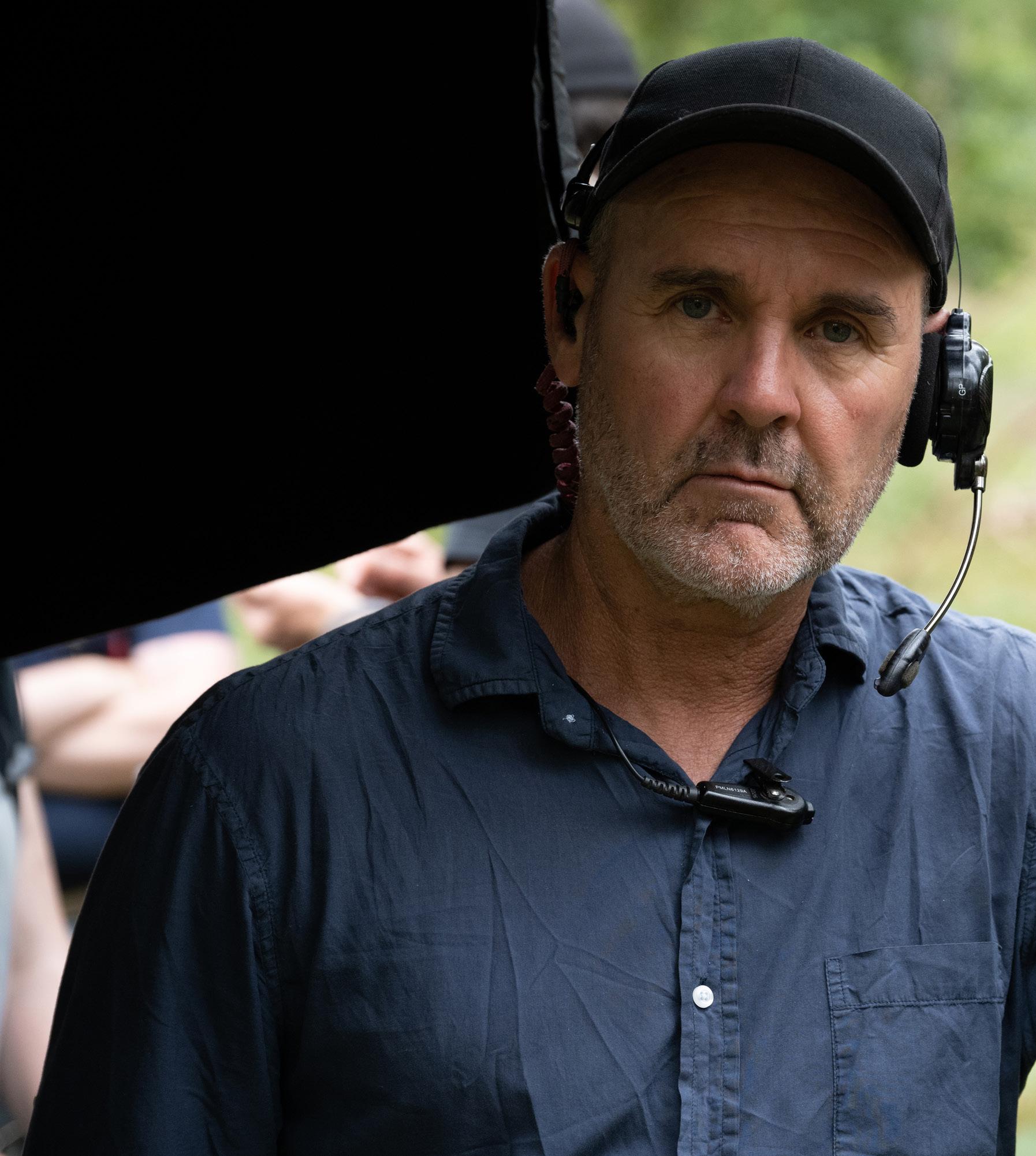


than anything else. One day the studio owner asked me what department I wanted to be in? The answer was without hesitation… ‘Lighting’.
What breaks did you get along the way?
I’ve been fortunate to have had some ‘big’ breaks throughout my career. I first became interested in the film industry at school. There was a programme where we had to find a career we thought we wanted to do and wrote letters to different companies hoping they might take us on for a couple of weeks.
So I sent letters and telephoned whoever I could find in the Yellow Pages. I did one week at a TV studio, and the second at Fontana. That came about through a work colleague of my father, who was unrelated to the film industry but knew a friend-of-afriend. After that I was hooked, and I spent weekends and spare moments working there for little more than lunch and the learning experience. I spent several years at Fontana and then went freelance, when I met many talented people who taught me what I needed to work in lighting.
The transition from best boy to gaffer was my next break. I was asked to work as second unit gaffer on The Phantom (1996, DP David Burr, gaffer Chesda ‘Pop’ Smithsuth), a big US studio movie shot in Thailand. From there I did time on local Australian movies.

I then got a great break when Dean Semler ACS ASC asked me to work on studio picture, Stealth, in 2005. It was an amazing experience and Dean was a great teacher. From there I’ve had a long run of films with DPs such as: Don McAlpine ACS ASC, Dante Spinotti AIC ASC, Newton Thomas Segal ASC, Don Burgess ASC, Simon Duggan ACS ASC, Roger Deakins CBE BSC ASC, John Seale ACS ASC, Mandy Walker AM ACS ASC, Peter Menzies Jr. ACS, Larry Fong ASC, Darius Wolski ASC, Paul Cameron ASC, Dan Mindel BSC ASC, Gyula Pados, and many others. I feel fortunate to have worked with these great DPs.
Do you have a regular crew?
Yes! I have a regular core crew of six who have stuck with me for many years now. They understand how I want things to operate and do their jobs expertly. They all are dedicated to the job, and have the flexibility and enthusiasm to get us through.
They are: Matt Linfoot (best boy), Aaron Cordery (off-set best boy), Matt Golder (board operator), Jason Poole (has done every role), Pete Whitby (systems tech) and Max Stevenson (our junior). Also, I ought to mention Mark (Barky) Jefferies and Craig Clark, two of my rigging gaffers.
Depending on the job, you are very little without a great crew around you. Finding and managing a crew is probably the most difficult area of being a gaffer. I am so grateful for the crew I have now, and crews I’ve had in the past. Some are doing their own thing, others have moved on to different work. Hopefully I had the same positive effect on them, as they had on me.
Tell us about working with Simon Duggan ACS ASC on Furiosa: A Mad Max Saga?
Simon and I have been working together since the ‘80s, starting with commercials, and then on
74 MAY/JUNE 2024 CINEMATOGRAPHY WORLD GAFFERS CAFÉ•SHAUN CONWAY ICLS

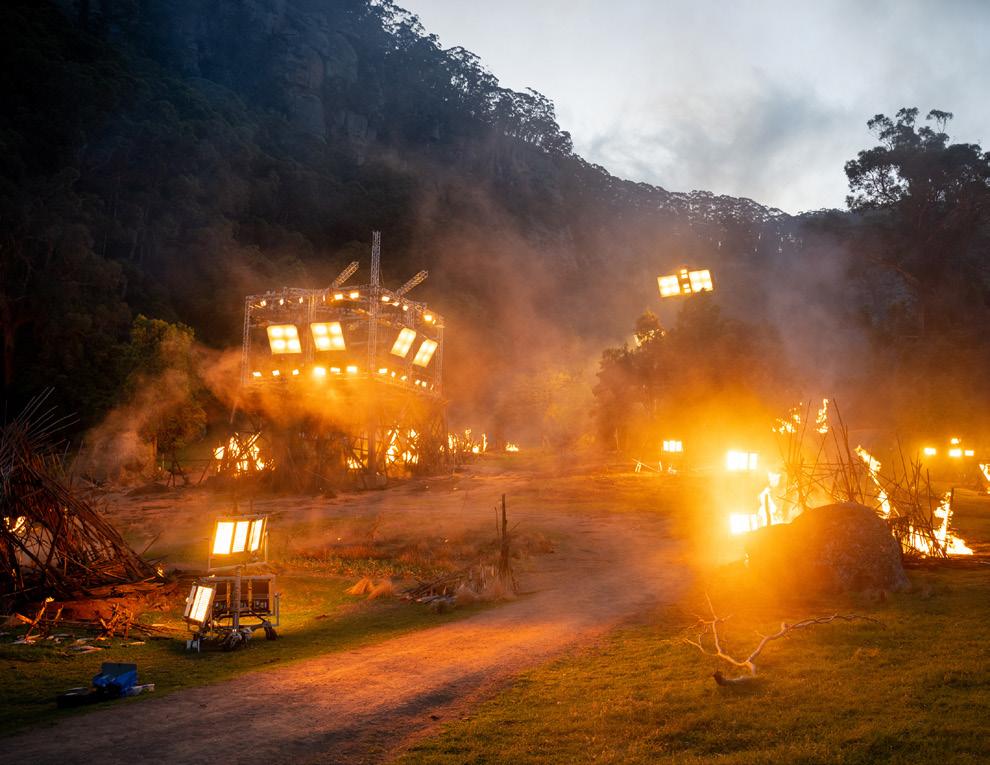
movies in the ‘90s. When I knew we’d be working together on Furiosa, I was, very happy. I have done a lot of work with George Miller too, including Mad Max: Fury Road and felt I may have a bit of insight into the process.
Working with Simon is an absolute joy, tons of fun and very collaborative. When we were testing, George pulled us aside and wanted to discuss how he saw the lighting. We sat in his office, looked at films including Fury Road, and talked about his likes/dislikes, and things he definitely wanted, such as seeing the actor’s eyes.
We both felt grateful for his insights and knew it was how we would approach Furiosa anyway. Mad Max movies have their own look. So we went to create something that would suit the content of the movie and look amazing.
The lighting for Furiosa developed in prep as we tested new lights and methods, and we had our plan in place once we started shooting. Sometimes lucky accidents would happen, or we would try something we don’t normally do, and if it worked we would adopt it. Simon is great at making something out of nothing, and I loved being part of the process with him.
How do you keep up with advances in technology?
As a fresh on-set lighting problem presents itself, it seems someone has created a new light to solve it. It’s incredible how lighting has changed for the better with LEDs. I have a great equipment supplier who
SHAUN CONWAY ICLS•

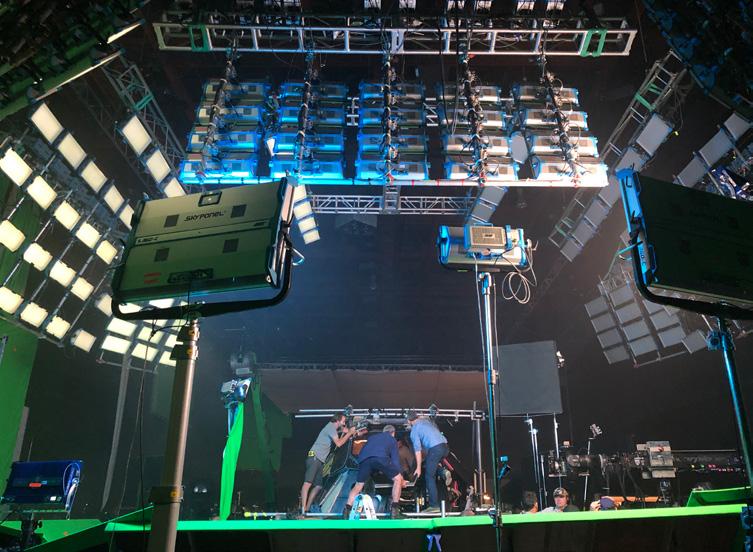
offers all the new products they know I’ll need, and I pick through to find the best equipment for the job. There is no shortage of ways to get the information, either online or through the ICLS.
Tell us about your lighting company?
I have a lighting rental company, Conway Film
You are very little without a great crew around you
Lighting (CFL), now in its 29th year. That is the way it works in Australia. A long while ago it was difficult to source equipment and there were no substantial rental houses, so to be a gaffer you needed your own gear.
CFL has everything to light features, big or small. It has all the latest LEDs, plus big or small Tungstens if you want those too. I love the gear and couldn’t

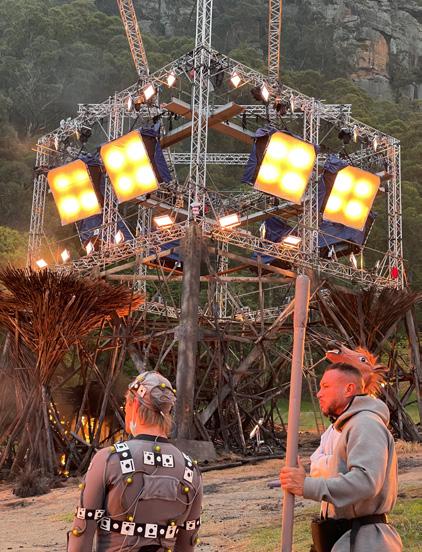
imagine not investing in all the amazing equipment out-there to complement my job.
Favourite pieces of kit?
The Creamsource Vortex8 is ticking all the boxes right now, offering something we didn’t have before in LED with its punchy long throw. I’m interested to test their new products.
Recently, I’ve been lighting the close-up work on Play Dirty (DP Phillipe Rousselot AFC ASC) with Astera Titan and Helios tubes. I like these very much, as they are quick with quality.
Other favourite go-to lights include my own custom-built lighting tools, like 8x8 softboxes and sunbeds, plus a range of LED bi-colour panels called ‘Bobs’, in many varying sizes up to 8ft. They’re built with top-quality componentry and exacting workmanship and design. They are really the workhorses of my package.
But, I must say that am never locked-in with any particular gear type. Whether I have it in the CFL rental package or not, I know the things I need to get the job done.
Advice for up and coming gaffers?
Work hard. Learn from the best people you can find. Study art – visual and written. Look at the world around you and the way light plays in all environments. Respect everyone on the production and work well with all departments. Build a great crew and be kind to them. Then do it your way and enjoy it!

CINEMATOGRAPHY WORLD MAY/JUNE 2024 75
STUDIO LOCATION FEATURES COMMERCIALS DRAMA TELEVISION EQUIPMENT GENERATORS TRANSPORT SUPPORT INNOVATION SAFETY SUSTAINABILITY As one of the industry’s premier rental resources, we are extremely proud to support crews around the world with an unrivalled collection of production solutions which embrace both the conventional and the very latest in advanced lighting technology. Whatever your production type, wherever you are, when it comes to lighting - we’ve got the lot. MBS Equipment Company Lakeside Road, Colnbrook, Slough, Berkshire SL3 0EL +44 (0) 1753 987 888 mbseco.uk PMBS generic quarter.indd 1 12/01/2022 11:18
Images: BTS images from Kingdom Of The Planet Of The Apes, photos by Jasin Boland, © 2024 20th Century Studios. BTS photos from Furiosa, by Jasin Boland, © 2024 Warner Bros. Entertainment Inc.
CAFÉ
GAFFERS

PURPOSE- BUILT
By Ron Prince
I’ve said it before, and will say it once more: if you ever get the invitation to participate in a tour around a corporate HQ, grab it. The experience will be most illuminating.
Today we’re visiting Panalux, renowned rental provider of lighting and power for the motionpicture industry and part of Panavision’s end-to-end service offerings for imagemakers. The company recently relocated to a new and much larger westLondon home, in the suburb of Hayes, and we’re here to take it all in.
Sited in Pasadena Close, on the edge of a bustling industrial estate, the facility is perfectly-placed for convenience, just a couple of minutes’ drive to the UK national motorway network, especially the M25 and M4, along which most of the major UK film and TV studios are based.
Having previously operated from two separate premises closer to Central London, the move has brought all of the company’s operations – lighting rental, R&D, manufacturing, repairs, textile fabrication, consumables and accounts – under one massive, solar-panelled roof, to deliver nearly 120,000sq/

ft of operational space. That’s 60,000sq/ft for the main warehouse, 40,000sq/ft of mezzanine, and the rest for offices. The outside yard has more-thanadequate parking for Panalux London’s extensive
We’re keen to help producers achieve their sustainability objectives
fleet of 130 trucks and vans, serviced in-house by Mercedes Benz, along with space for employees and visitors like me. The company employs 140 people across its operations in London, Manchester, Glasgow and Cardiff.
“It was quite a task to find the right location, and an
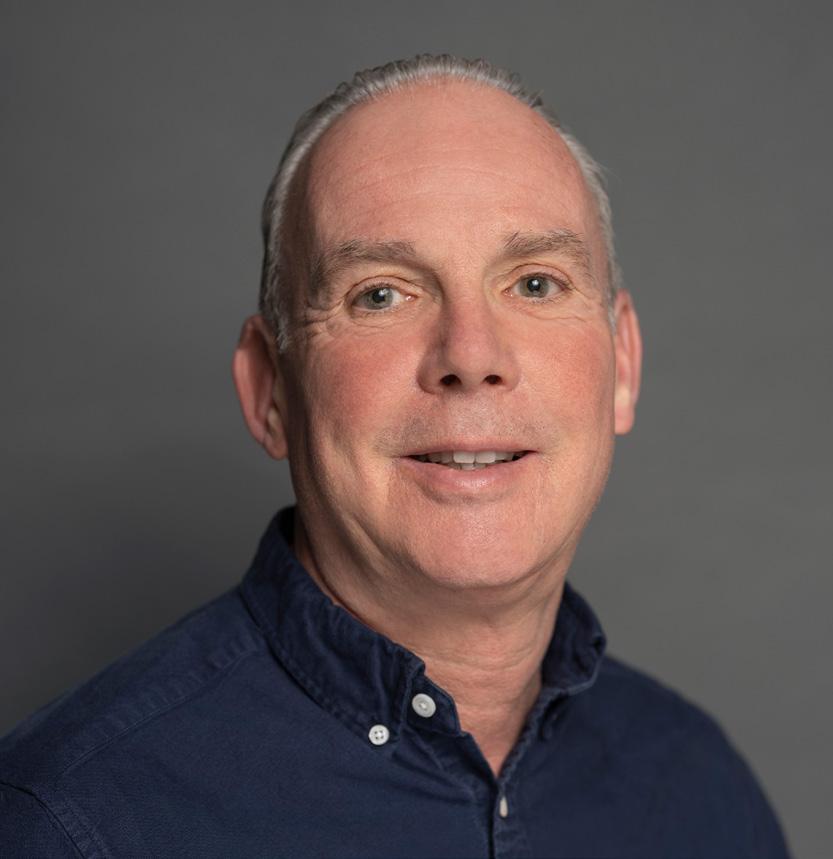
enormous jigsaw puzzle to bring things together whilst offering seamless customer service. But our new, singlesite location will streamline how the business runs, and also give us plenty of room to grow,” remarks Panalux managing director Mark Furssedonn, over coffee and sticky cinnamon buns in the boardroom.
Also partaking in this convivial, pre-tour chat are Michele Channer, recently-appointed business development director for Panalux, and Adam Brown, Panavision Group’s brand marketing director for EMEA.
It comes as quite a surprise when Furssedonn reveals he will shortly retire from the firm, and indeed the industry as a whole.
“I’ve worked in the film and TV business for 39 years, and have been a Panavision-company man since 1985, looking after camera, grip and lighting along the way,” he says. “I’ve seen the advent of digital filmmaking, the revolution in lighting from traditional to LED sources, and the rising need for sustainability. It’s been an enjoyable journey, but now the time has come to rest and relax.”
Channer, who has previous international sales,
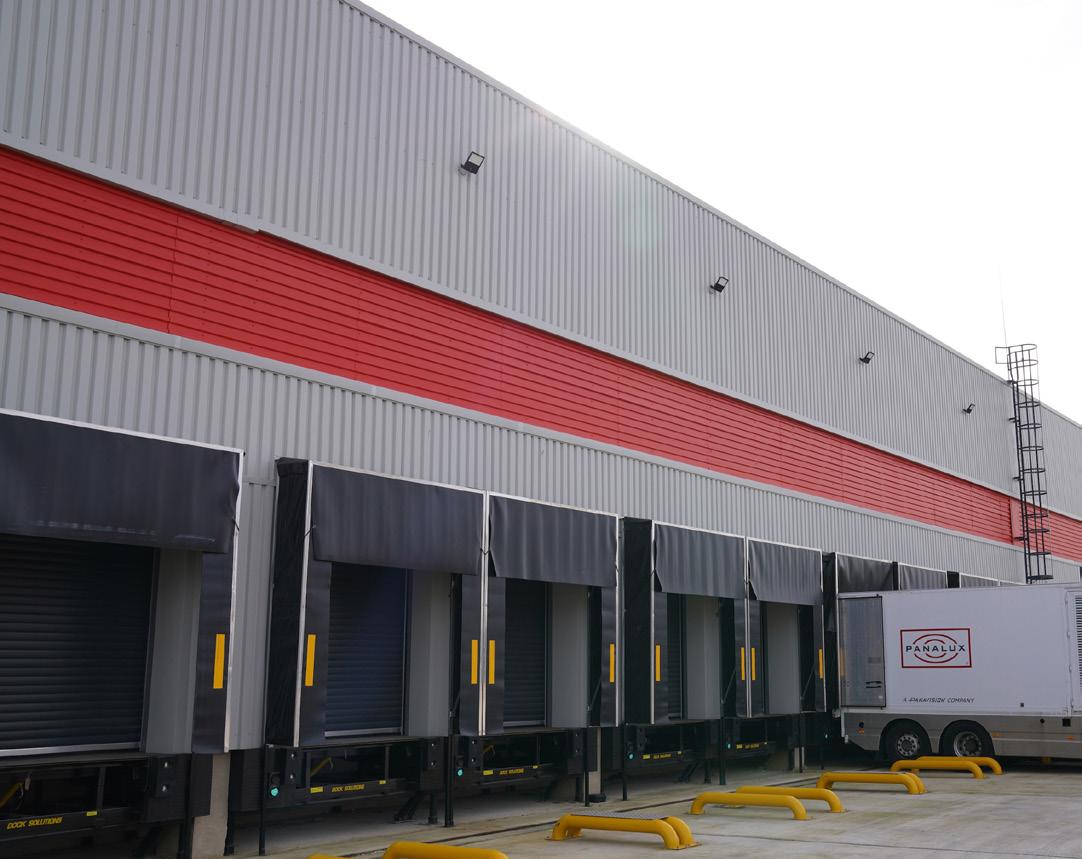
ON TOUR•PANALUX
MicheleChanner
76 MAY/JUNE 2024 CINEMATOGRAPHY WORLD
Mark Frssedonn
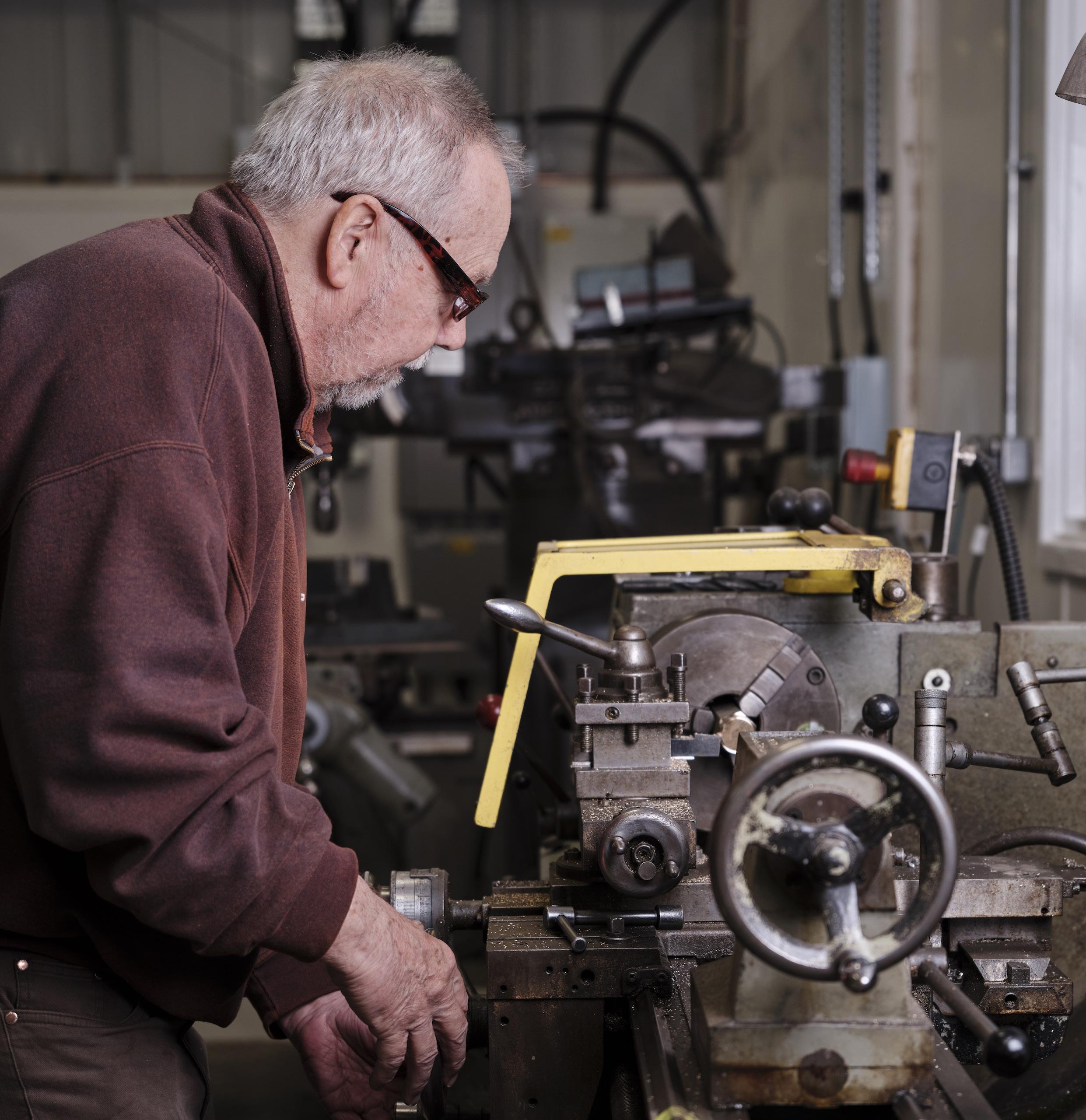



marketing and managerial experience at Hasselblad and Calumet Photographic, will take over managerial responsibilities at Panalux from Furssedonn. She has been with the Panavision group since 2018, initially working as MD for Panavision group divisions Direct Digital and Island Studios, overseeing the relocation of Direct Digital’s London operations from Waterloo to Park Royal and the Manchester operation into Space Studios, as well as supporting the company’s growth in the Paris market.
“We’ll be sorry to see Mark leave, as he has been such a talisman for the company over so many years,” says Channer. “But he’s leaving on a high, with the business in very good shape, and I look forward to continuing the excellent operation he has overseen and looking after our customers.”
As we chat, my coffee cohorts reveal that business in commercials and music video markets has been good, although the ordeals of the pandemic and 2023 Hollywood strikes have meant that longform production is yet to rebound to previous levels. 2019 was a bumper year for the UK industry in general, and everyone is expecting an uplift to those levels soon, especially with the new and improved tax credits from the UK government.
Notwithstanding, Panalux has supported a host of recent movies shooting around the UK and Europe including Napoleon, The Ministry Of Ungentlemanly Warfare, All Of Us Strangers and Red, White & Royal Blue, along with TV series such as
Department Q, Outlander S8, Blood Of My Blood and Shetland. Indeed, supplying shows such as Netflix’s spy thriller series Black Doves, has necessarily meant the company having to focus more intently than ever on sustainability and help productions to optimise their energy use.
To this end, Panalux runs its full fleet of vehicles and generators using HVO fuel instead of fossil diesel.
The company’s eco-conscious offerings also include the innovative Panalux Power i-Series rechargeable battery arrays and h-Series hybrid generators. Along with its own-brand Panalux Sonara and Panalux Allegra LED ranges, the company offers an expansive inventory of other lowerpower LED fixtures – from names such as ARRI, Creamsource, Kino Flo, Dedolight, Litepanels, Nanlux, Astera and Cineo, to name just a few. The new premises offer a dozen electricvehicle charging points and the roofmounted photovoltaic array powers the site’s backbone infrastructure, helping to give the building itself an energy performance certificate (EPC) rating of A+, with net zero carbon emissions.
“Environmentally-friendly and sustainable practices are more important than ever, and at Panalux we take this seriously,” says Channer. “We’re keen to help producers, line producers and production managers achieve their carbon footprint and sustainability objectives.”
Helping Channer with the marketing efforts is what she calls a “tight knit group”. Joining George



PANALUX•ON TOUR
Melanie Georgieva
George Martin
CINEMATOGRAPHY WORLD MAY/JUNE 2024 77
Sandro Leone
ON TOUR•PANALUX
Martin, Panalux’s longtime and well-known sales director for commercials and music videos, the company recently hired Sandro Leone and Melanie Georgieva as longform sales directors. Leone spent 17 years at ARRI Lighting Rental, before working at Filmscape Media and Procam/Take 2 Films, whilst Georgieva worked at 3 Mills Studios, Pinewood Studios Group, MBS Group and Take 2 Films.
“Taken together, our customer-facing team have many decades of experience and will further our commitment to supporting productions in all their lighting needs,” Channer adds.
Now, I’ve been shown around several lighting rental houses, and it’s safe to say this one truly is a whopper, as the square-footage figures given above indicate. In the main warehouse and on the mezzanine level, you’ll find row-upon-row of industrial-strength storage and shelving systems, packed with ballasts, bulbs, cables, gels, textiles, flags, flight cases, stands and trussing, together with industrial-strength lighting gear for all manner of commercials, high-end TV and feature film productions.
The company still retains a stockpile of traditional fixtures, like Tungsten Fresnels, daylight
Panalux, is built around a long heritage of trust and a reputation for excellence – you can never underestimate the value of that
heads, Wendys and Dinos, as these remain indemand. However, there’s clearly been a big shift towards investing in the very latest LEDs, including moving lights, as these have become much better for cinematographic purposes in recent times. Overall, it’s an arsenal that’s very much in tune with the eco zeitgeist. Visiting clients won’t be disappointed.
Two areas worthy of note on the mezzanine level are a special demo room for gaffers, deskops and DPs to get hands-on with equipment, and a textile room, where all manner of butterflies and flags are tailor-made. If your attention was drawn to the large cuboid softbox dangling from a crane outside the main entrance of the 2024 BSC Expo in Battersea Park, that was expertly made right here by Justyna Orzol and her team.
All of a sudden, two hours have gone by, and the time has come to wend my way home. It’s clear to see the sheer effort that Furssedonn referred to earlier which has gone into making Panalux a single-site entity, that is now on steroids. It’s impressive and Panalux remains the paradise for sparks and gaffers it has always been. However, he reminds us that what you see today stands on solid foundations.
“Panalux, like all the operations within the global Panavision group, has been built around a long heritage of trust and a reputation for excellence, where service is and always will be of paramount importance. You can never underestimate the value of that.
“Although I will miss them, I wish Michele, and every member of the team here, all the best as they move the business onwards to even better and greater things.”
And so say all of us!




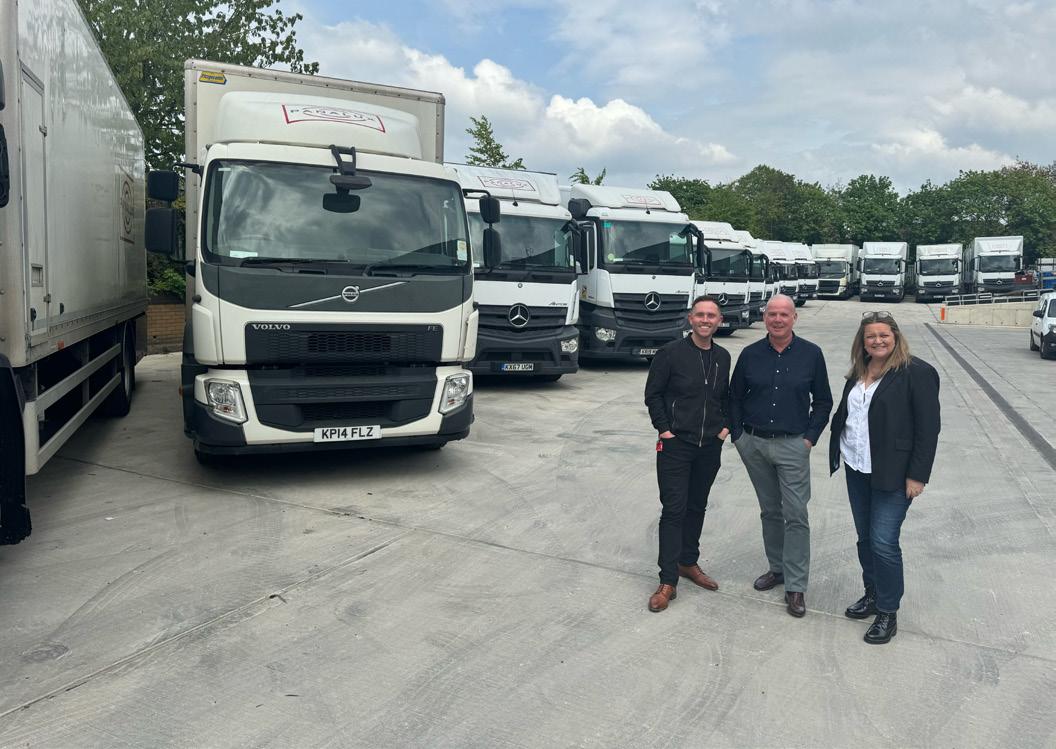



78 MAY/JUNE 2024 CINEMATOGRAPHY WORLD
Corey Searles, cables dept supervisor


27/6 - 3pm - 7pm followed by networking event
28/6 - 10am - 6pm followed by networking event 29/6 - 10am - 2.30pm
Meet over 100 international exhibitors showcasing their latest products and services, giving you the unique opportunity to connect and check out the latest industry innovations.
View full exhibitor list at eurocineexpo.com/exhibitors
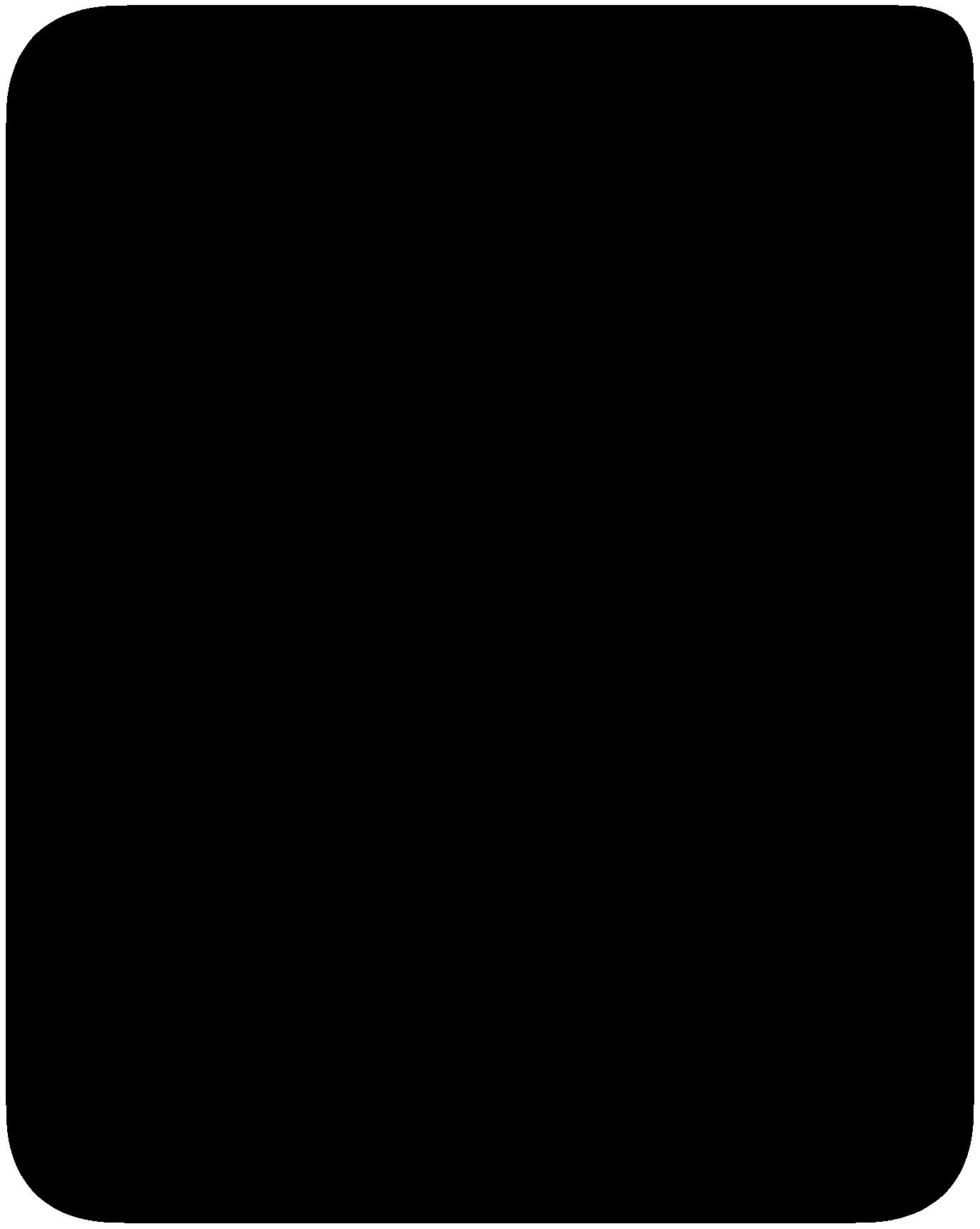

28/6 - 10am - 6.30pm
29/6 - 10am - 6.30pm
30+ sessions with international speakers, directors, actors, colourists, ga ers, grips, and cinematographers from more than 12 countries.

The latest technology, techniques and issues a ecting the industry.
View full programme eurocineexpo.com/ece-seminars-2024


+44 1428 609 382 info@eurocineexpo.com 2024 EUROCINEEXPO.COM REGISTER NOW TO JOIN THE WORLD OF FILM & TV 27-29 JUNE 2024 THIS MONTH IN MUNICH - FREE TO ATTEND! Expo and Symposium FREE to attend...Register Now...Expo and Symposium FREE to attend...Register Now...
SYMPOSIUM
28-29 JUNE
EXPO 27-29 JUNE @EuroCineExpo @eurocineexpo_ X @eurocineexpo4822
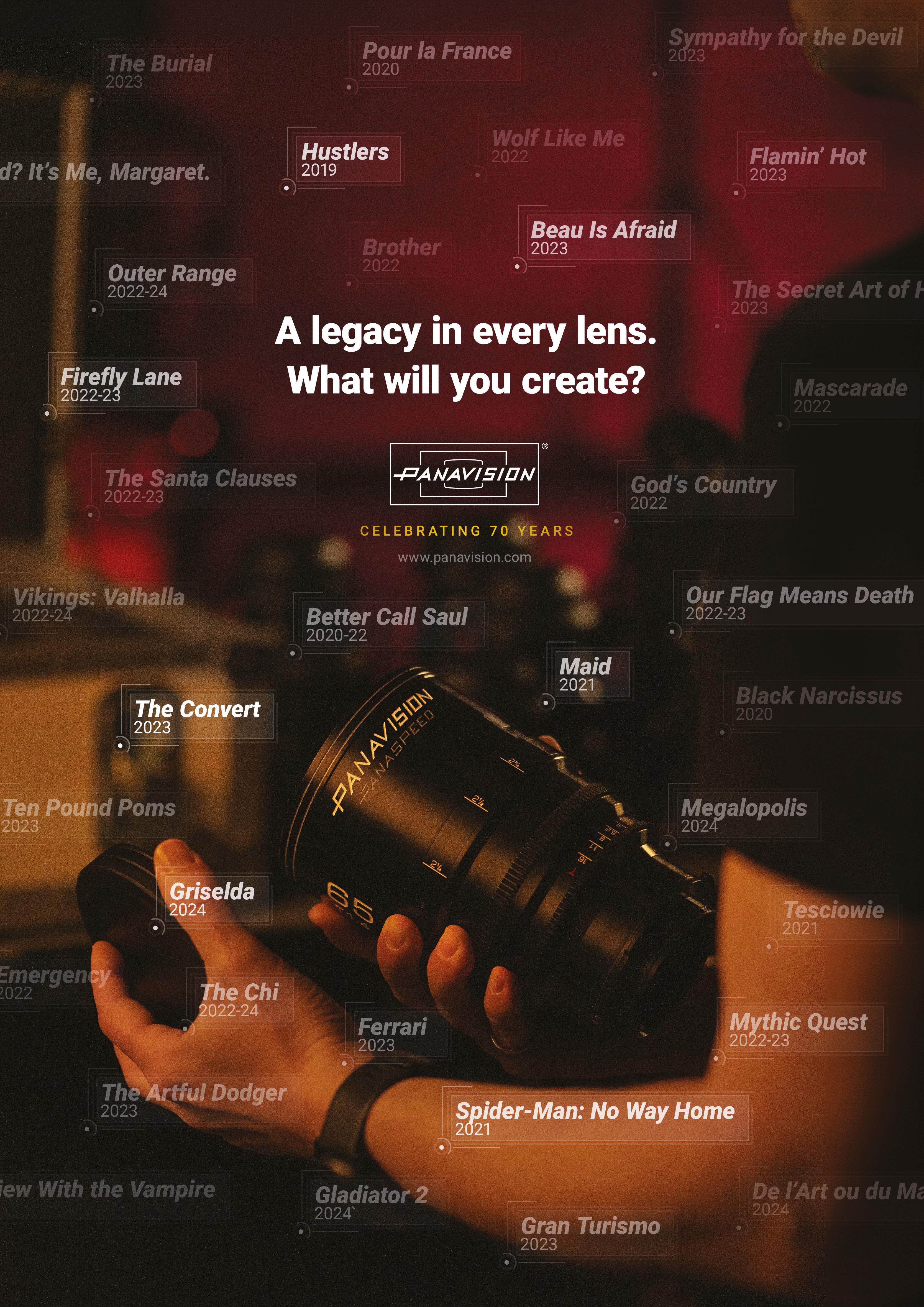




















 Cover Image: Andrew Scott as Tom Ripley in Ripley, directed by Steve Zaillian, shot by Robert Elswit ASC.
Cover Image: Andrew Scott as Tom Ripley in Ripley, directed by Steve Zaillian, shot by Robert Elswit ASC.












































































































































































































 Cooke, Creamsource, Fujifilm/Fujinon, Godox, Irix Lens, Laowa, Leitz, Moonlighting Industries, Nanlux, Newell, Panavision, Prolights, Sigma, Sony, Sumolight,
Sunbelt Rentals, The Studio-B&H, Vantage Film (Hawk), Xeen and Zeiss. www.camerimage.pl
Cooke, Creamsource, Fujifilm/Fujinon, Godox, Irix Lens, Laowa, Leitz, Moonlighting Industries, Nanlux, Newell, Panavision, Prolights, Sigma, Sony, Sumolight,
Sunbelt Rentals, The Studio-B&H, Vantage Film (Hawk), Xeen and Zeiss. www.camerimage.pl









































































































 Images: Justin Downing/Netflix.
Images: Justin Downing/Netflix.



























































